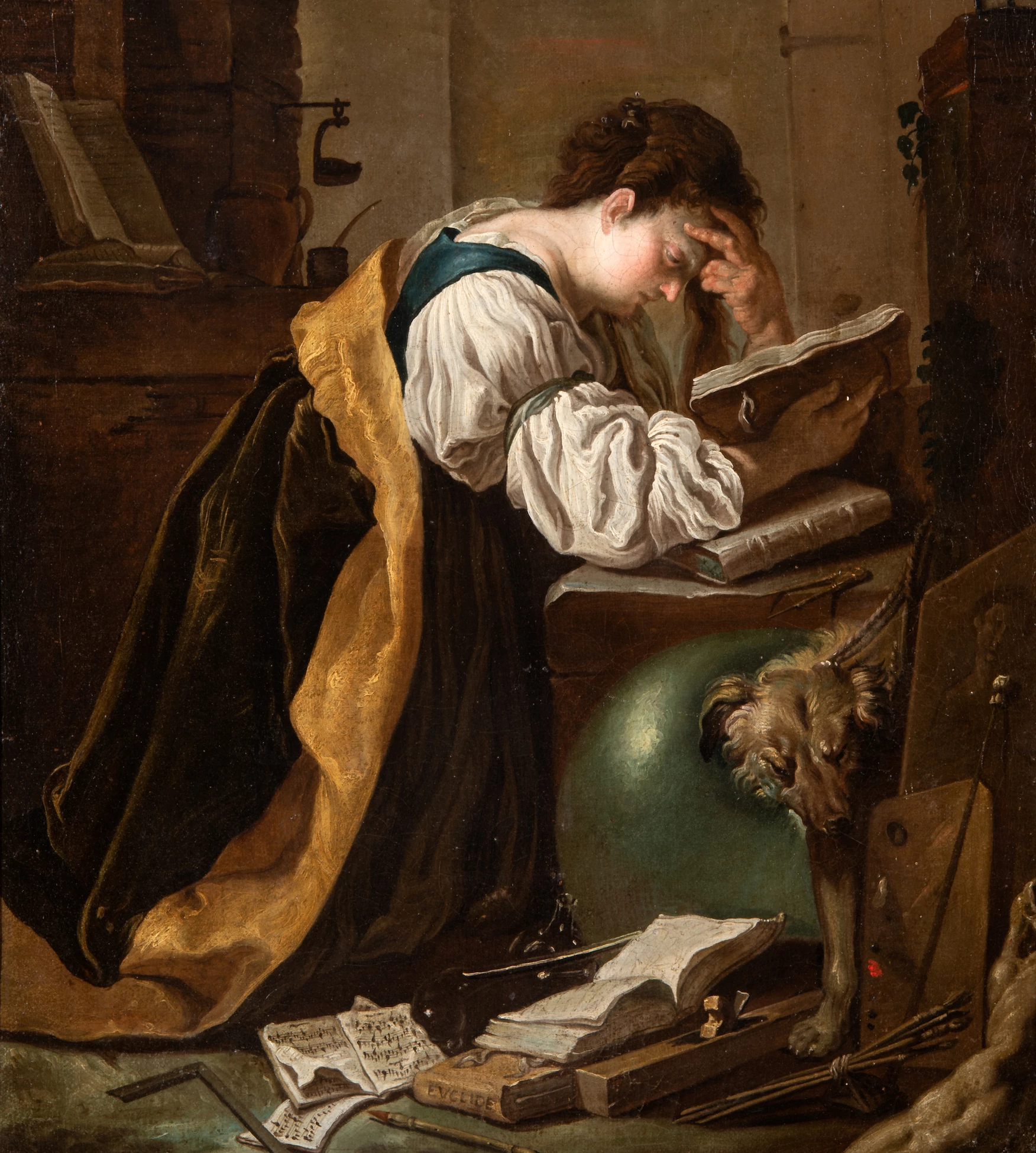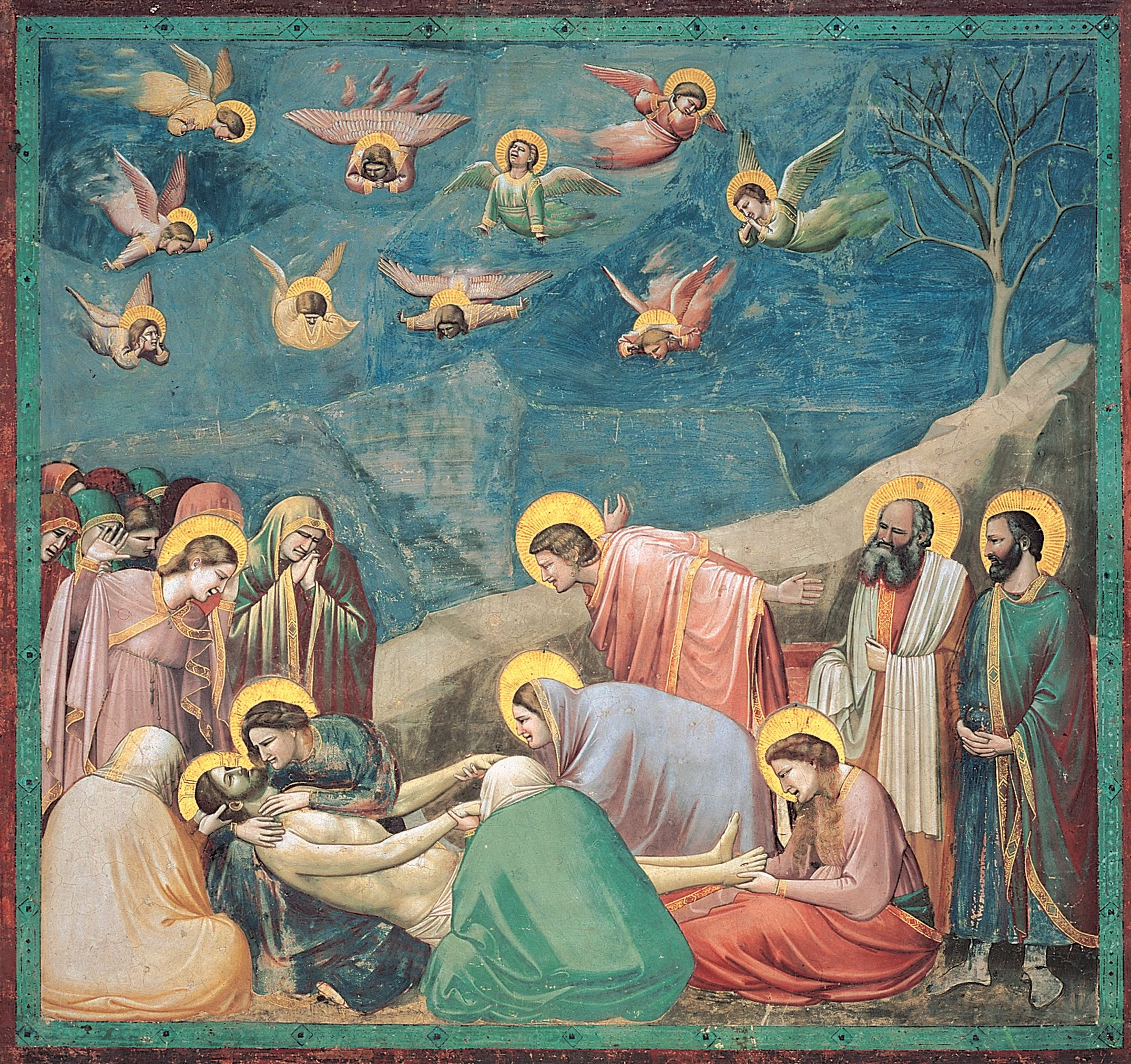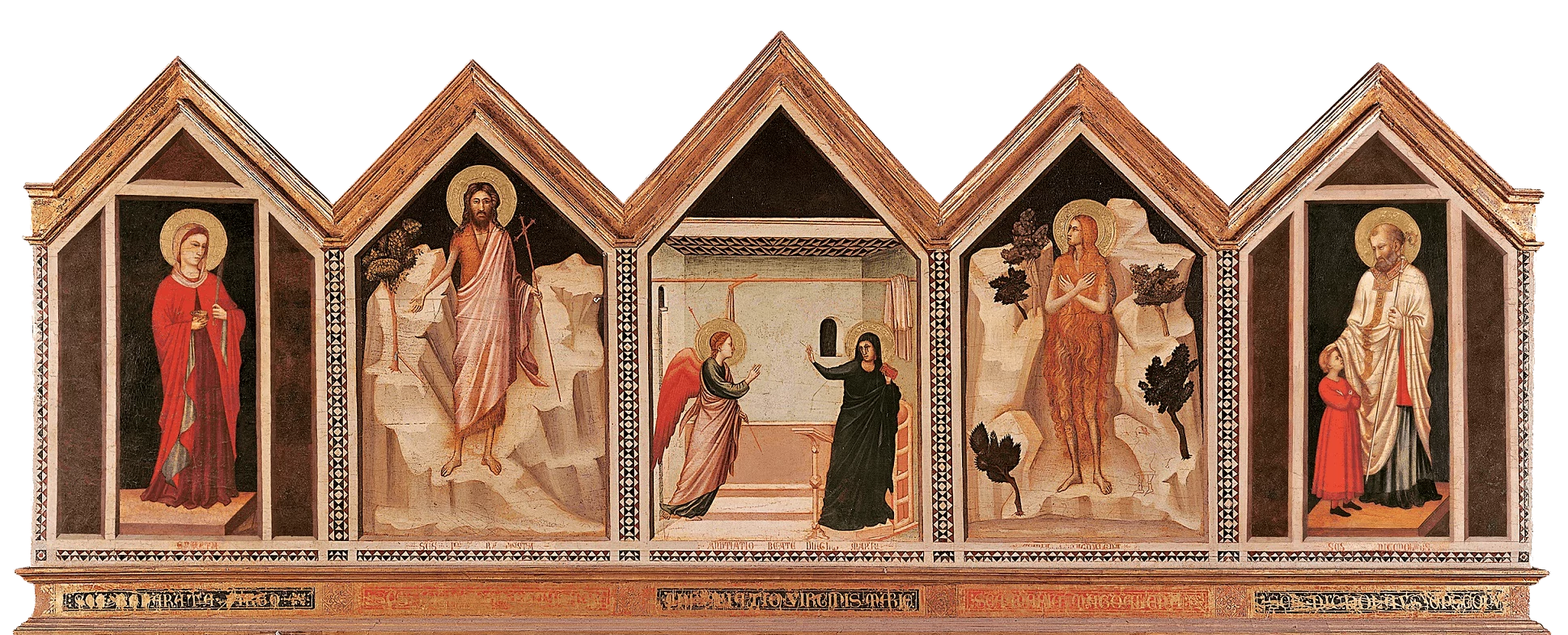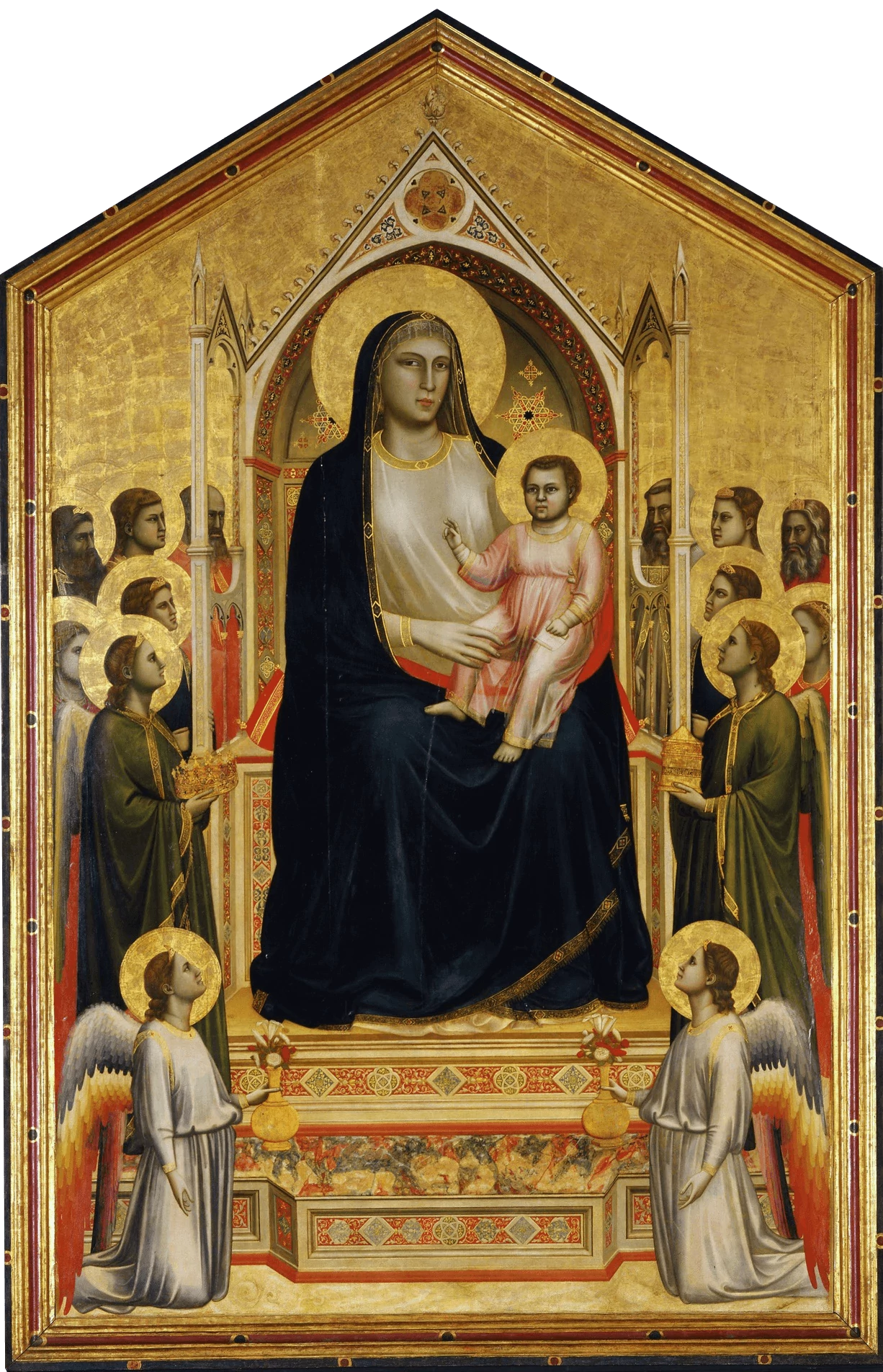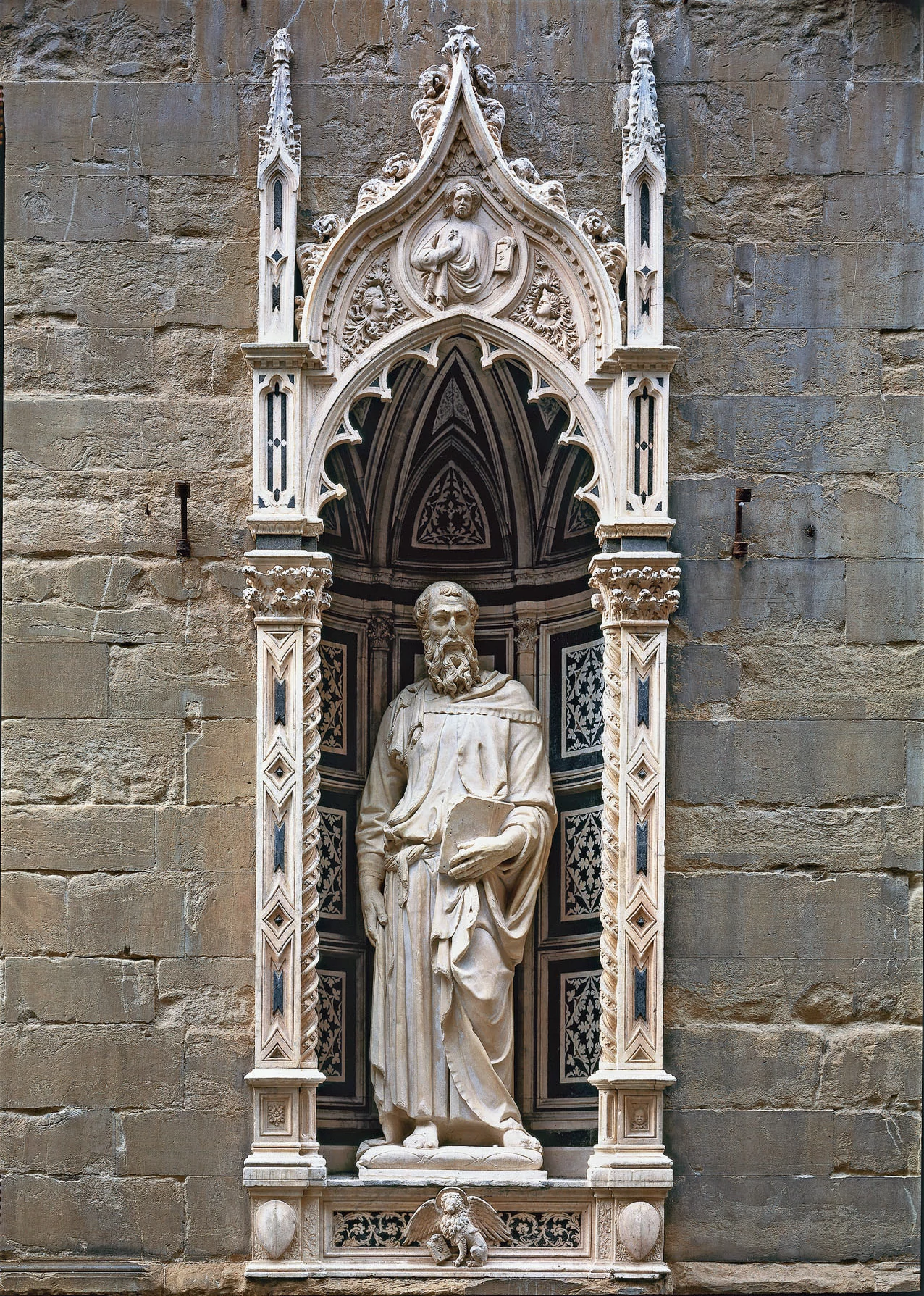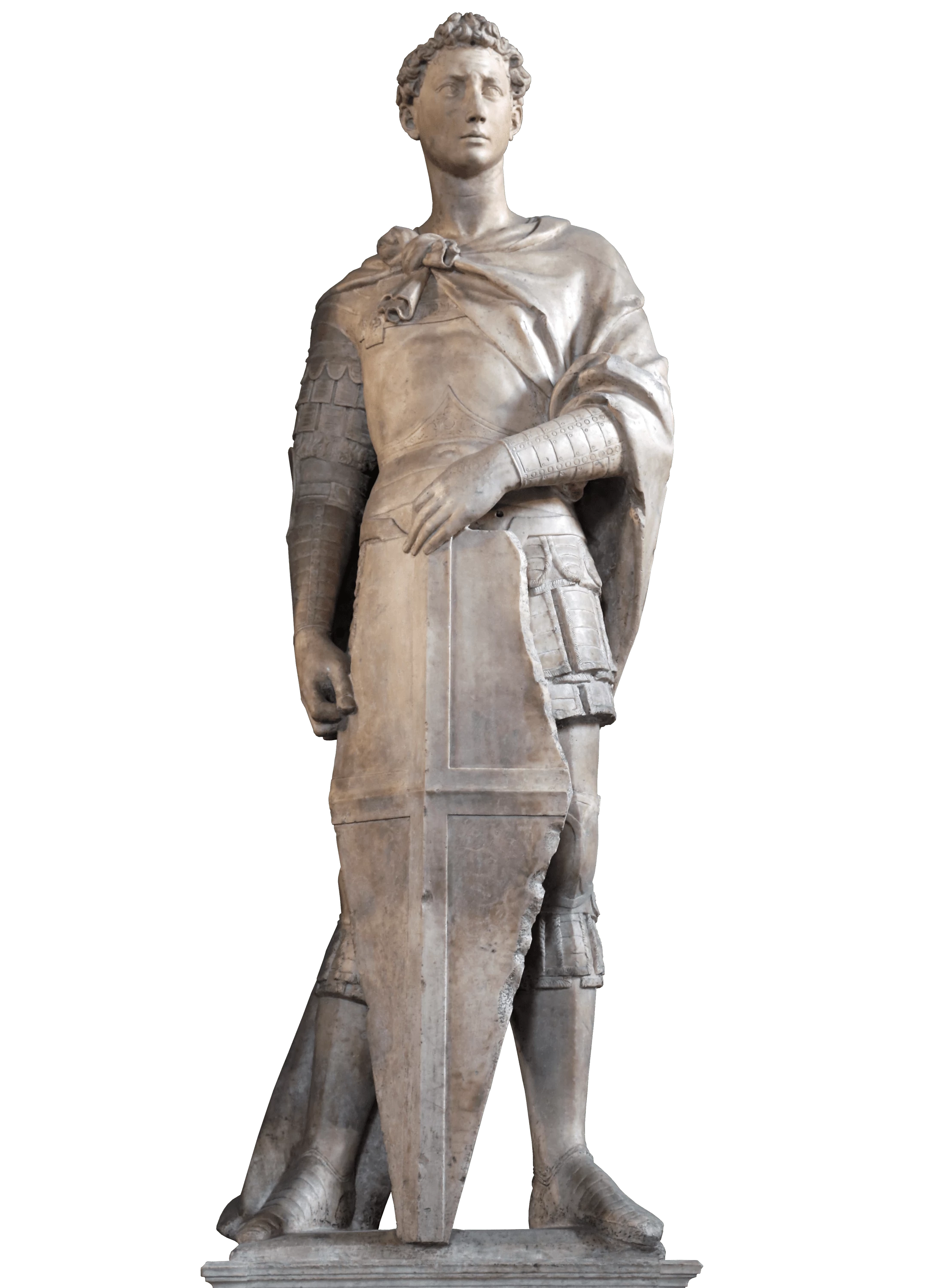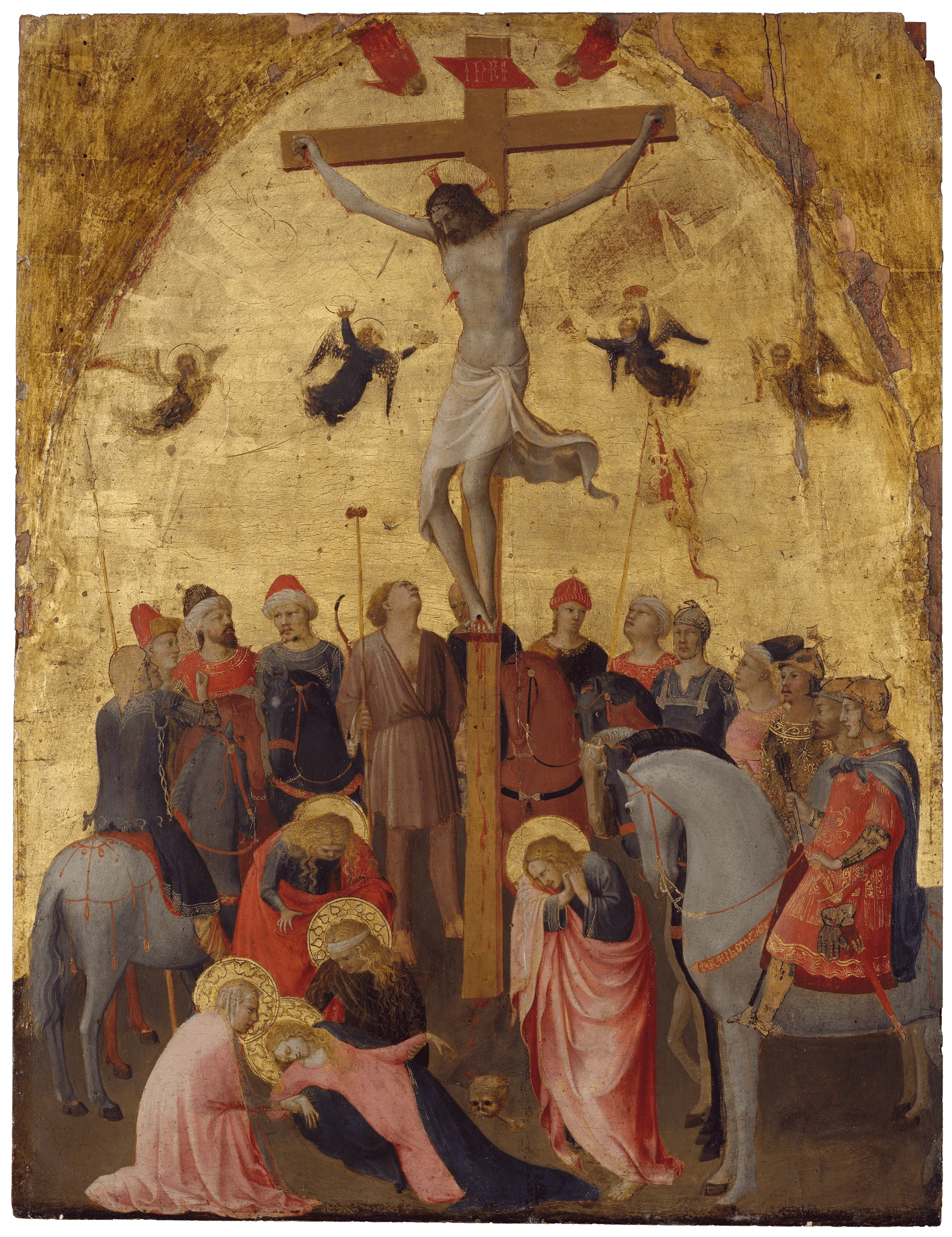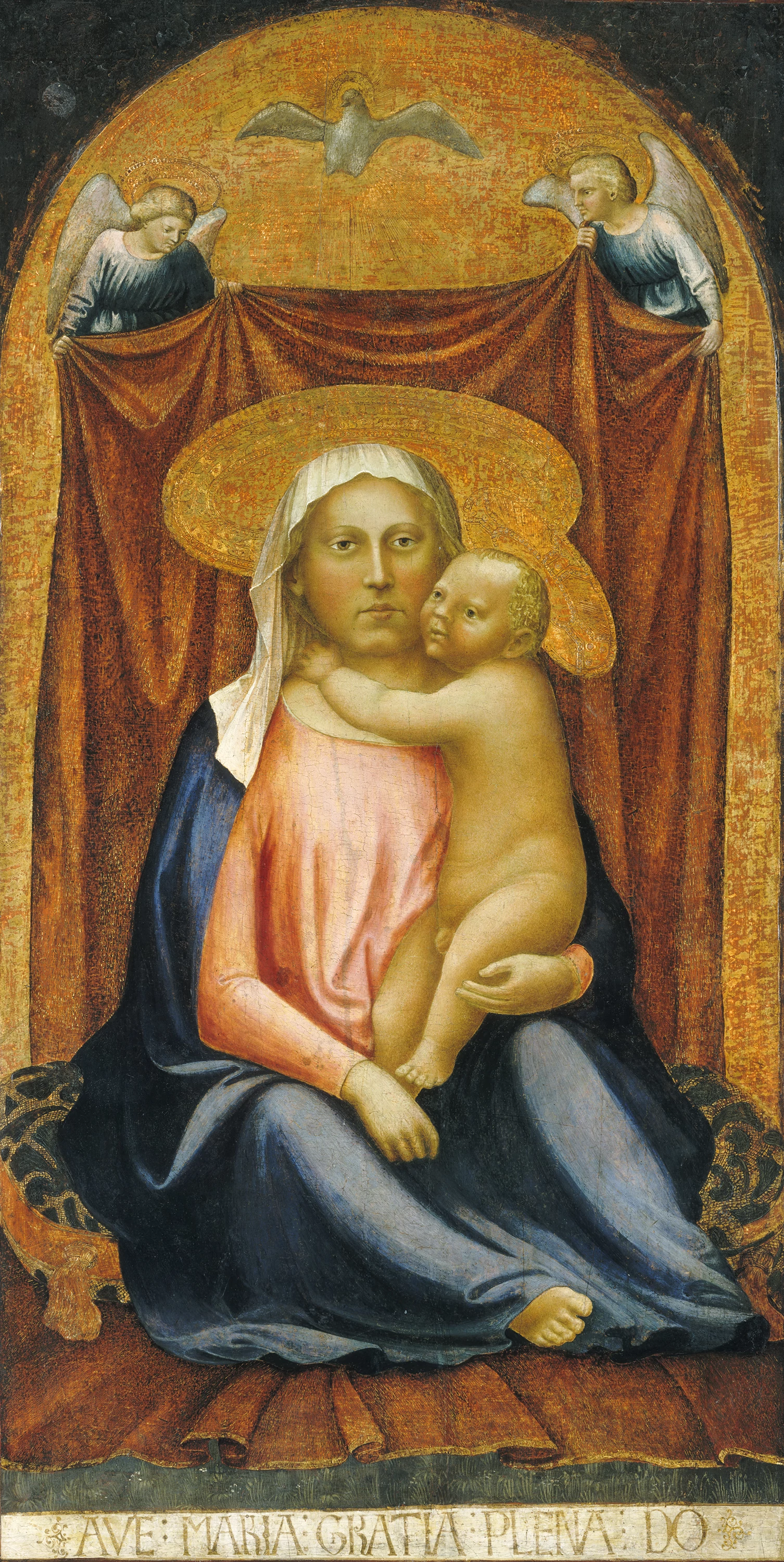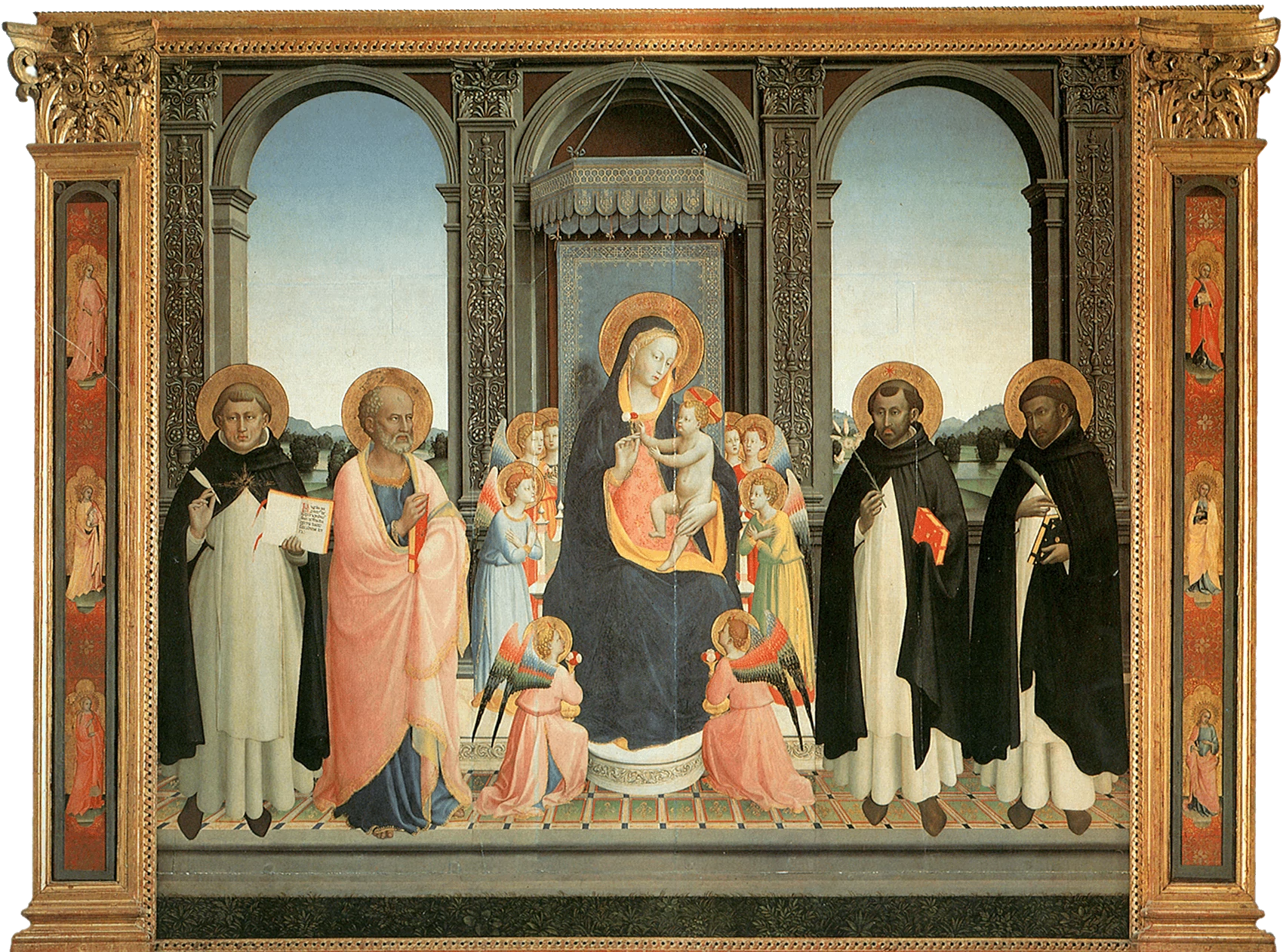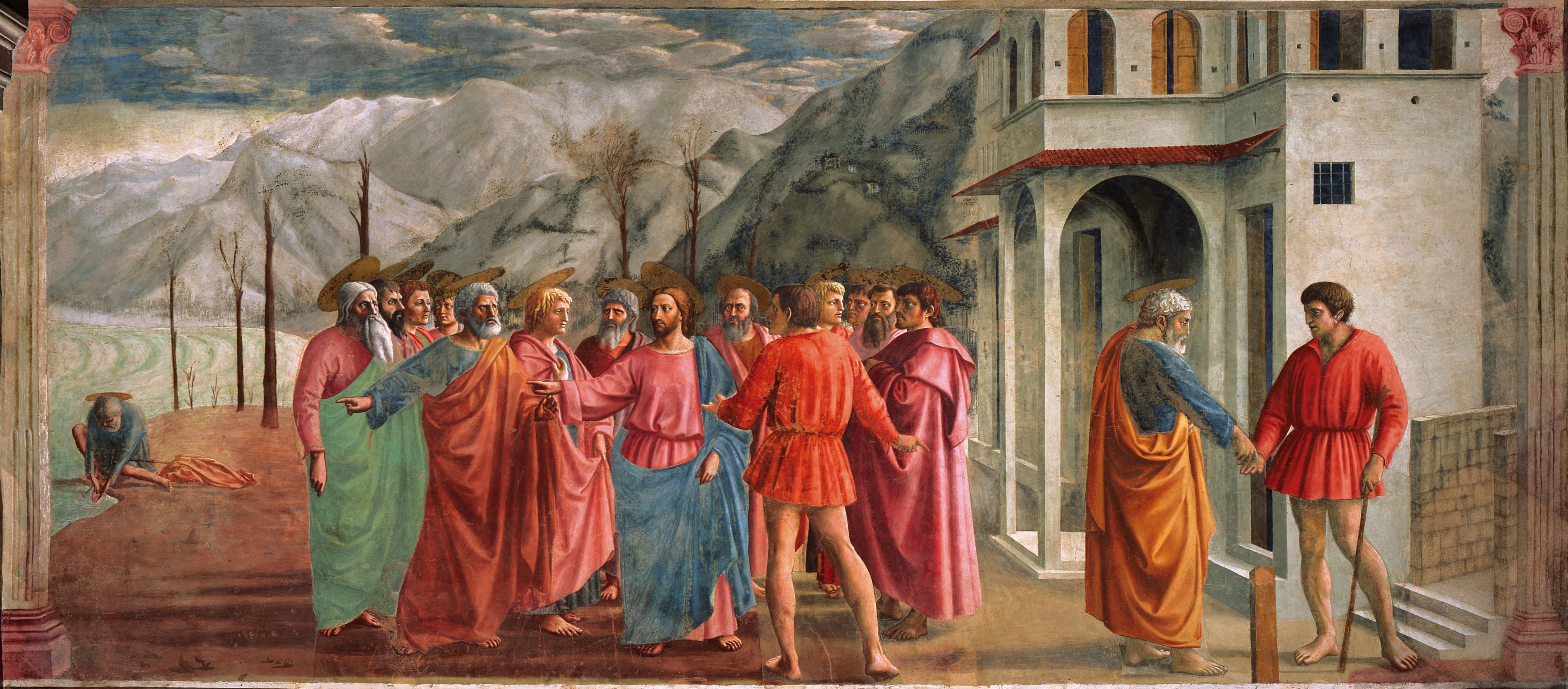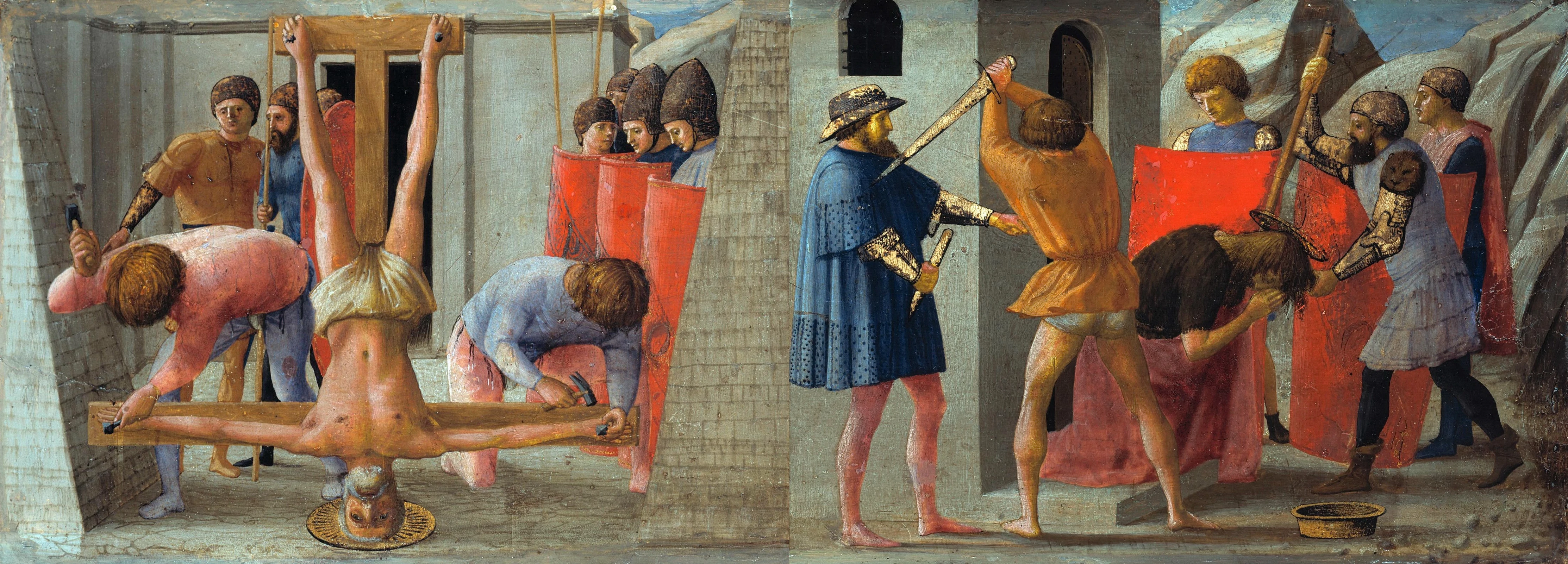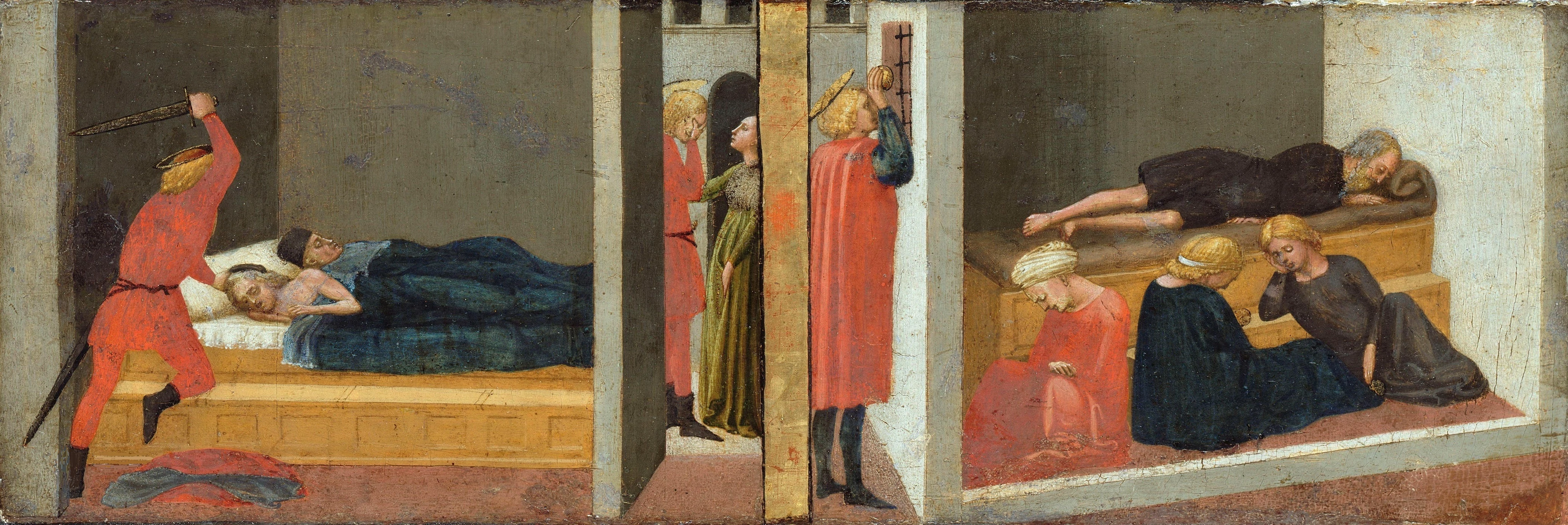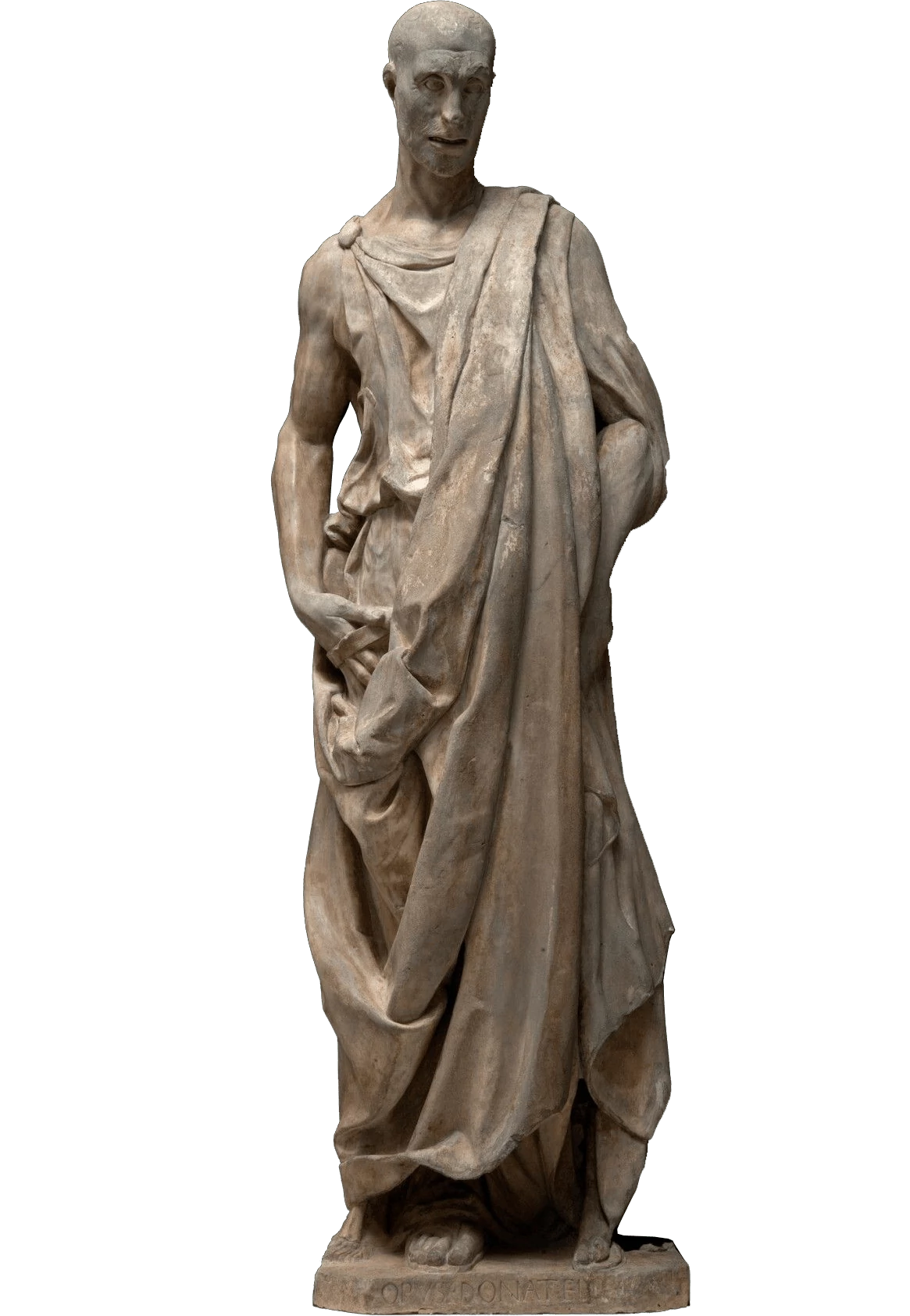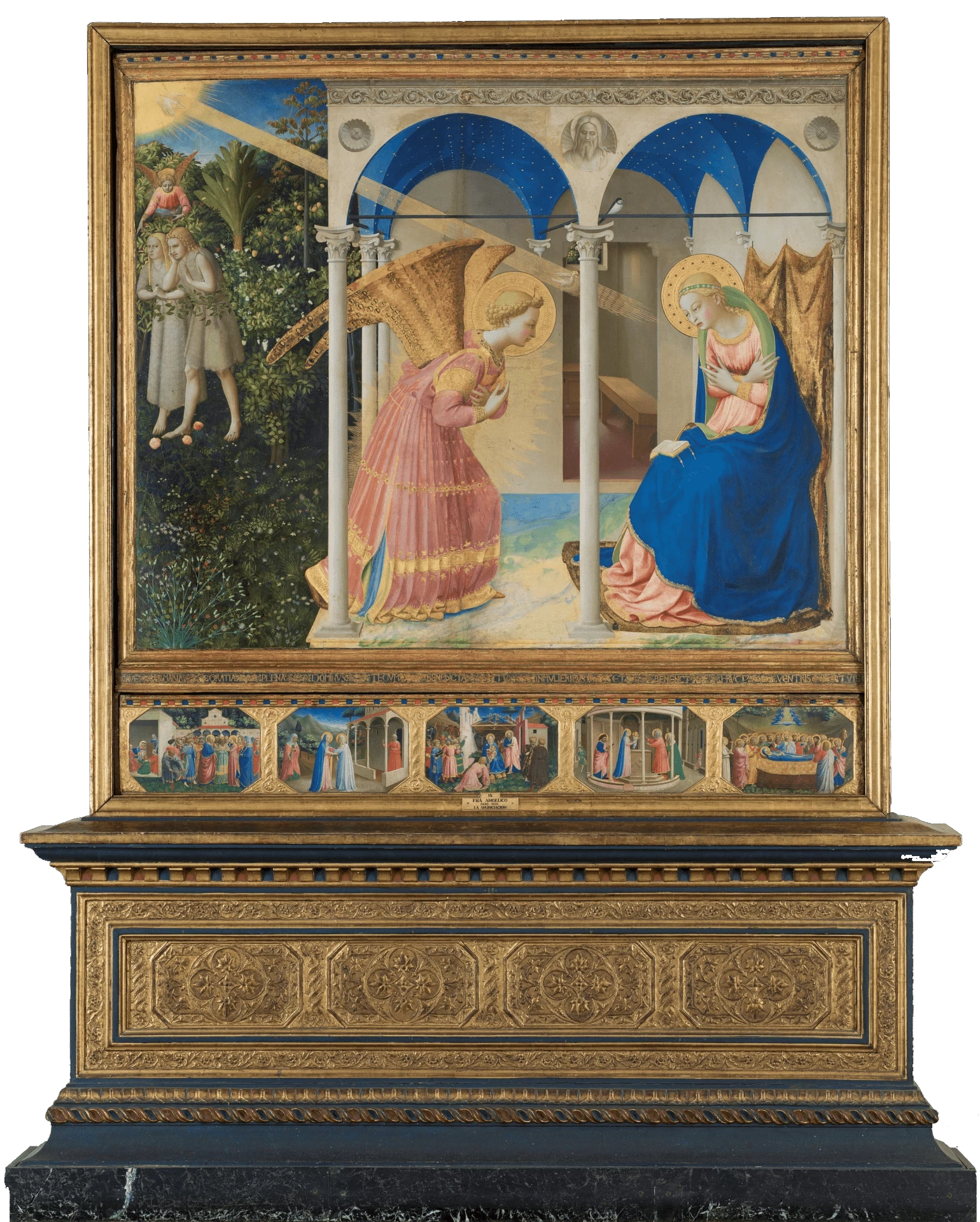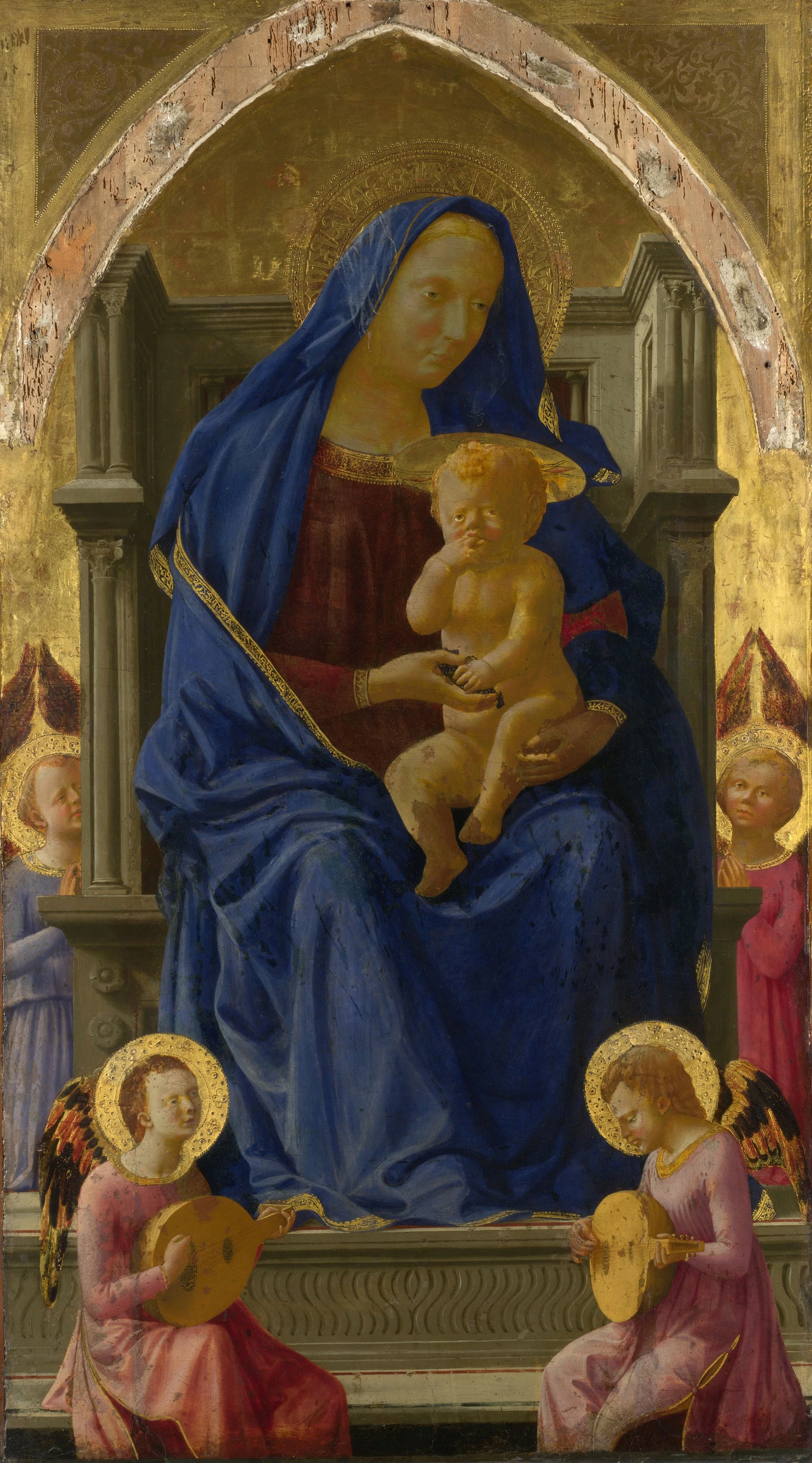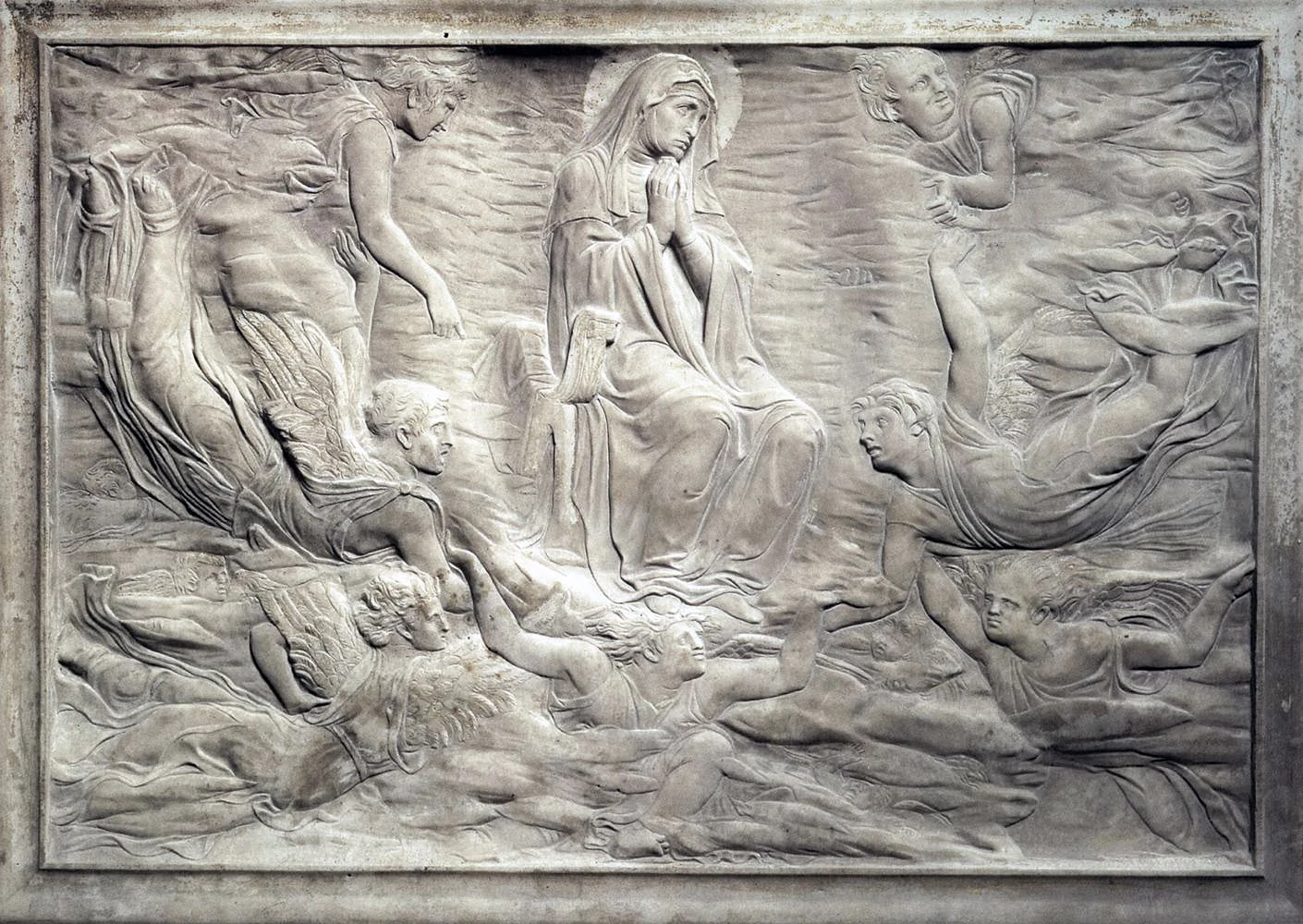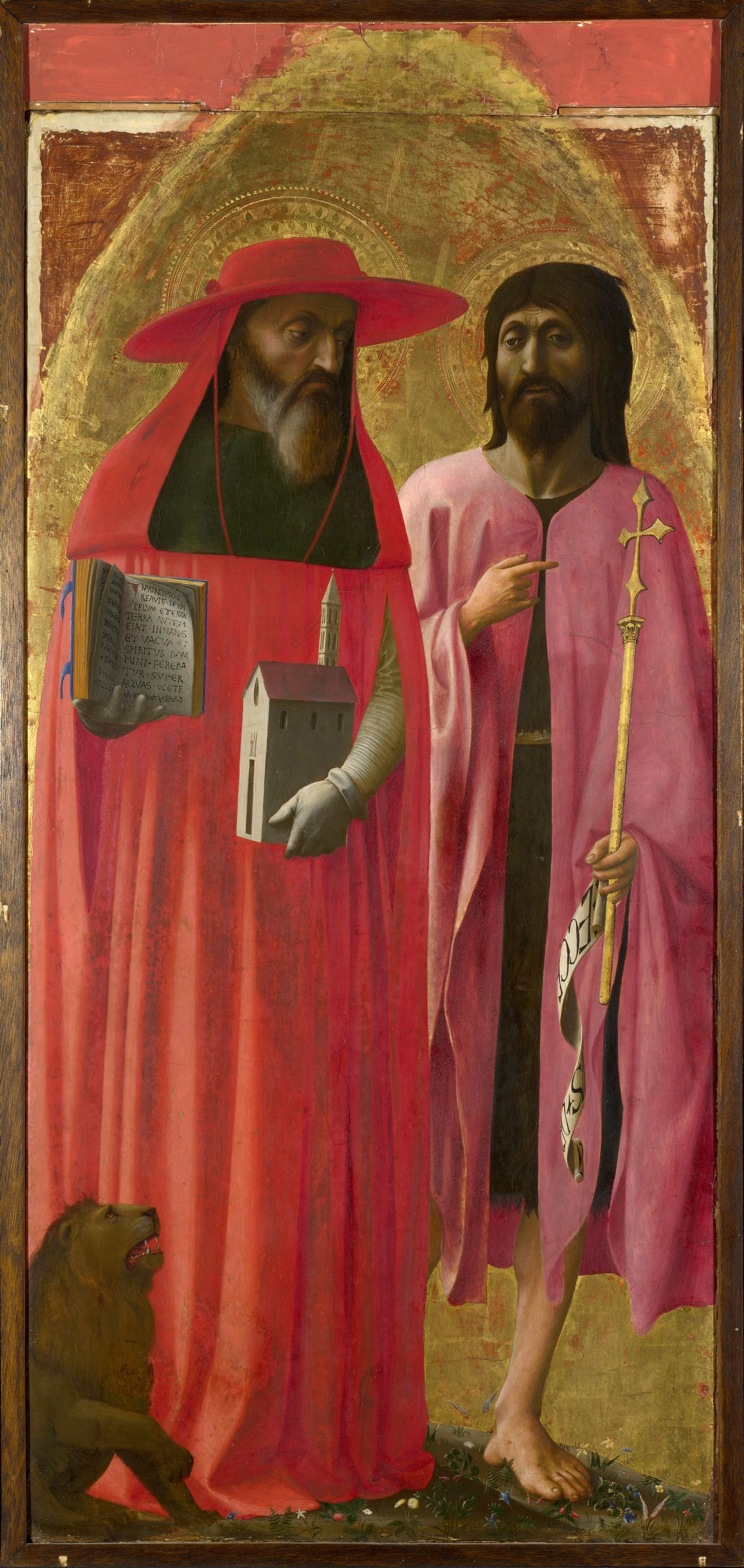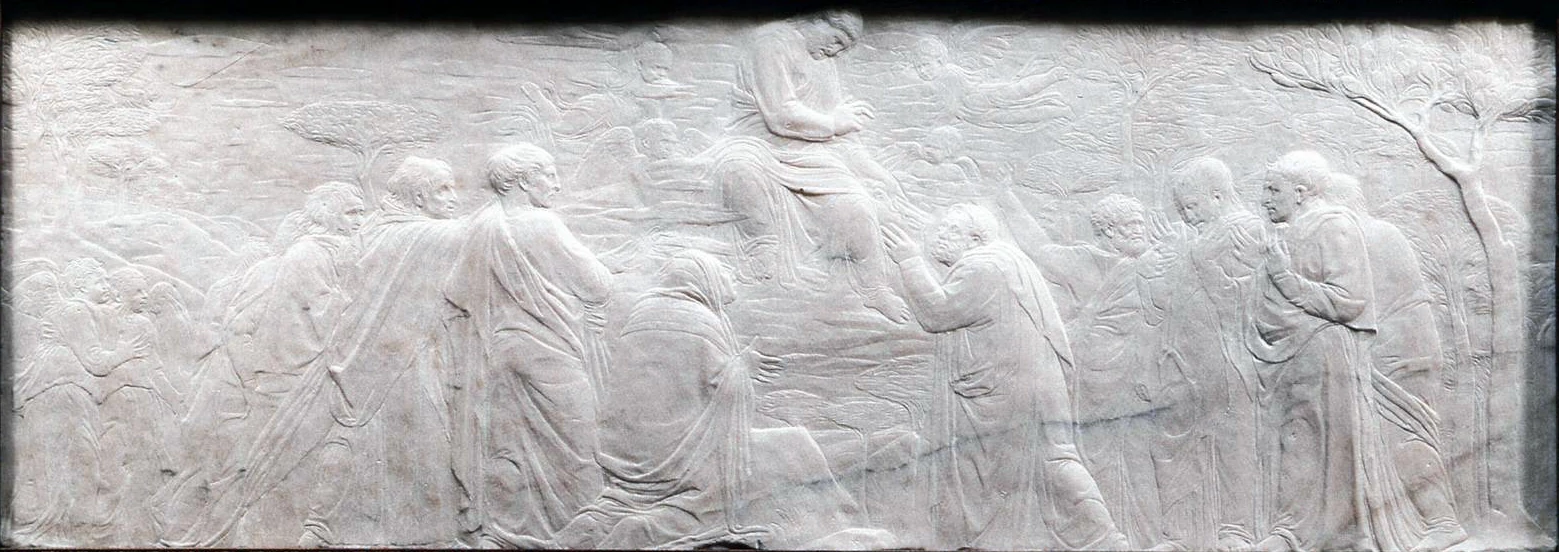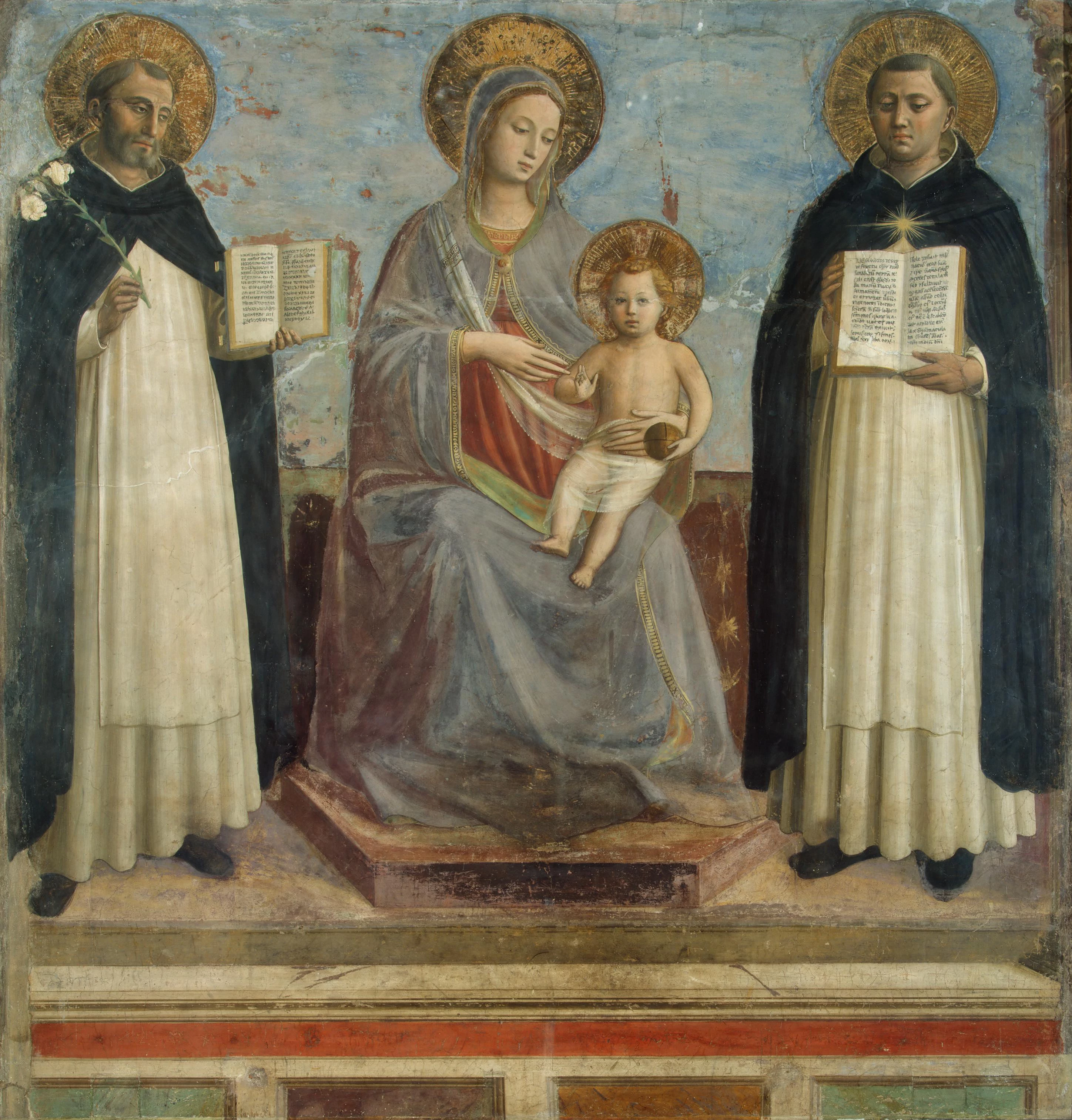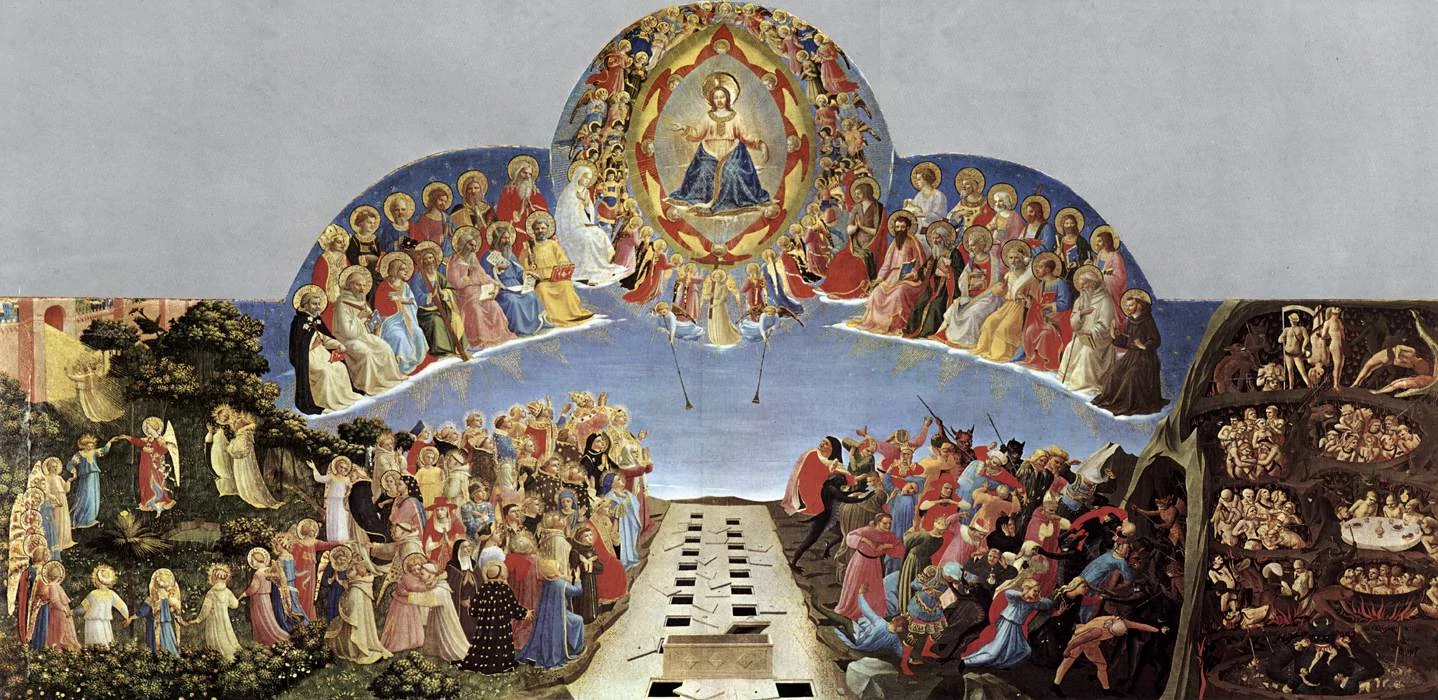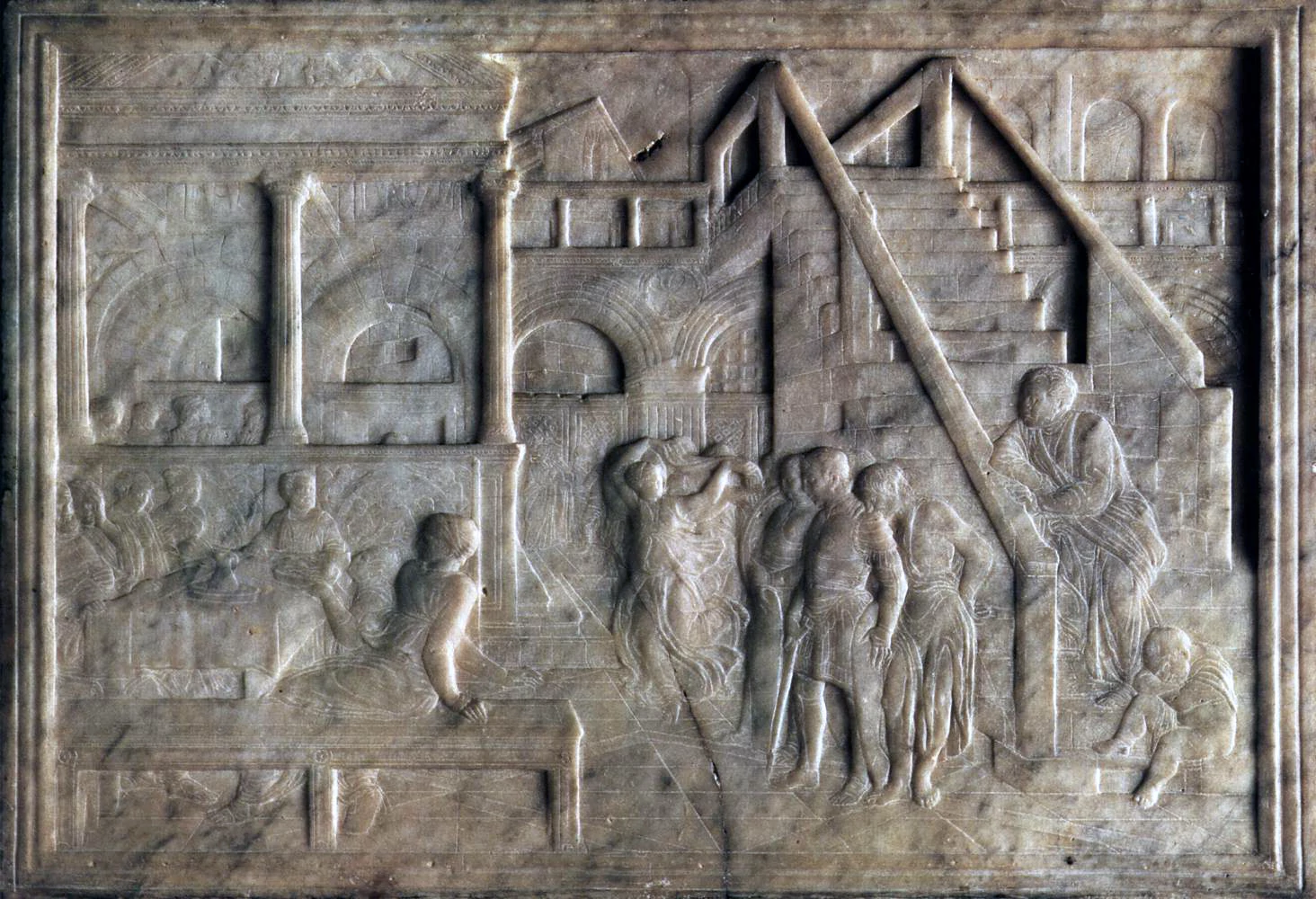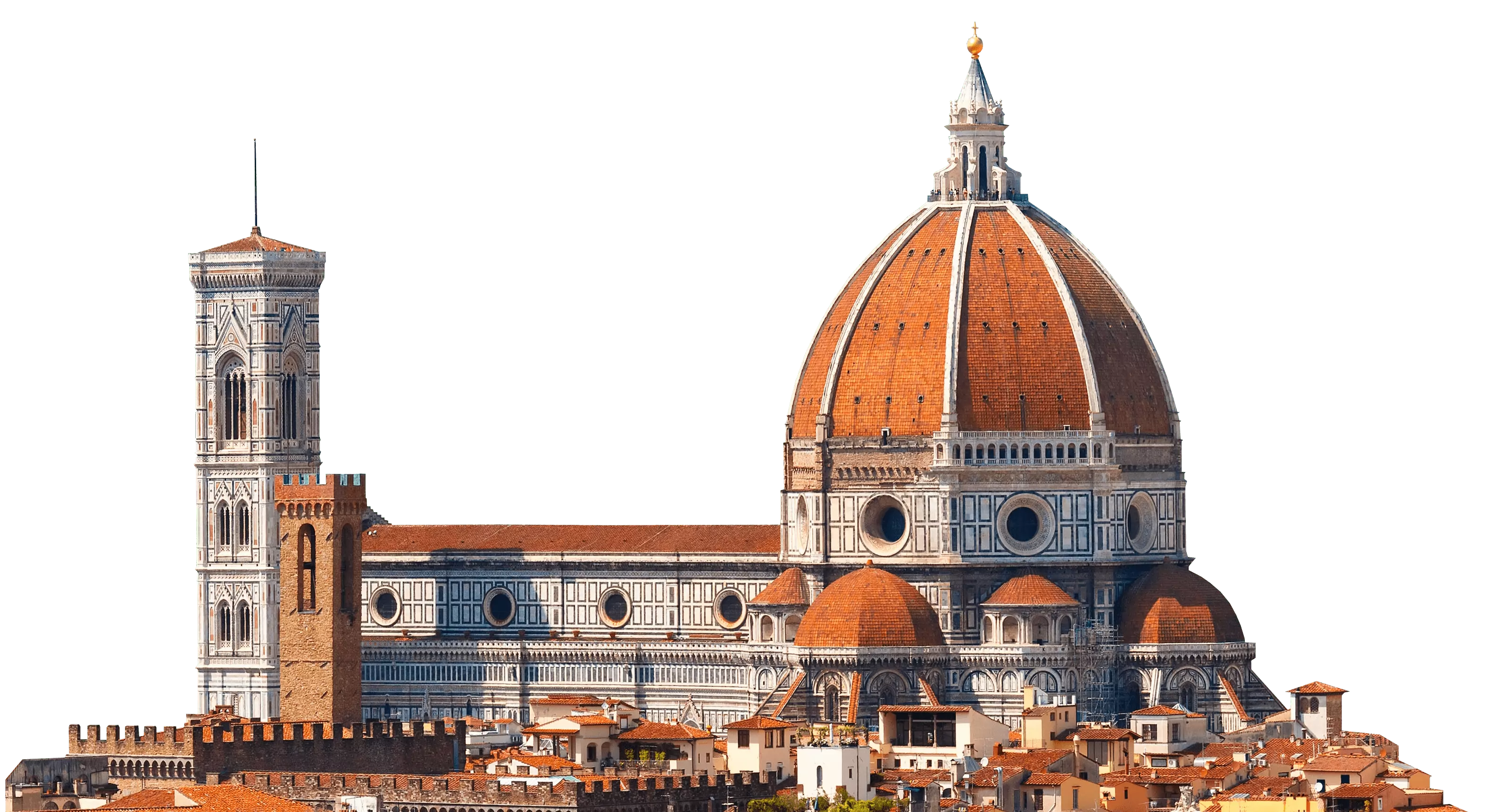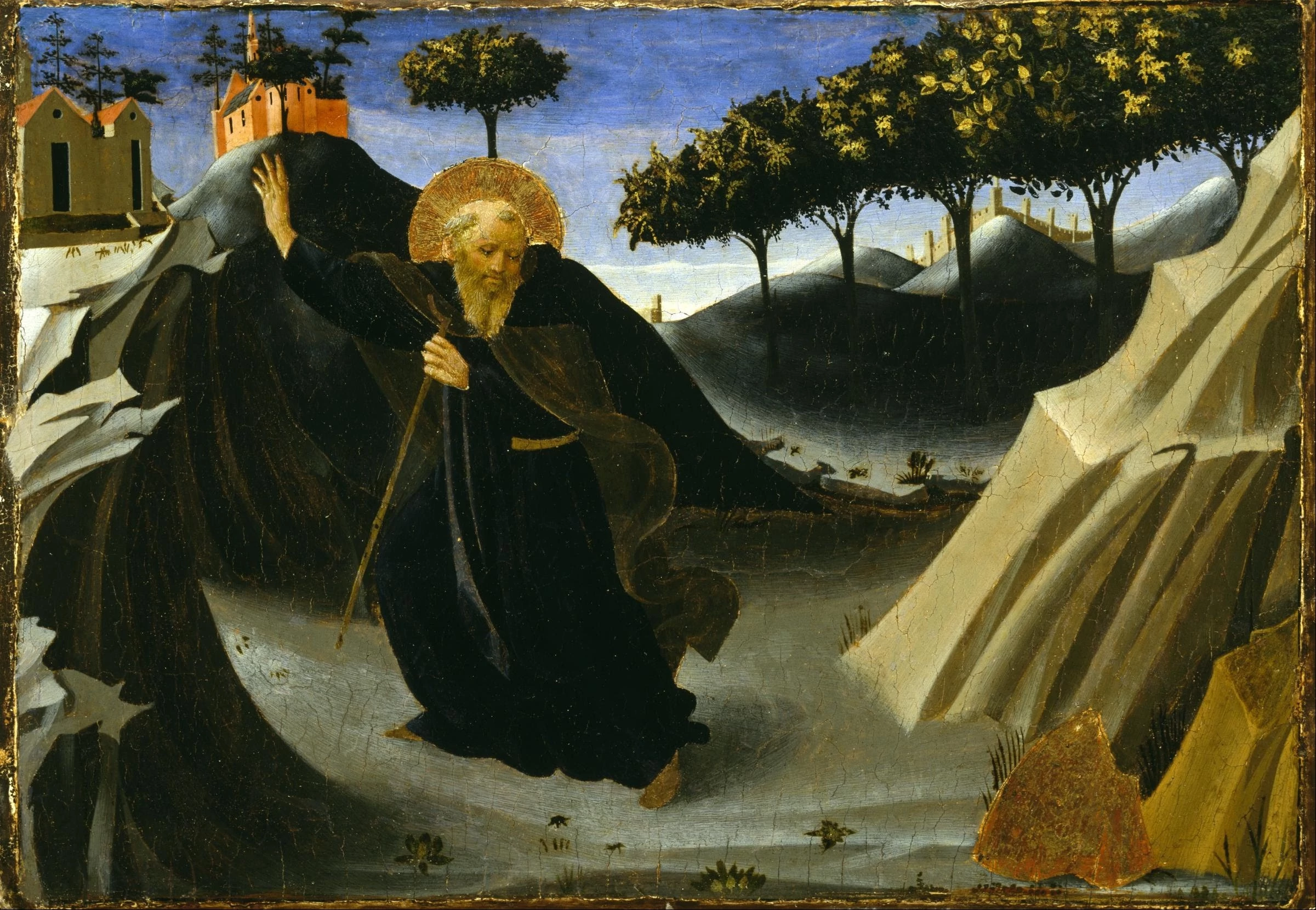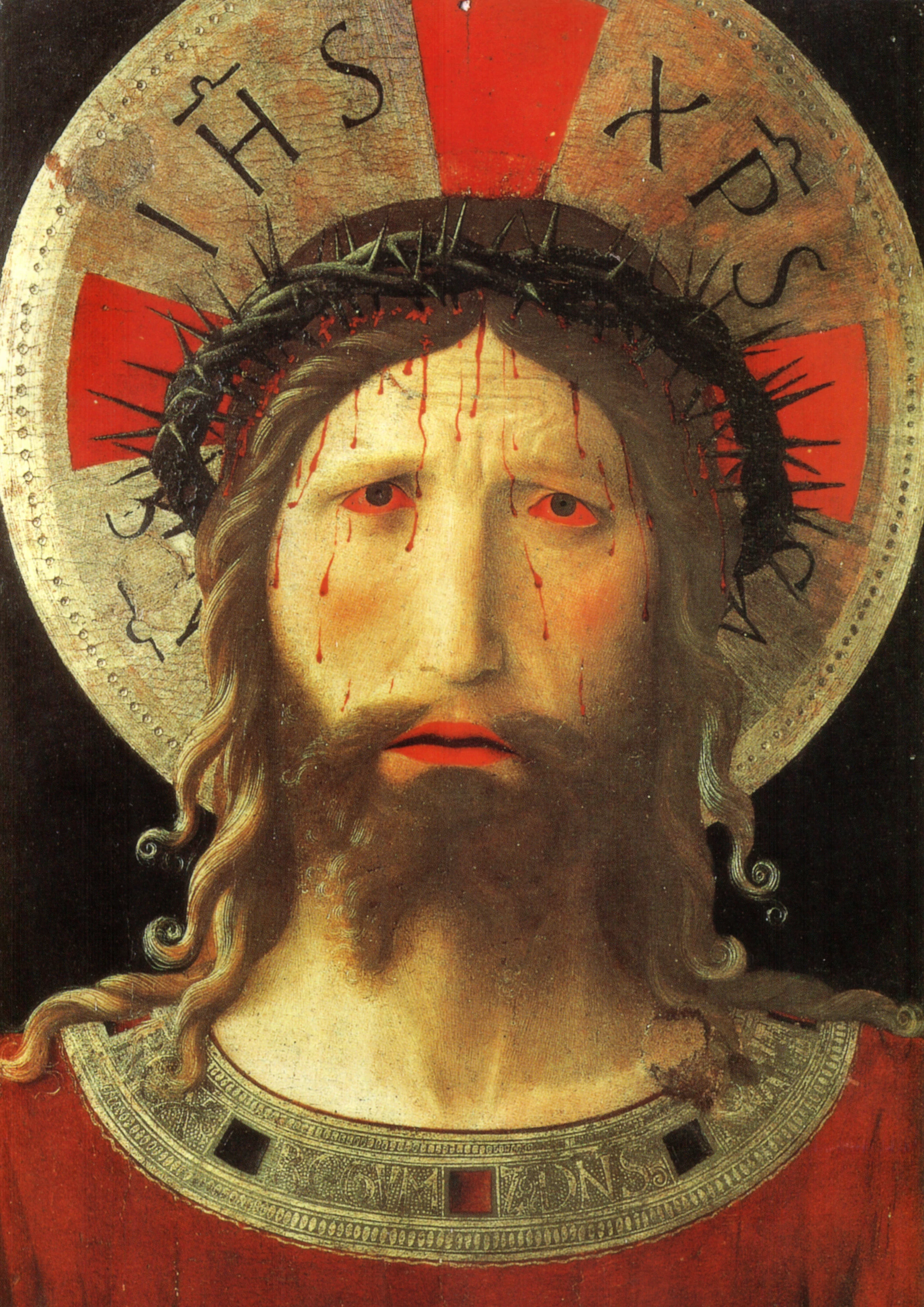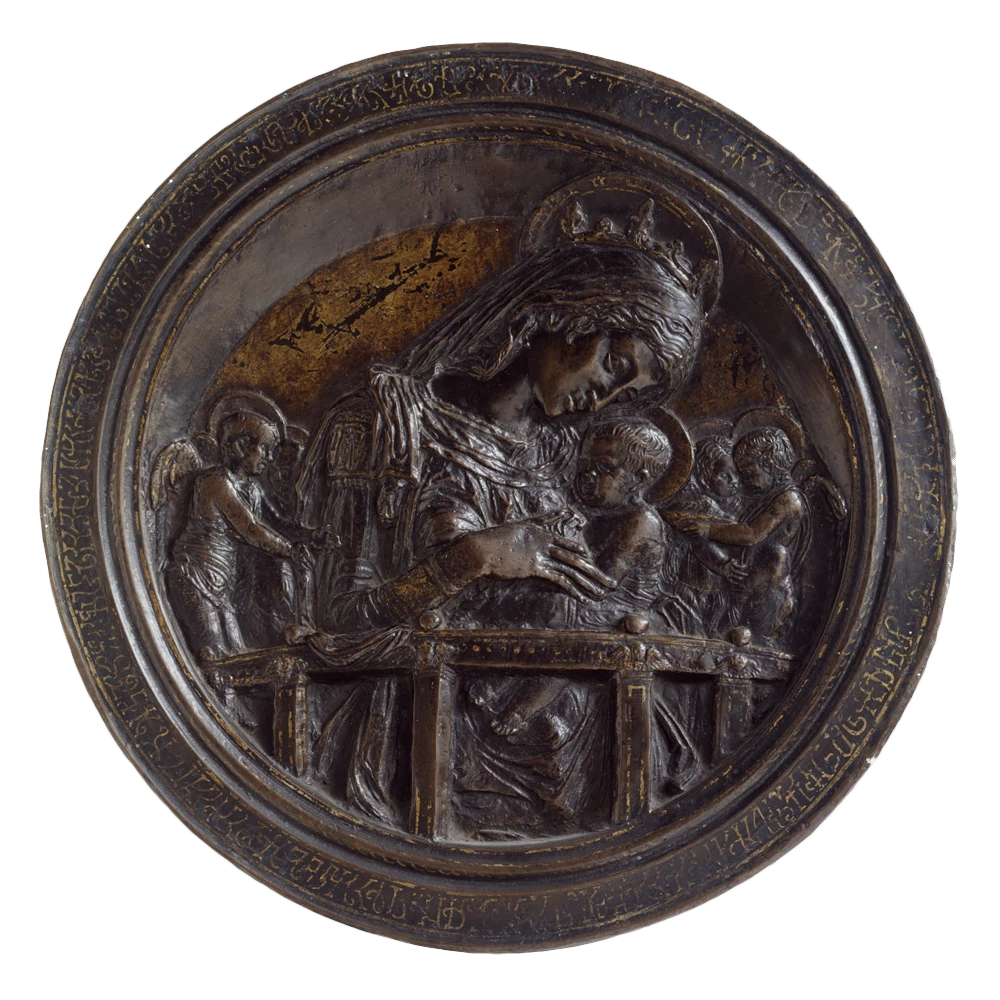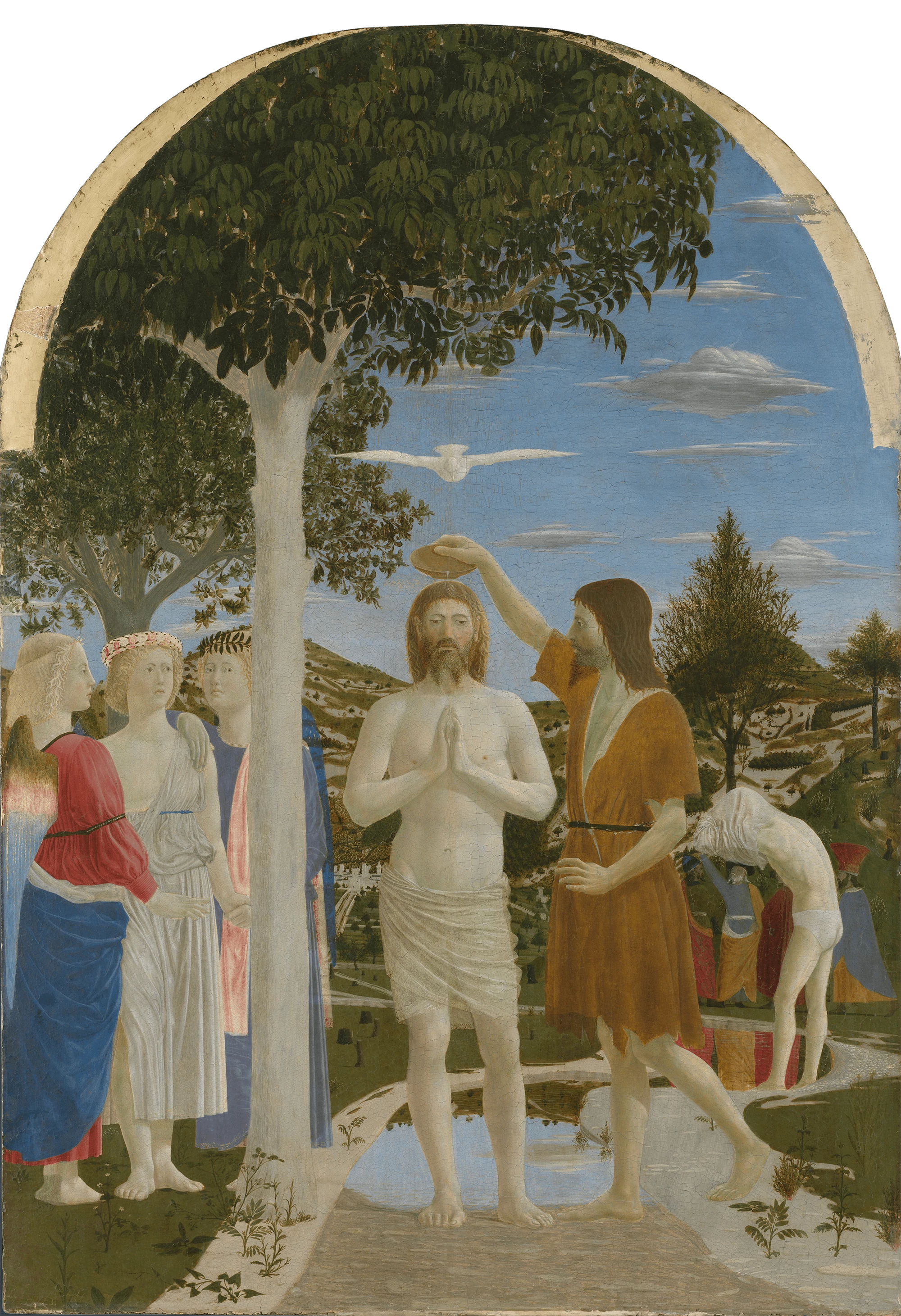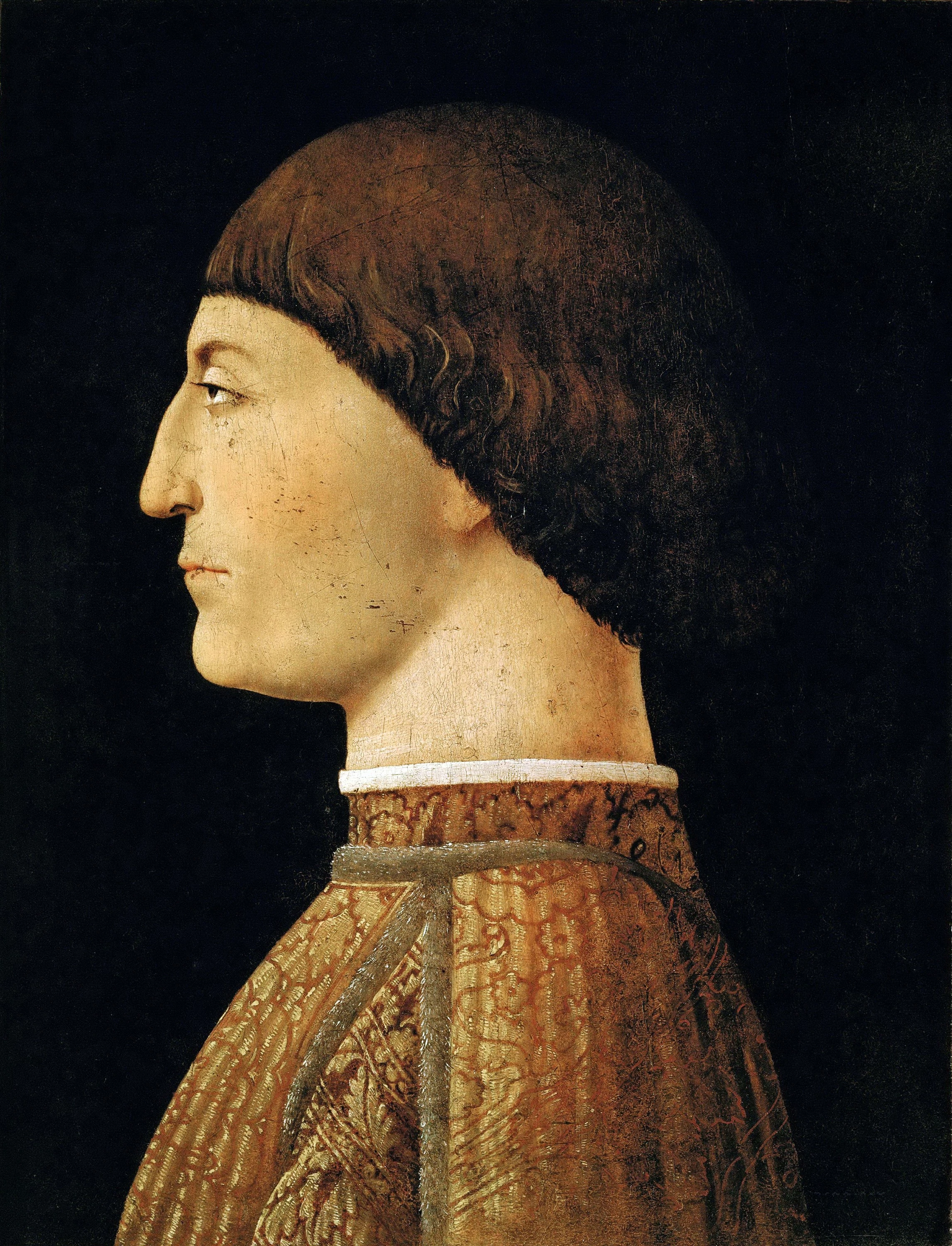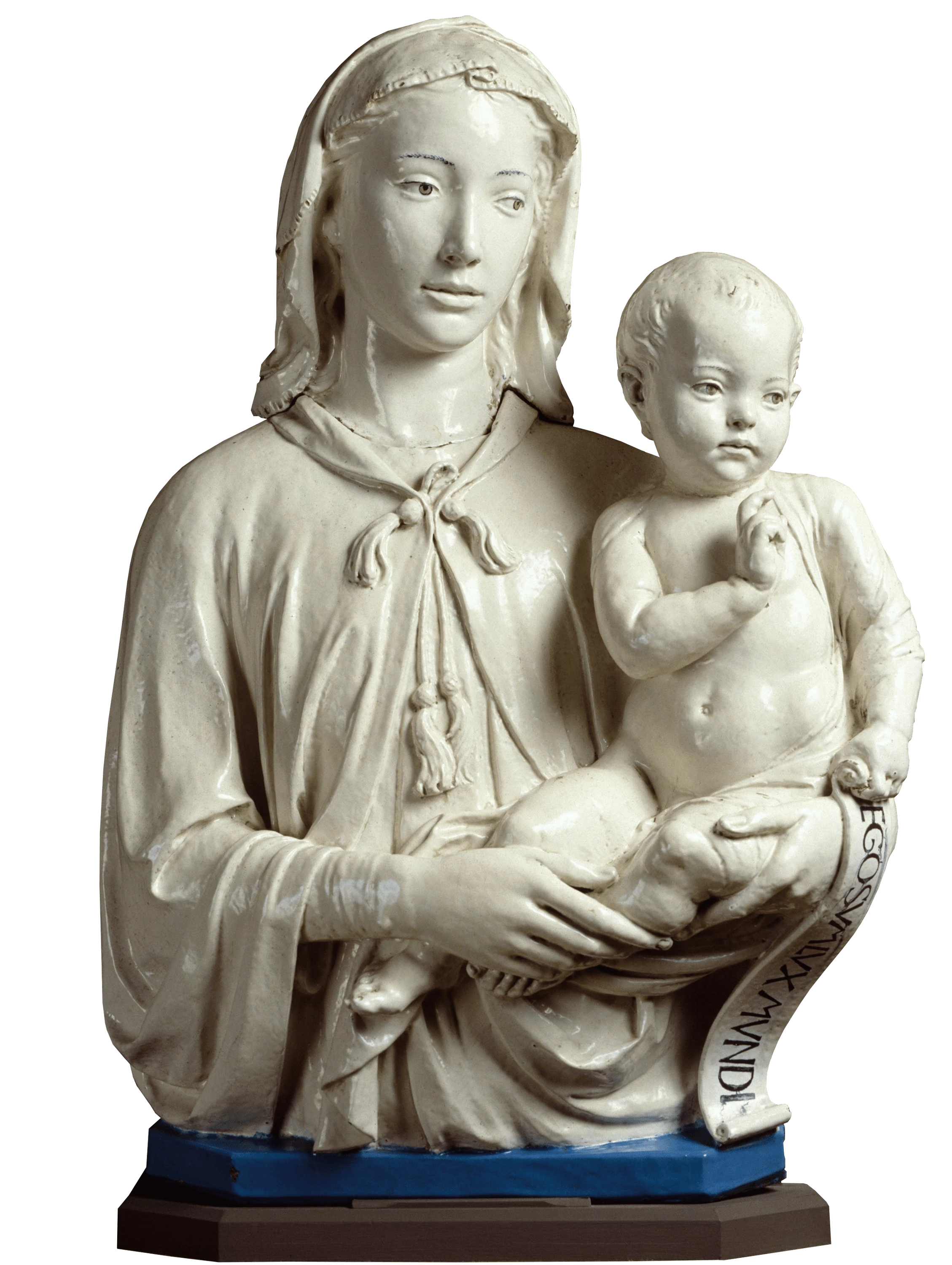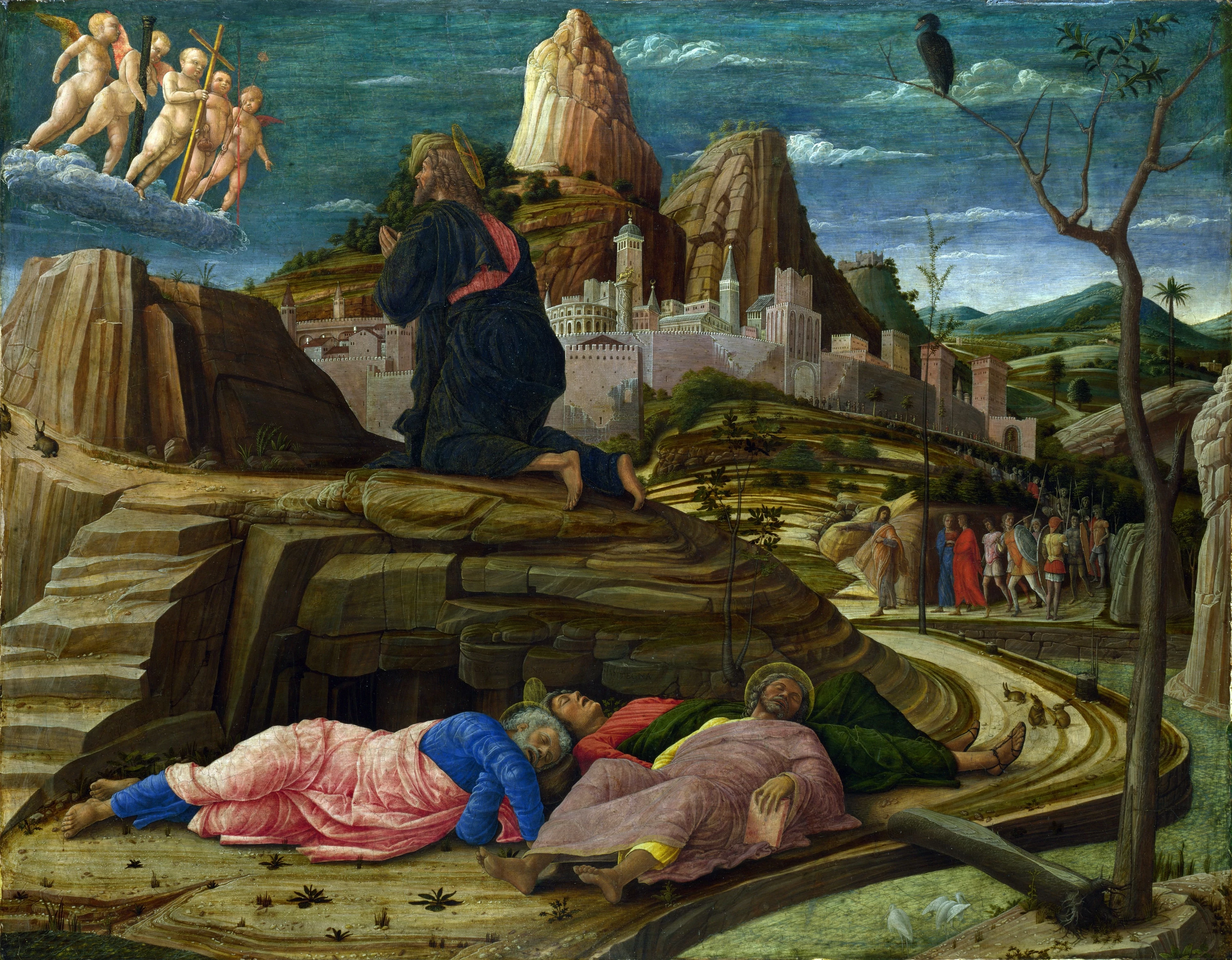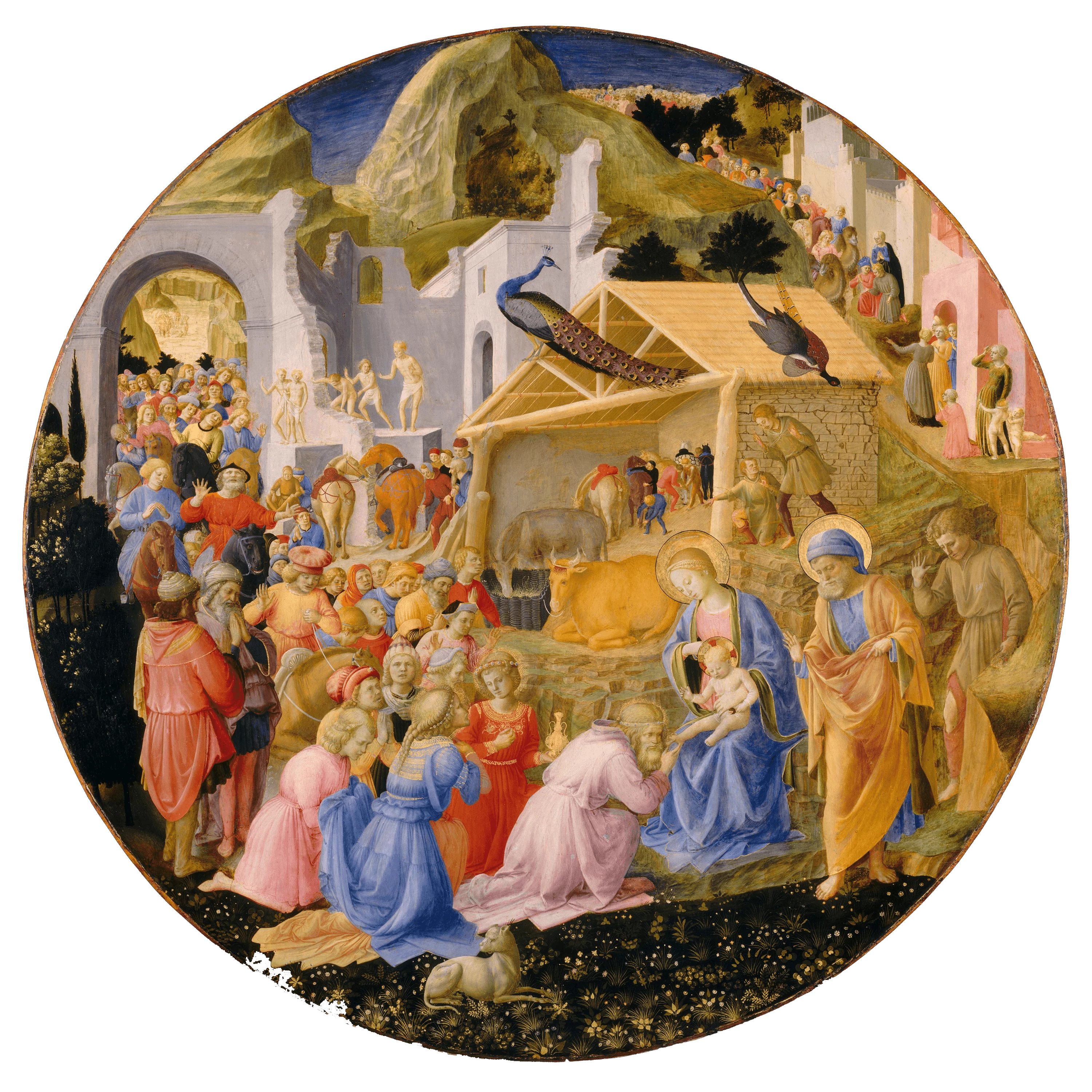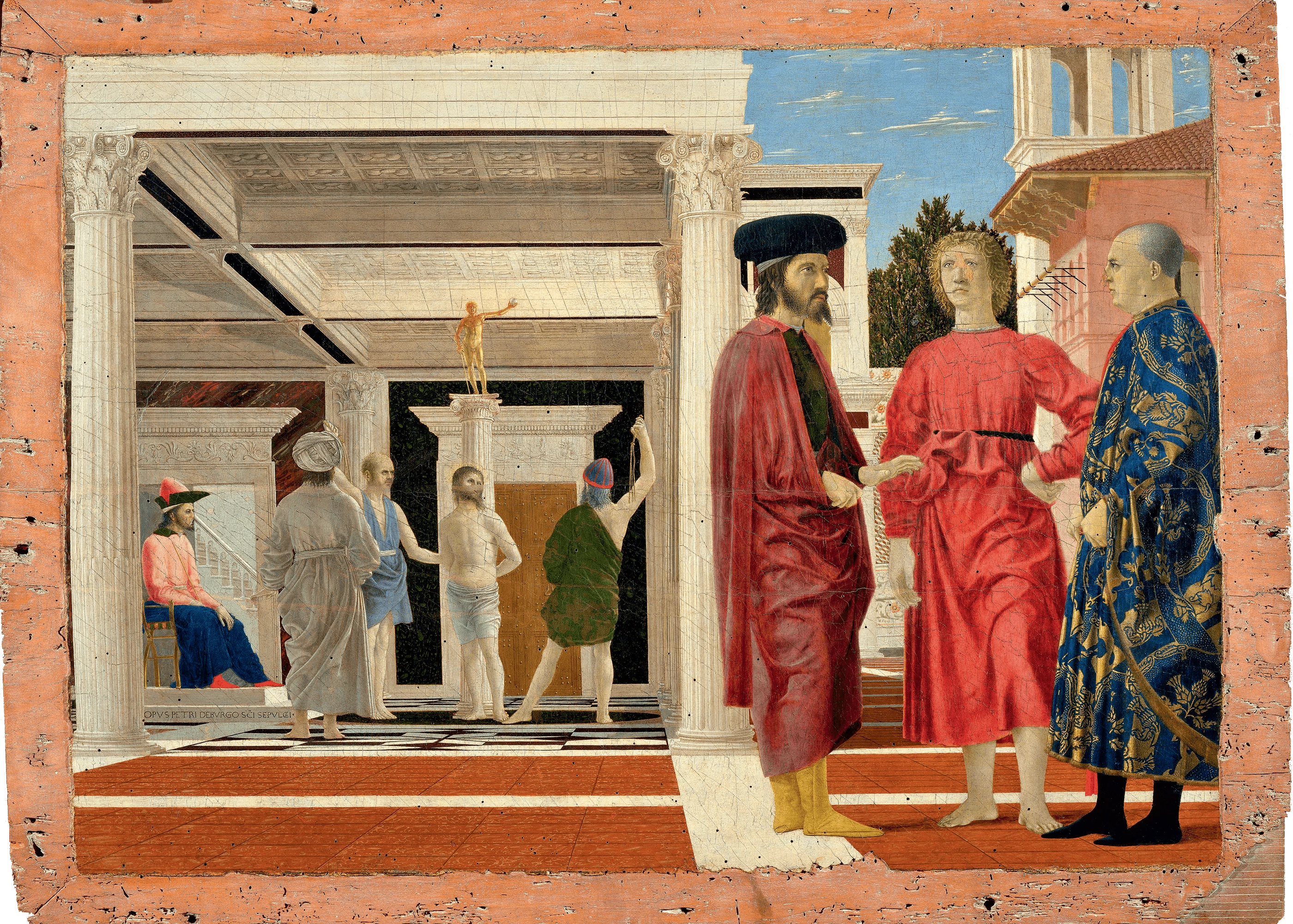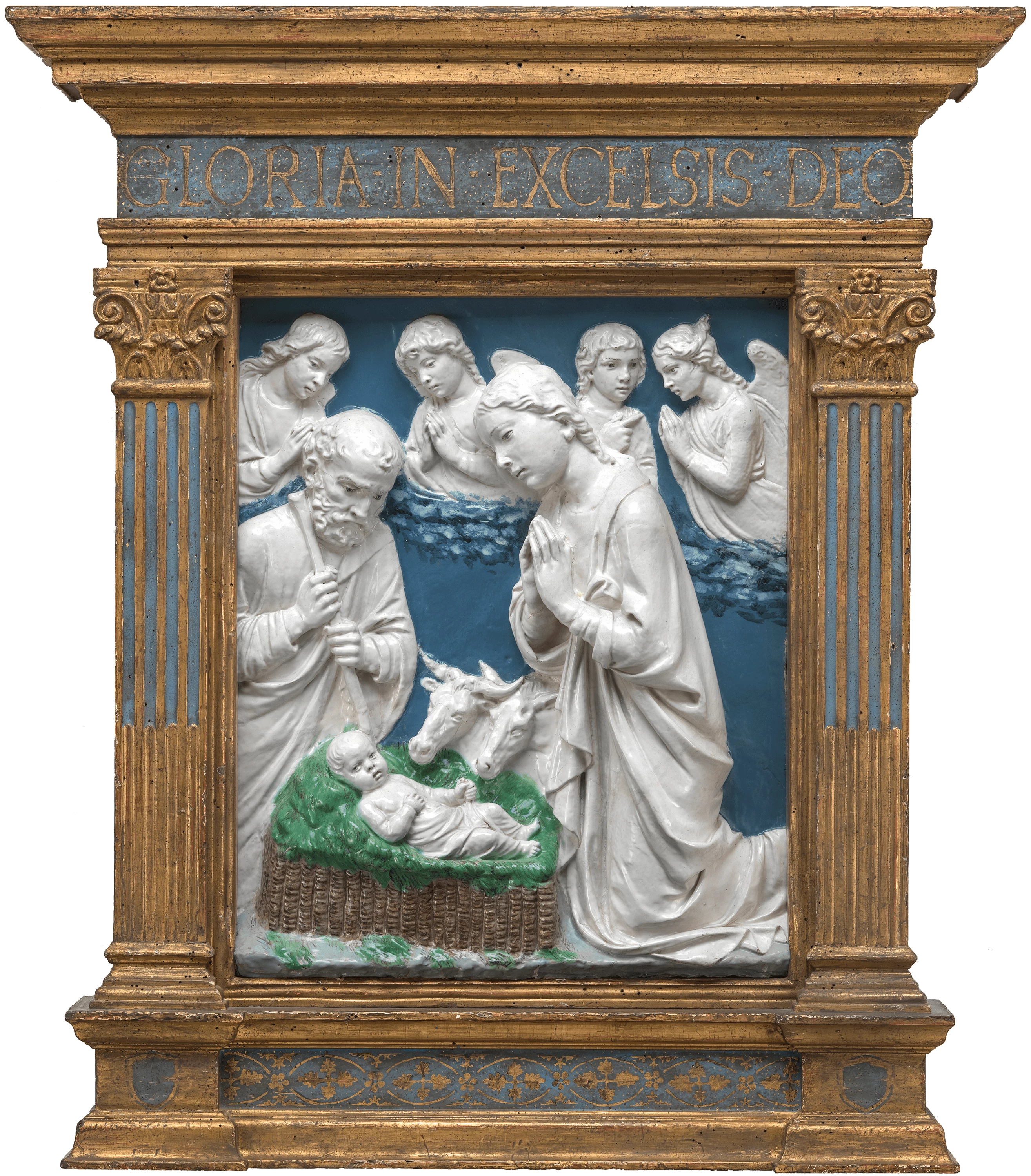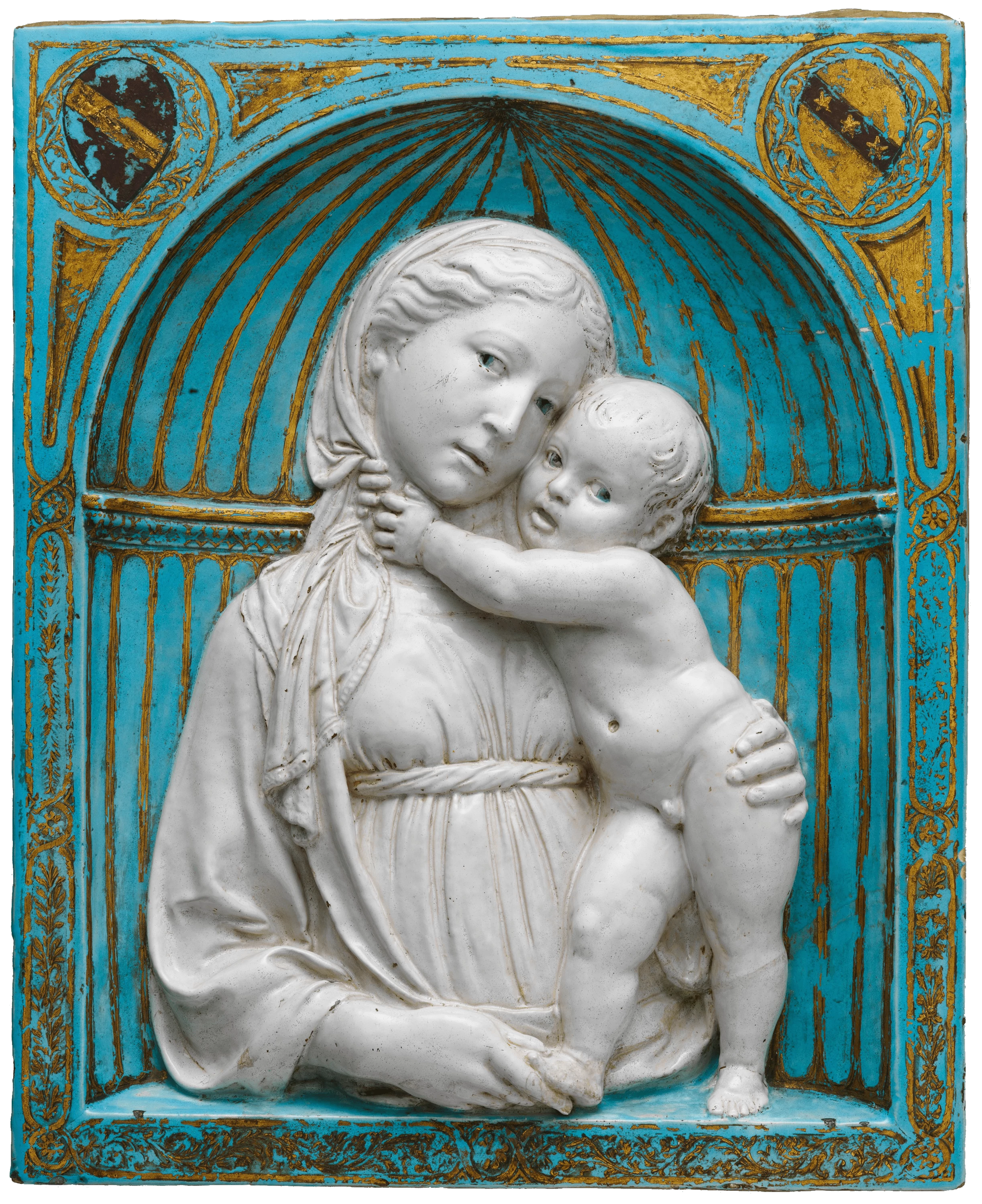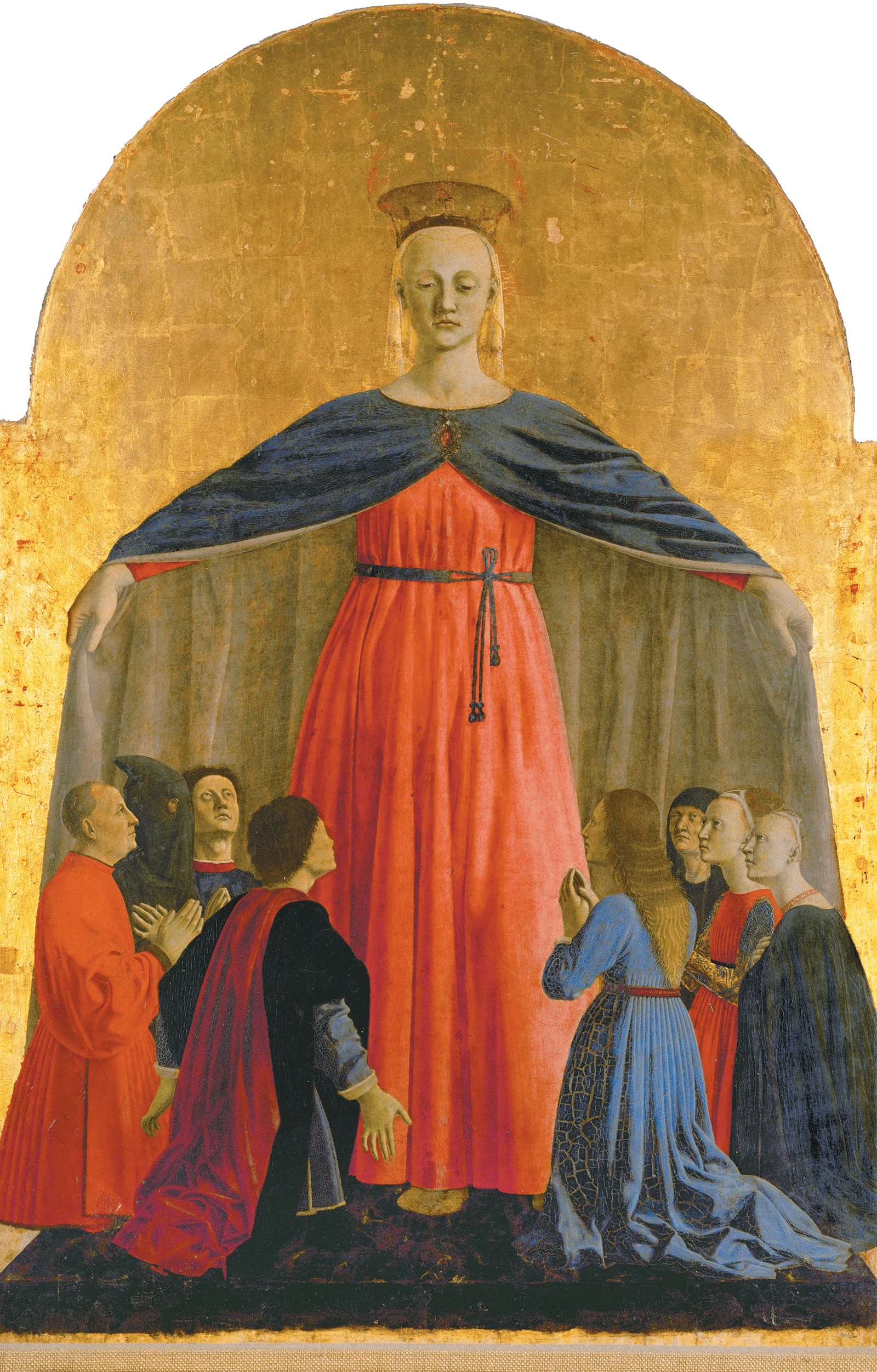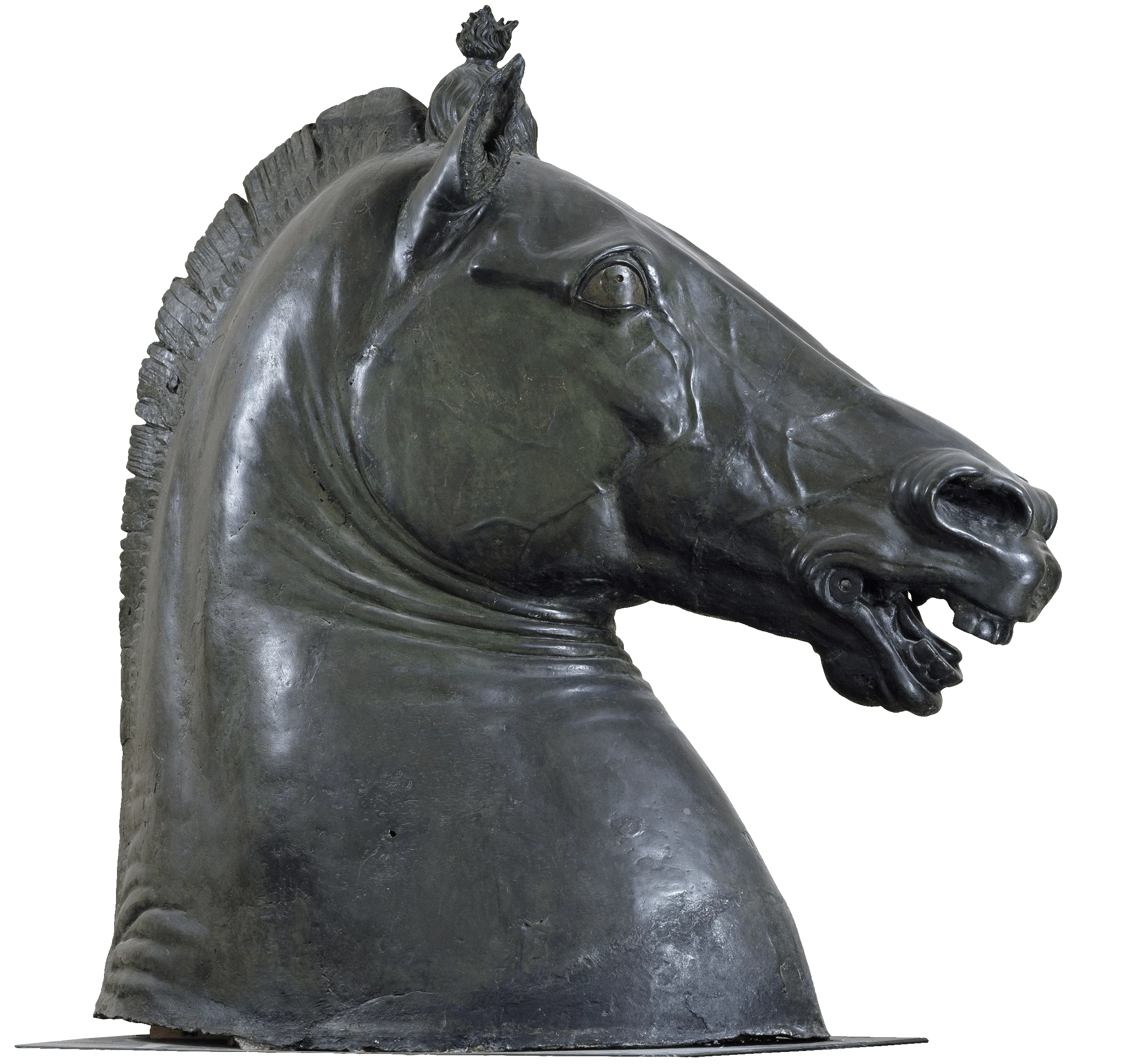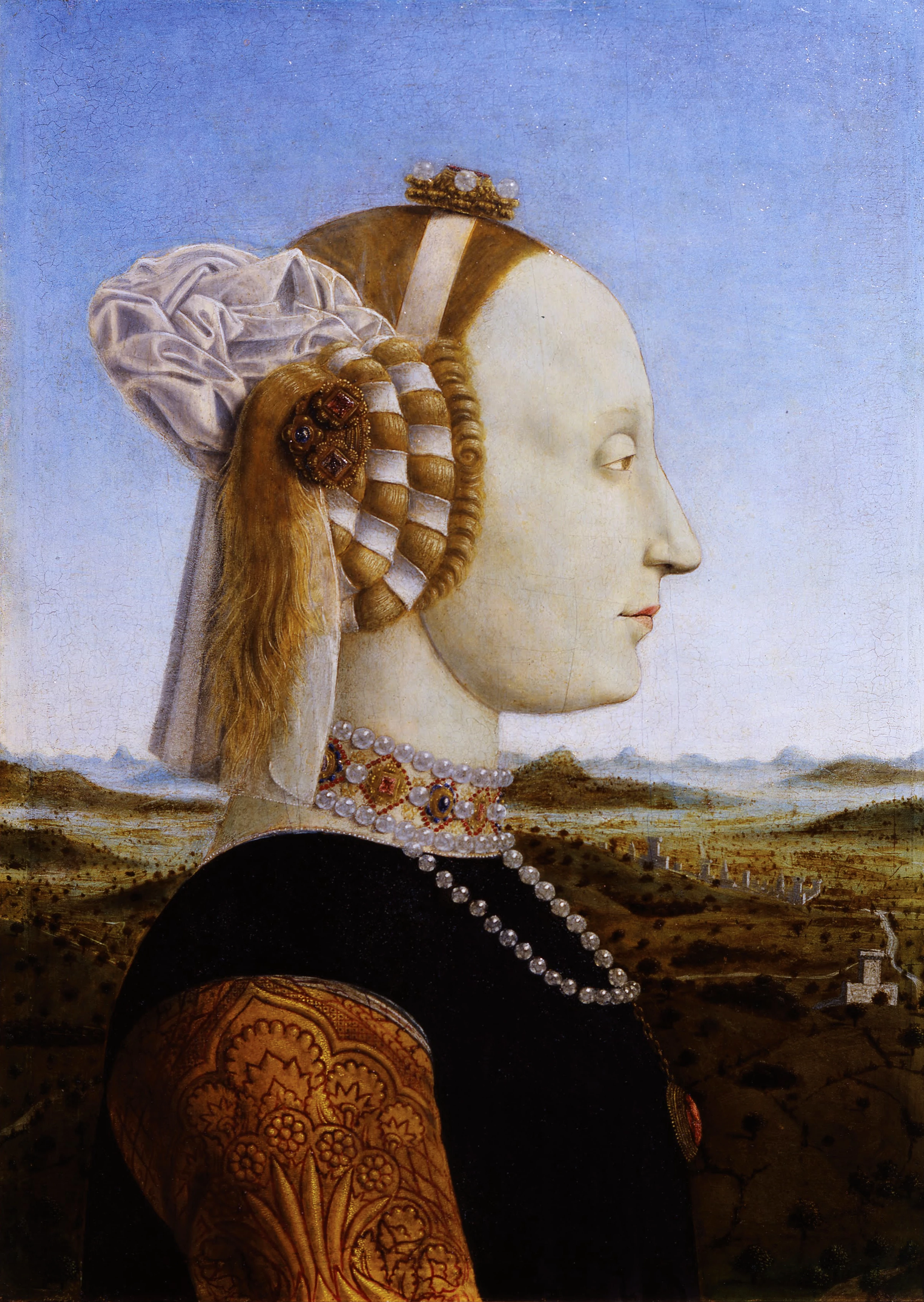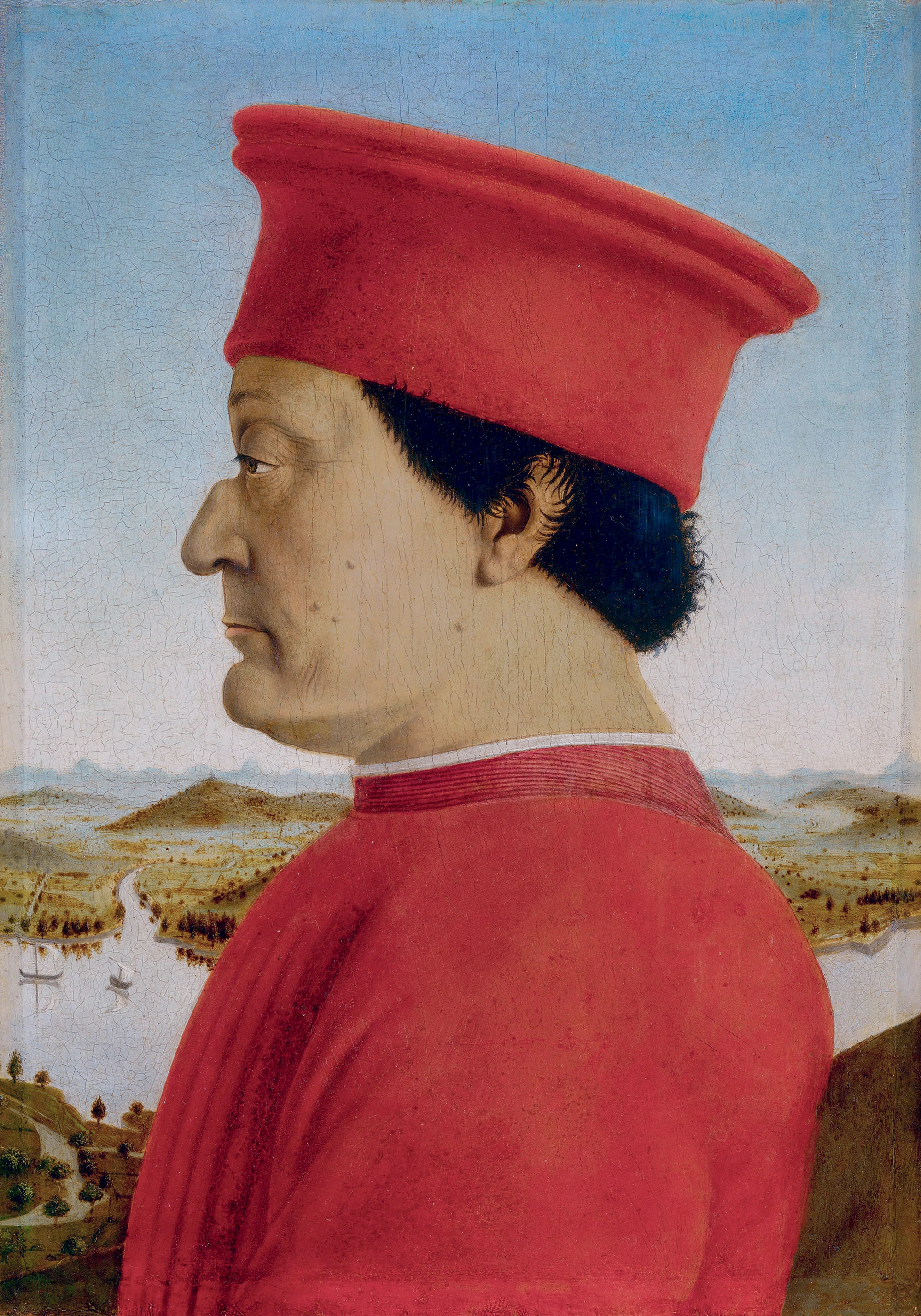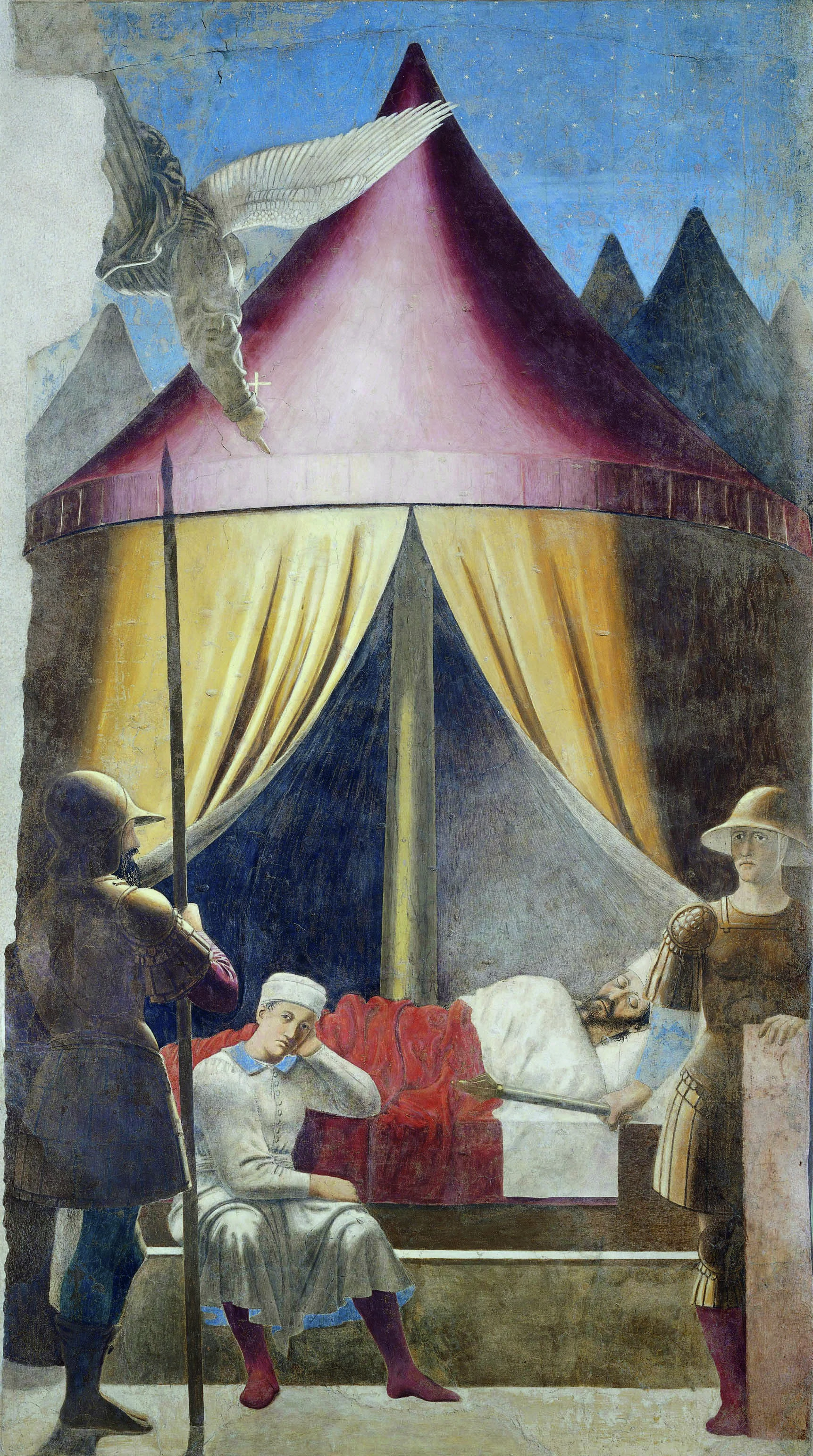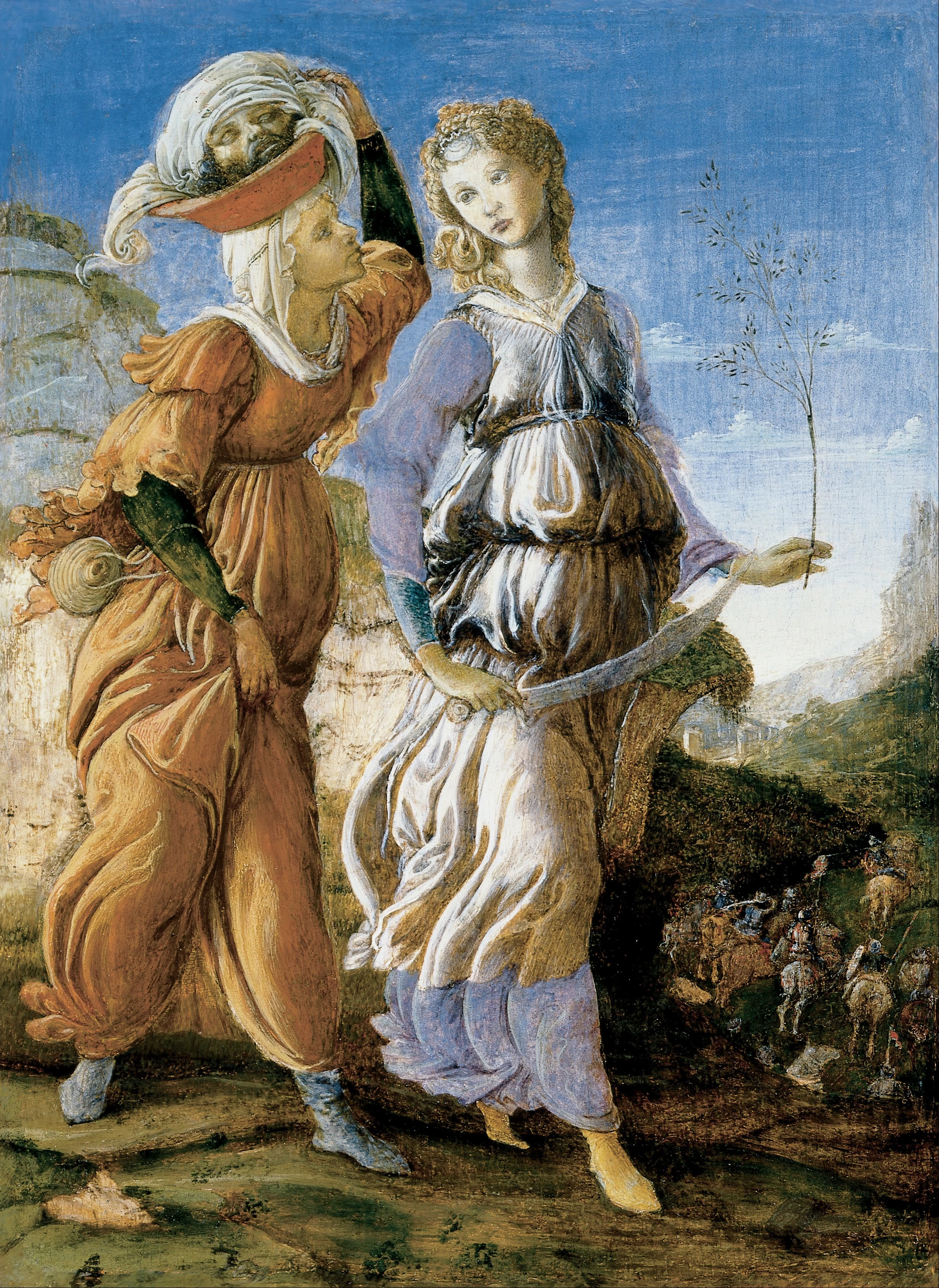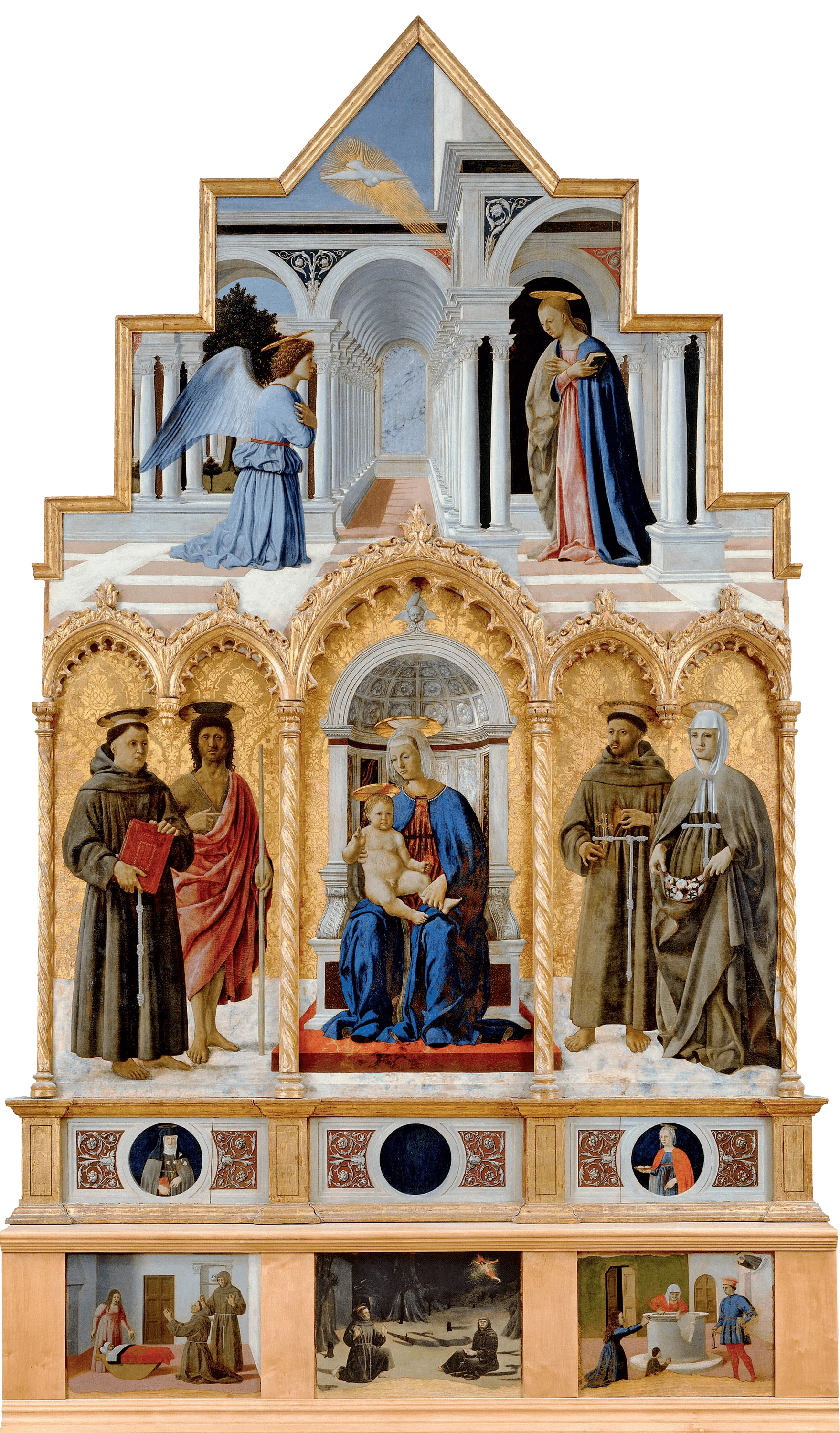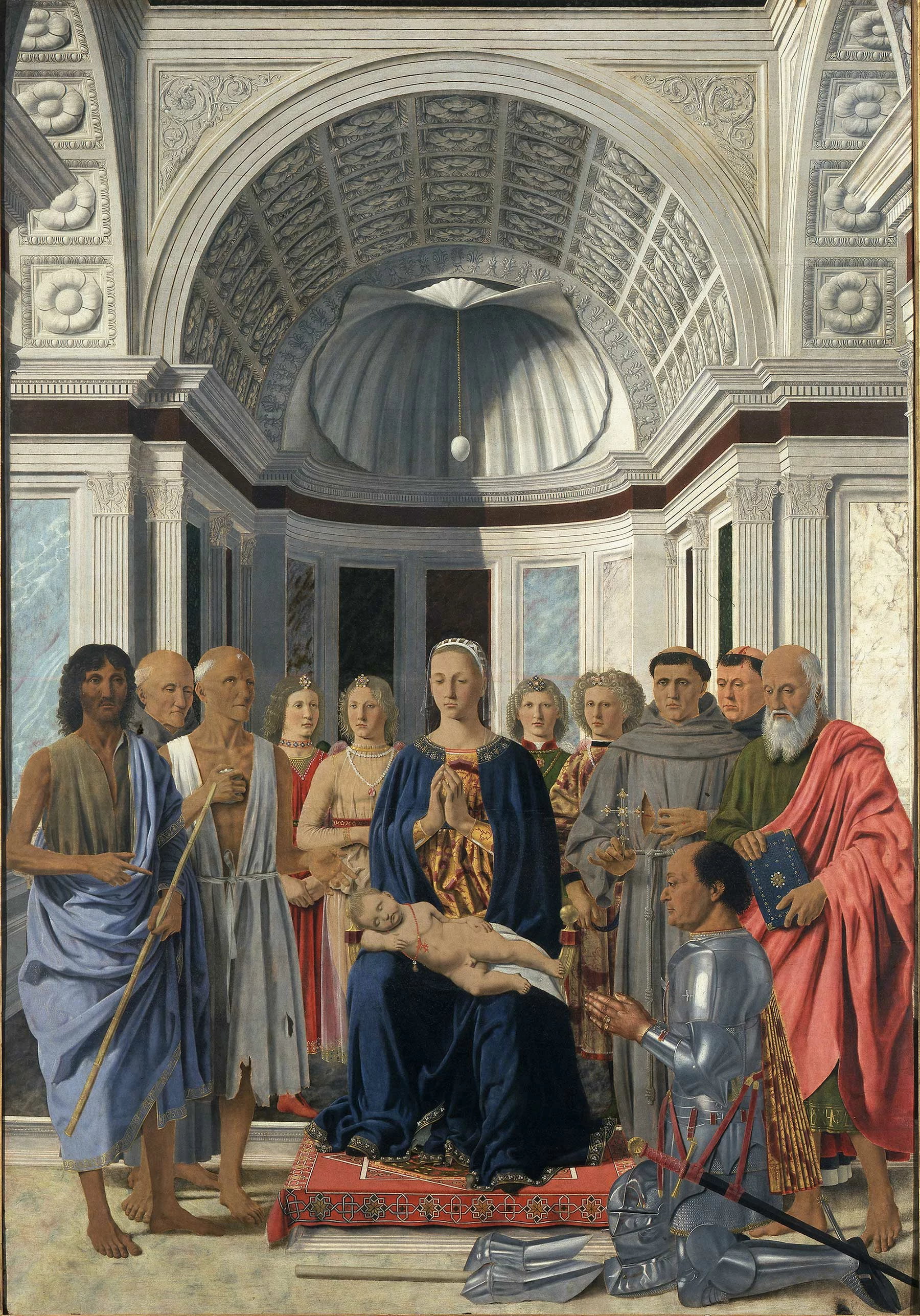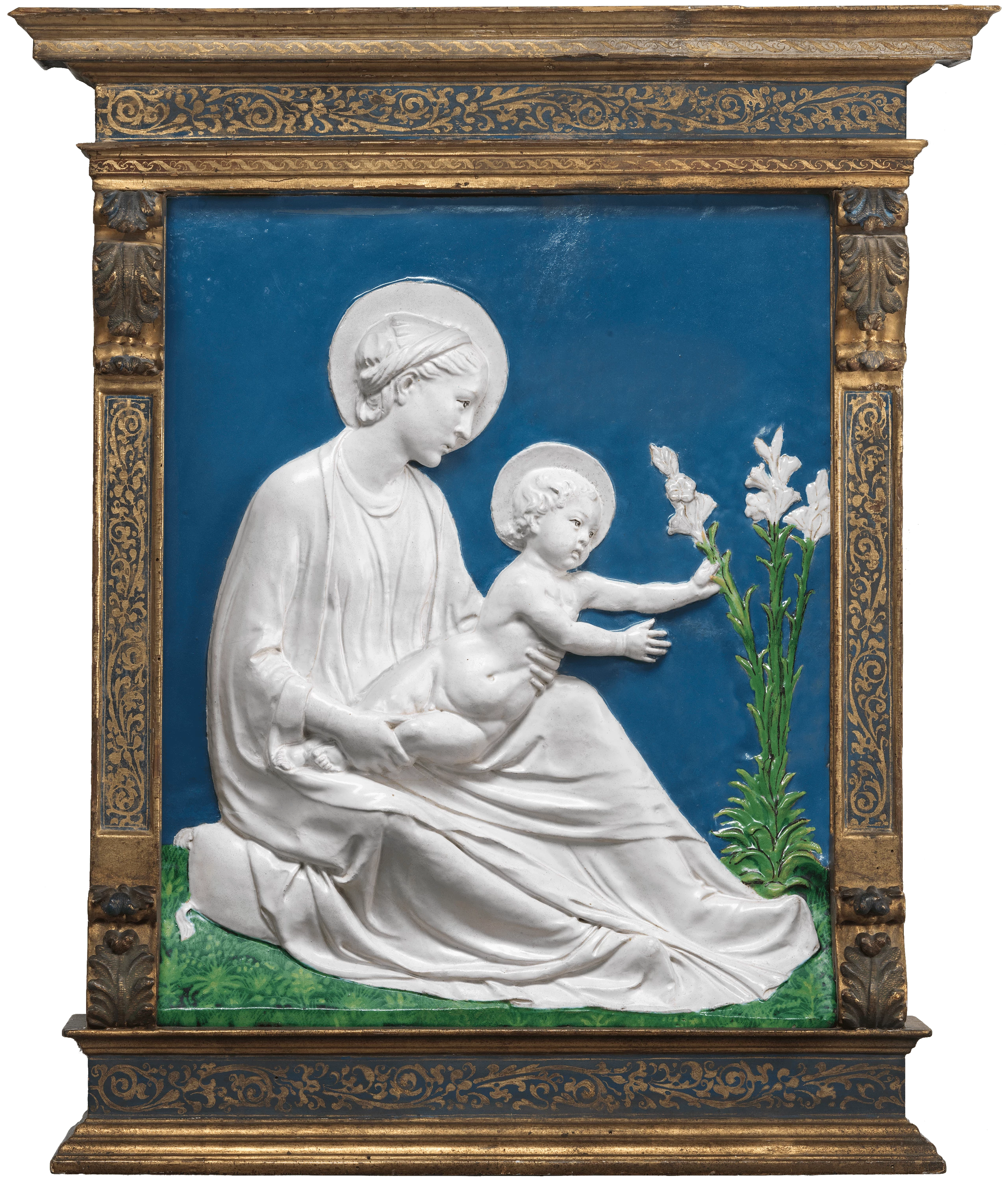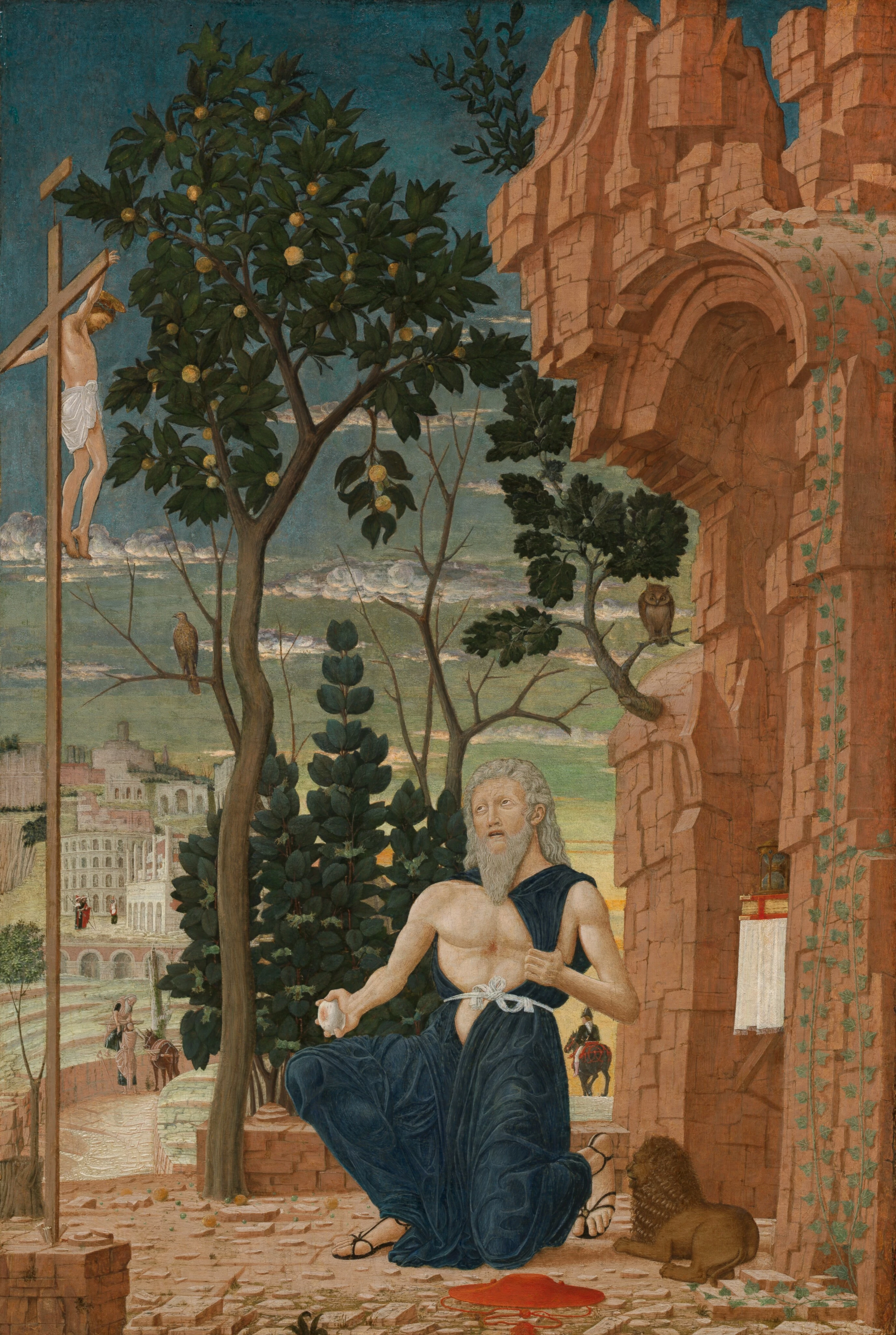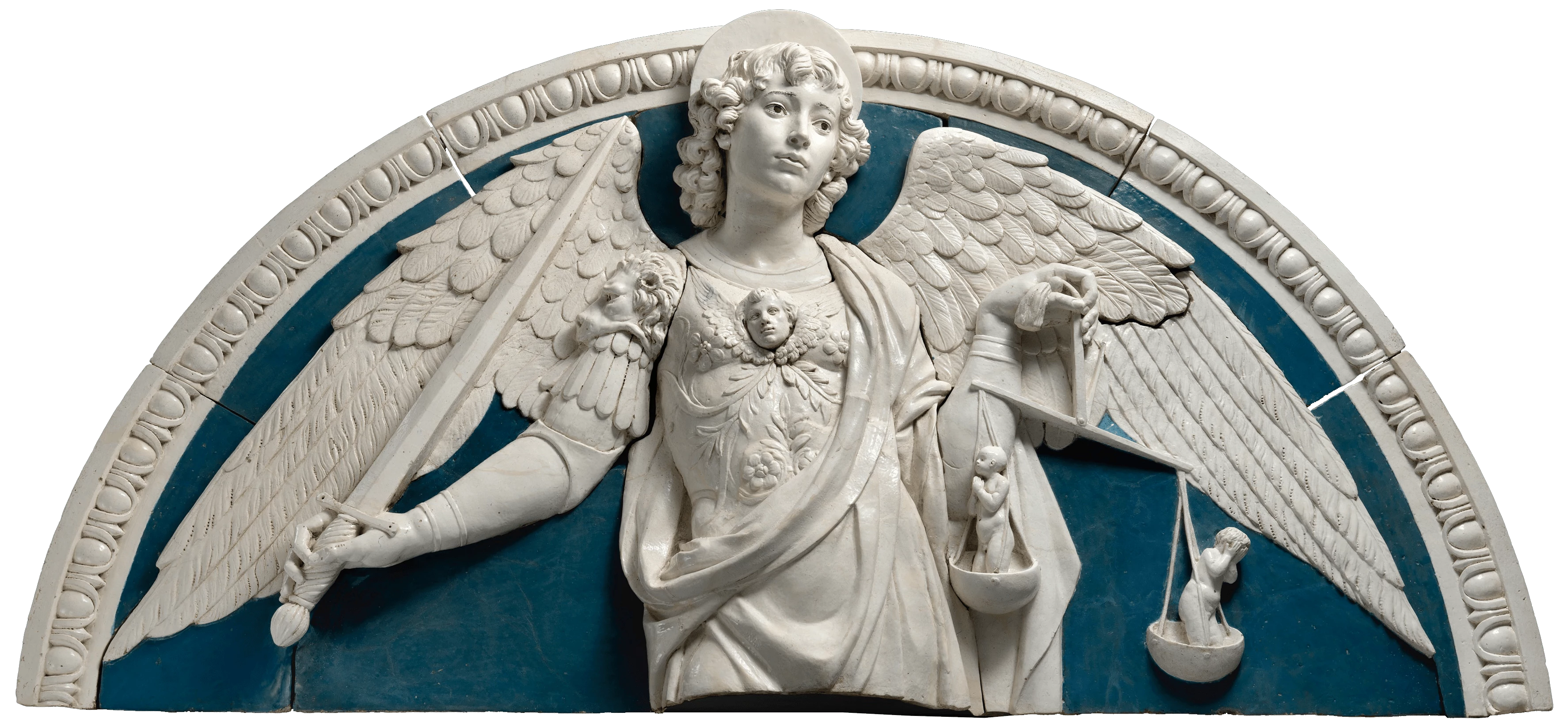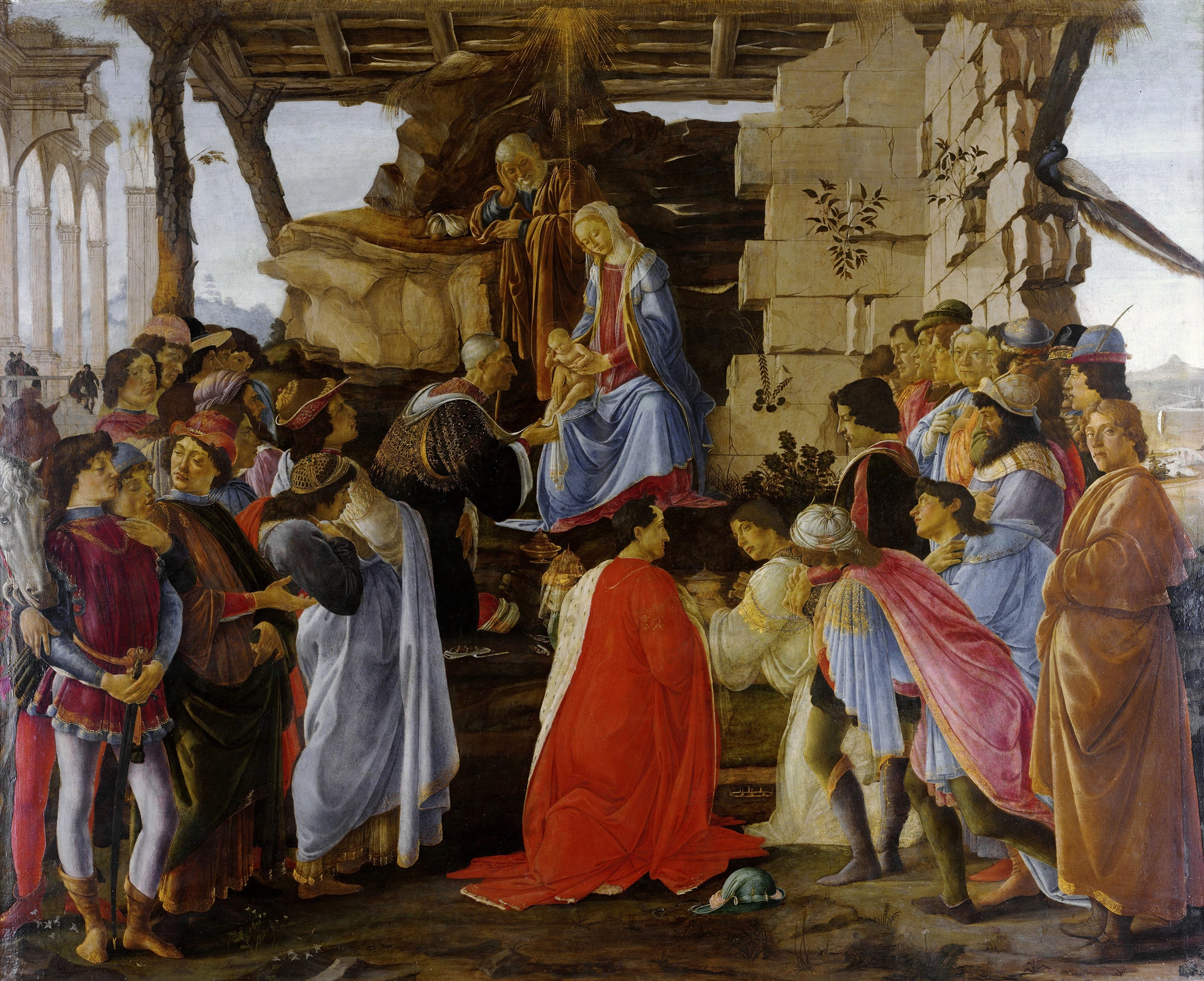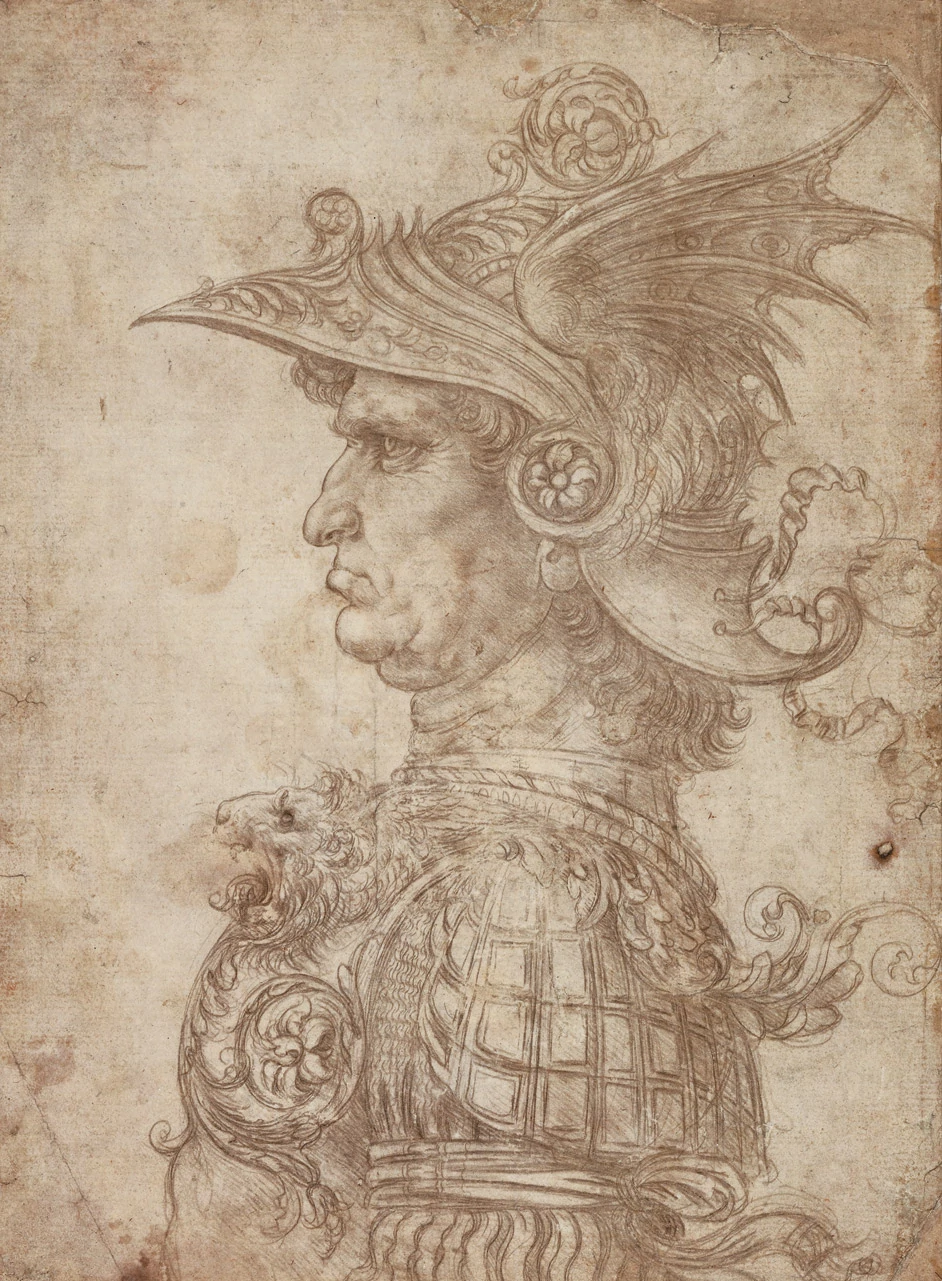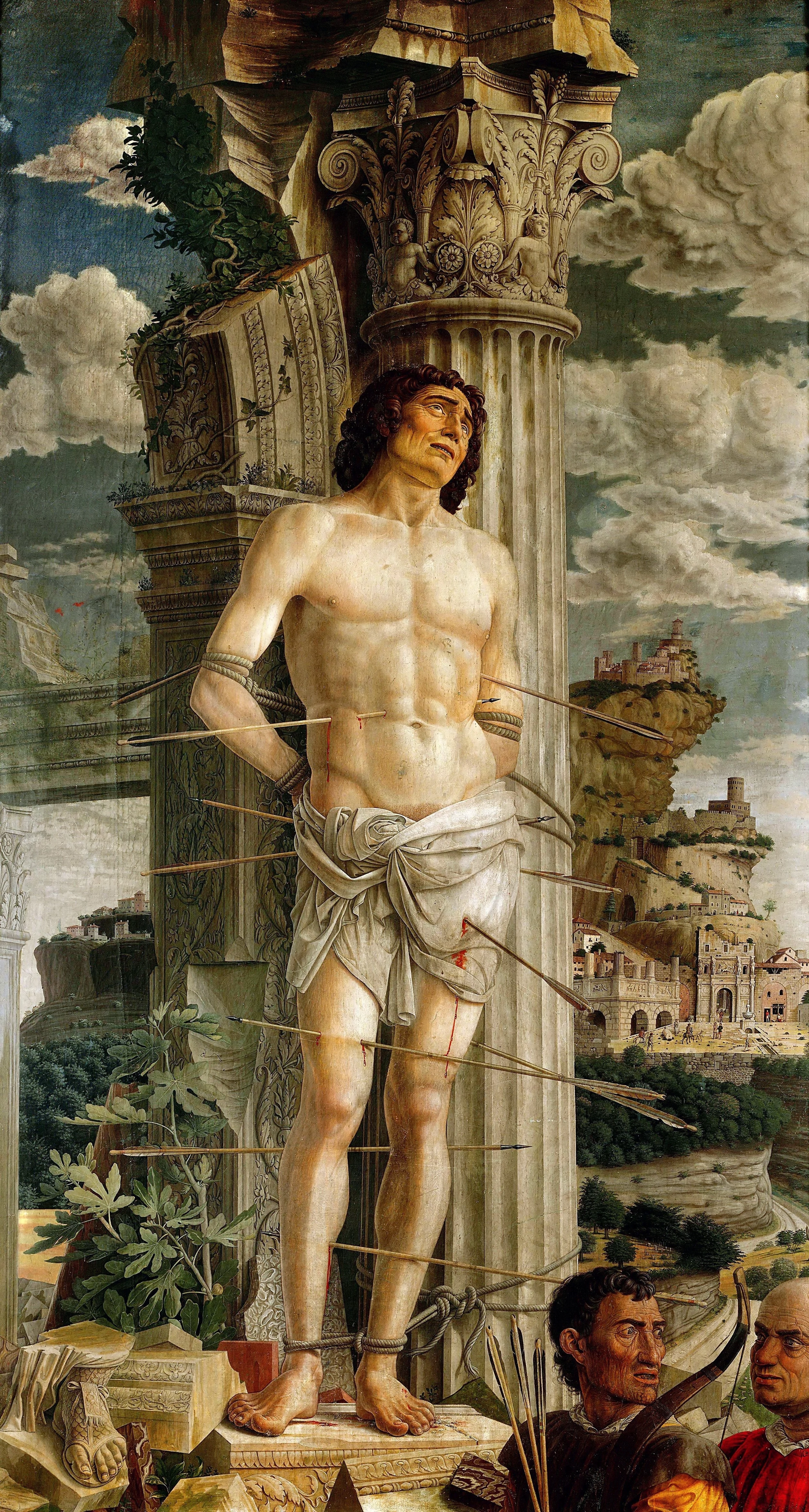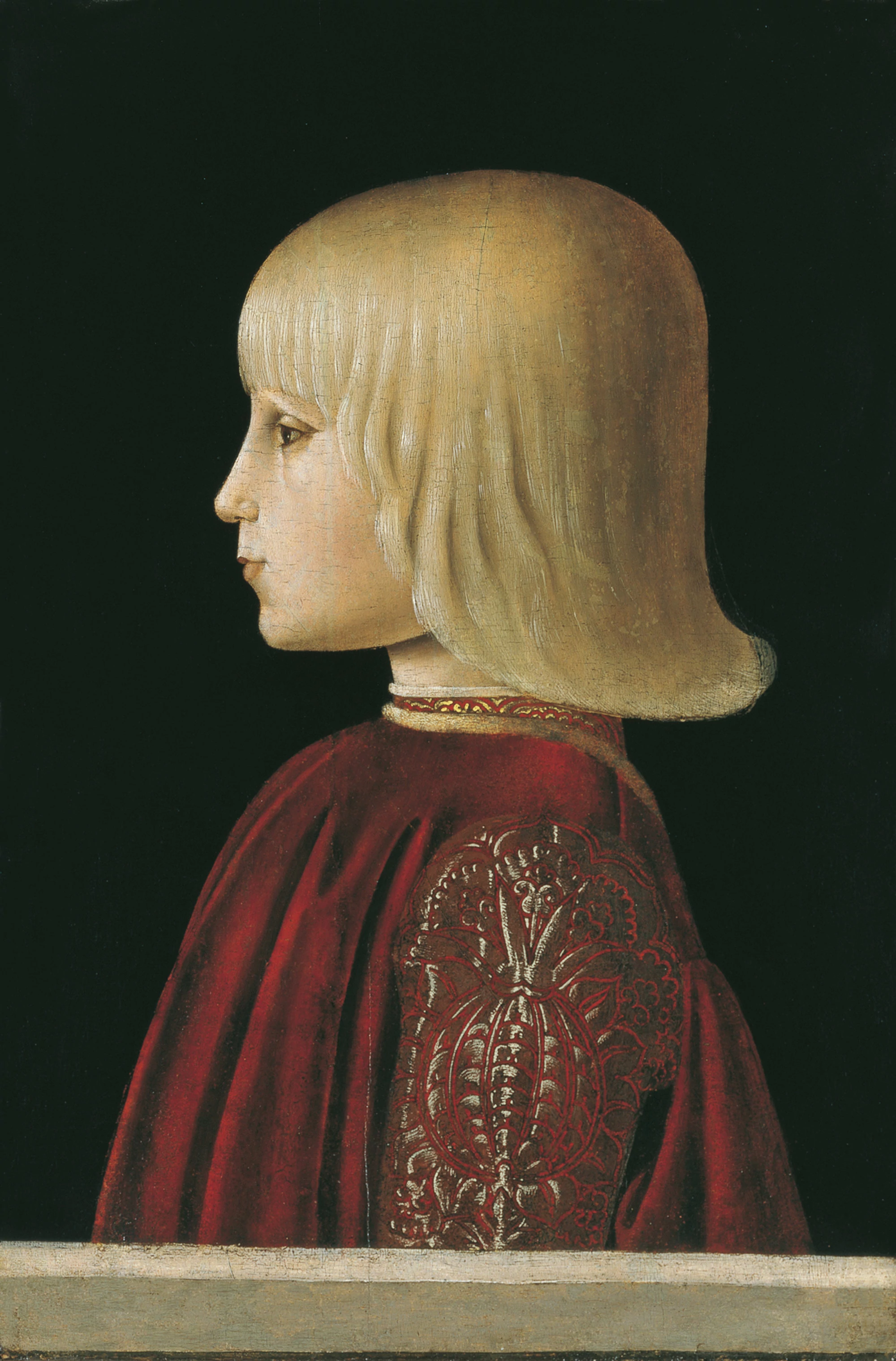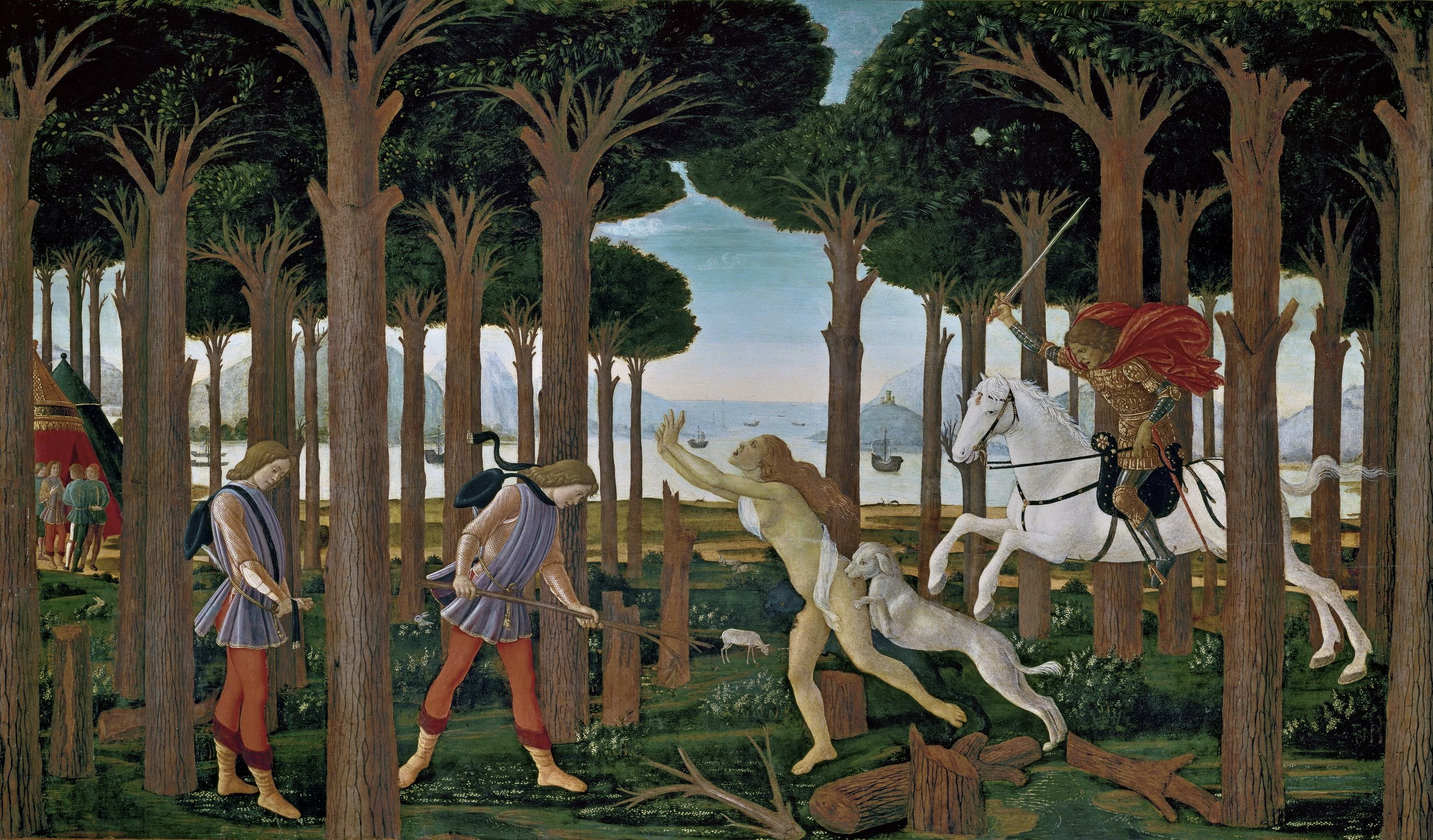“Study the science of art. Study the art of science. Develop your senses—especially learn how to see. Realize that everything connects to everything else.” - Leonardo da Vinci
In feudal Europe, art and culture was inextricably tied to the Christian church. The massive gothic cathedrals and monasteries were the de-facto schools of the day, and both taught the arts, and funded artistic production. But in the early 15th century in Florence, Cosimo de’ Medici stole art back from the church and give it to business.
Cosimo di Giovanni de’ Medici was the head of the Medici Bank, the largest bank in Europe. In 1434, after more than a decade of political grappling with the previous Florentine dynasty, he gained the full support of the local government, and rebuilt Florence into the financial capital of the western world. With his family’s connections through marriage and trade, Cosimo was able to bring stability to Florence that soon spread throughout Italy. Flourishing trade spawned a wealthy middle-class, and connected previously isolated cities. The new commercial elite was hungry for culture and invention, and they had the money to pay for it. Capitalism wanted art.
And here we have the beginning of the Renaissance, a massive cultural movement that swept through Europe, and evolved distinctly in France, Spain and Northern Europe. For the first time in centuries, art was partially divorced from the church, and while religious commissions continued, artists and writers began to look back to classical antiquity. Wealthy patrons were immortalized in lavish portraits, and works like Botticelli’sBirth of Venus sparked renewed interest in Greek and Roman mythology and values. The foundations of humanism, laid nearly a century before by the scholar Petrarch, were built on by writers like Niccolò Machiavelli and even Pope Pius II, himself a humanist writer and diplomat.
At first, the Italian Renaissance flourished only among society’s elite. While most of Europe was still steeped in feudalism, in urban centers, painters, sculptors, inventors and writers like Leonardo da Vinci, Donatello, Raphael, Fede Galizia and Giorgio Vasari were sponsored by wealthy patrons to push art and science to new heights. To paraphrase author William Gibson, the future had arrived, but it was not evenly distributed.
Until 1440, when the German blacksmith Johannes Gutenberg revolutionized printed communication with the invention of movable type. Gutenberg’s movable type and printing press allowed writings to be printed quickly and cheaply, bringing the ideas of the intellectual elite to the common people. Broadsheets, the newspapers of the time, could be typeset in an afternoon, and printed at the rate of 240 impressions an hour. Renaissance painting was still the purview of the rich, but the Renaissance ideas of human agency, rationalism and critical thinking began to take hold throughout Europe.
...
Got questions, comments or corrections about Italian Renaissance? Join the conversation in our Discord, and if you enjoy content like this, consider becoming a member for exclusive essays, downloadables, and discounts in the Obelisk Store.
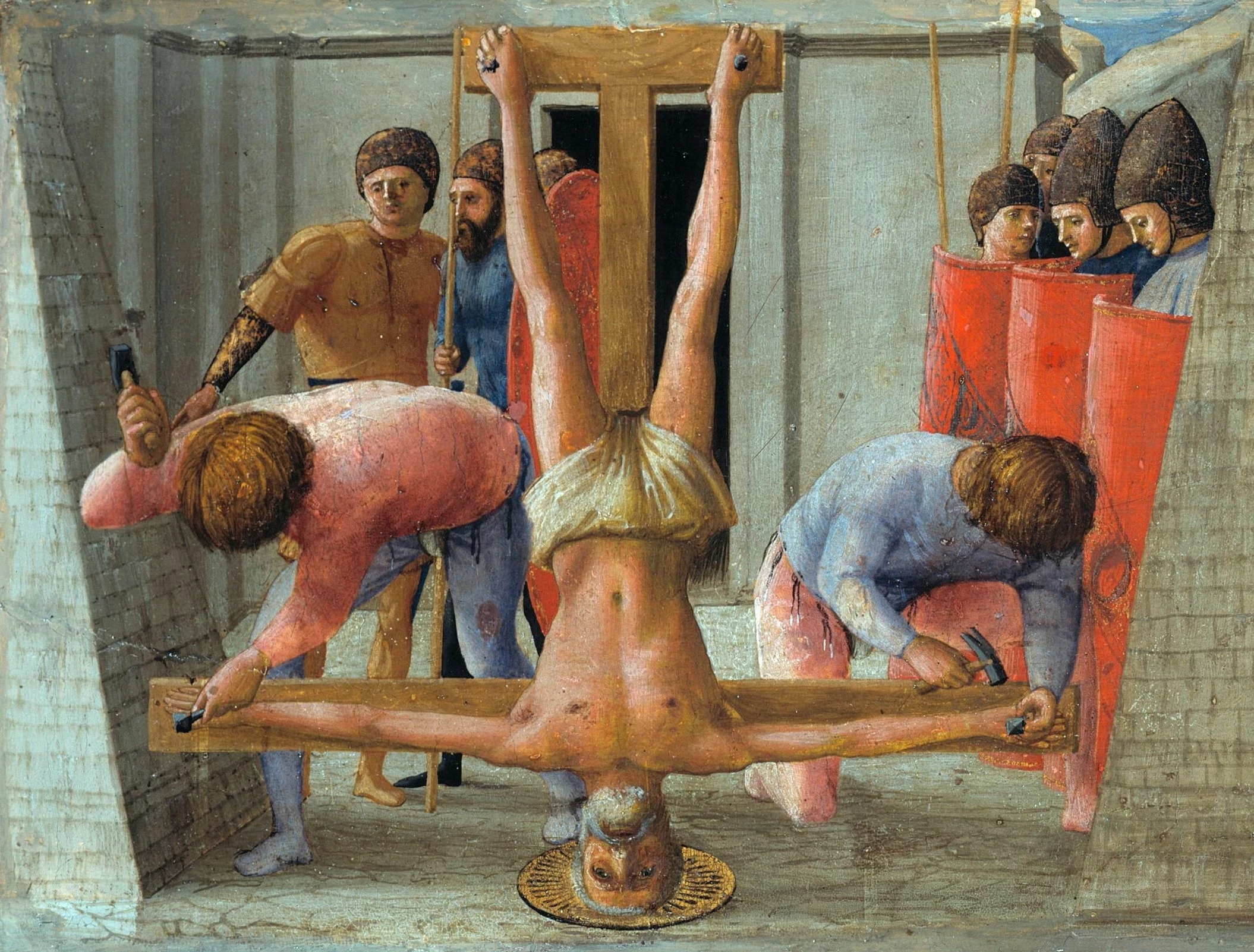
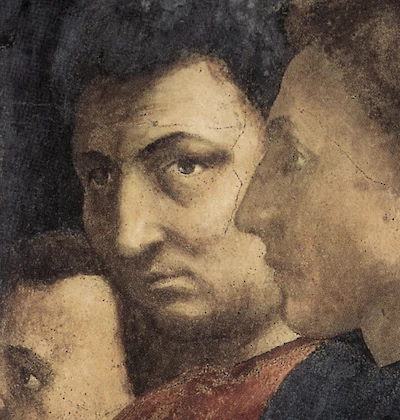
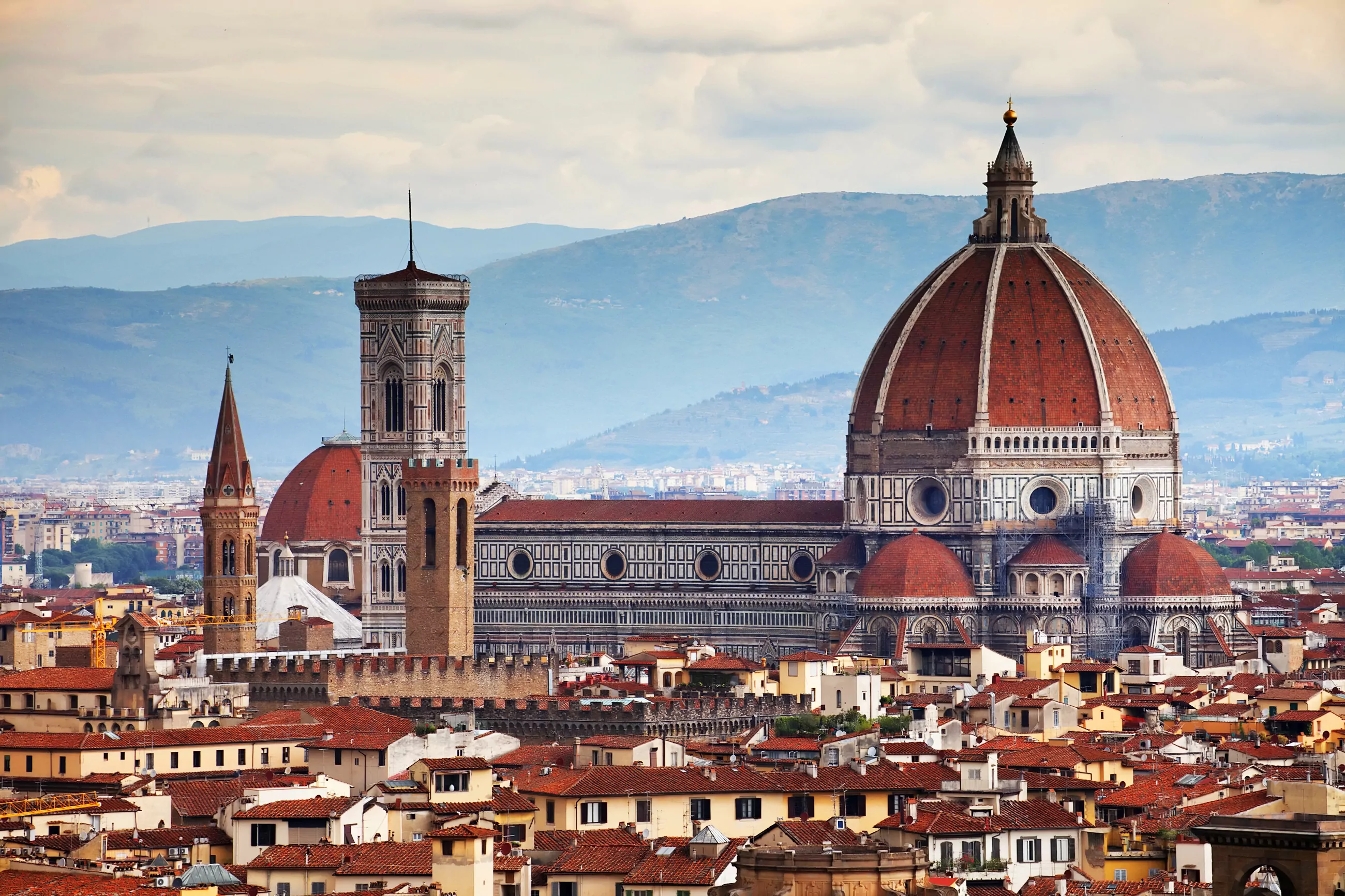
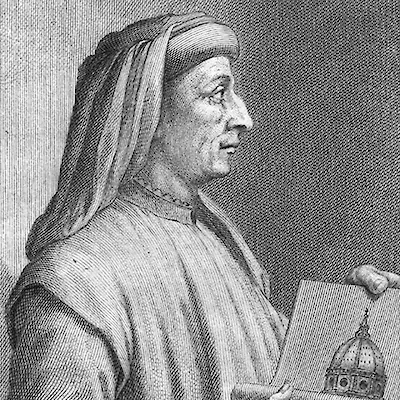
The father of Renaissance architecture
1377 – 1446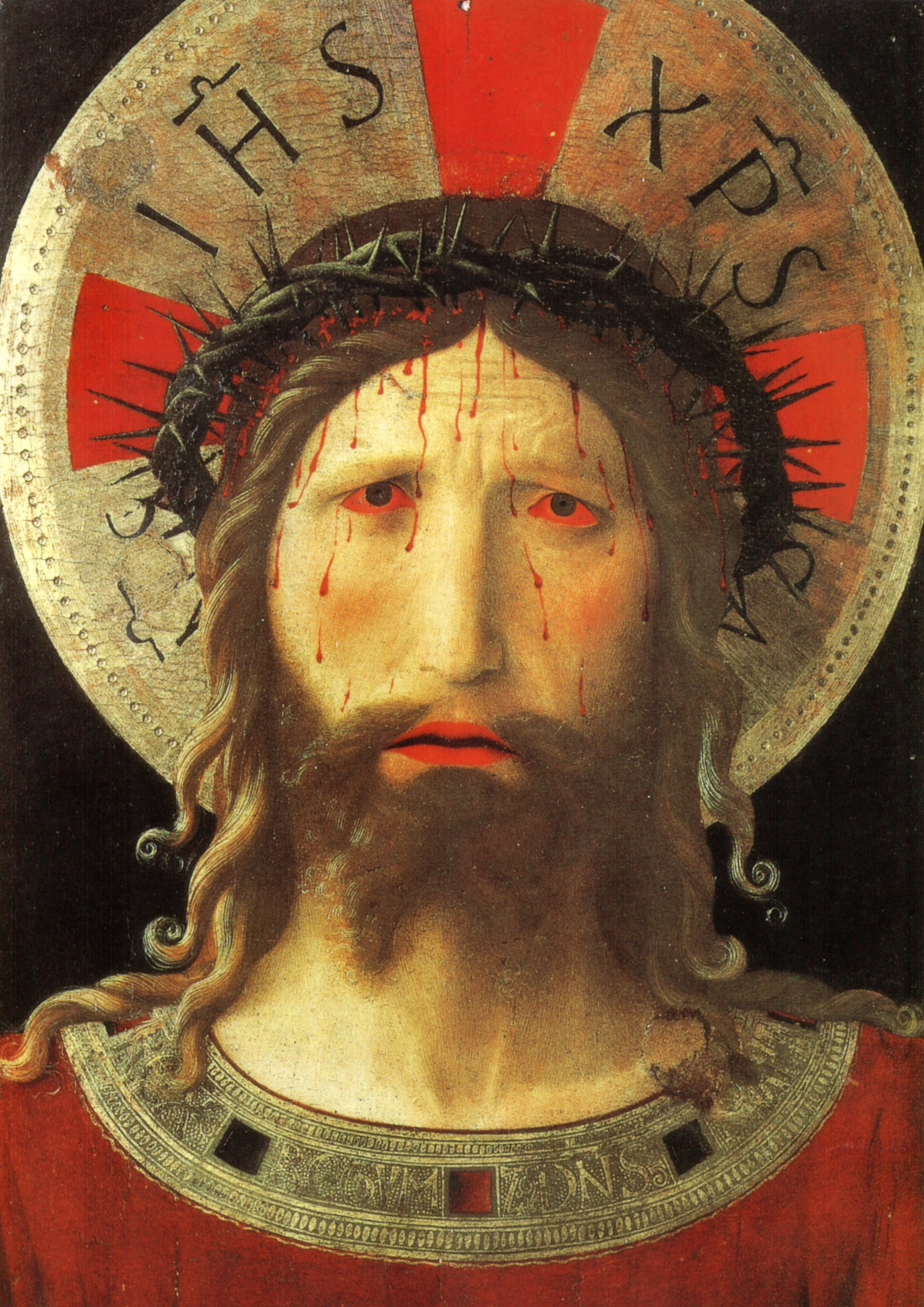
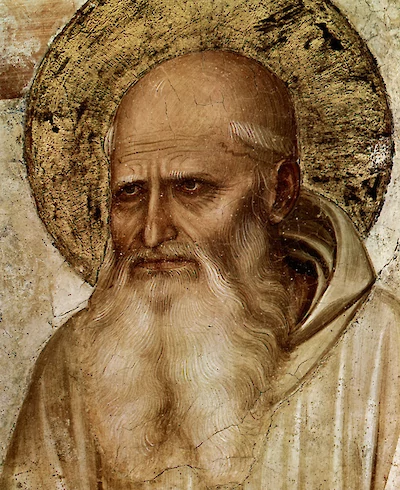
Spiritual rock star kickstarts the Italian Renaissance
1395 – 1455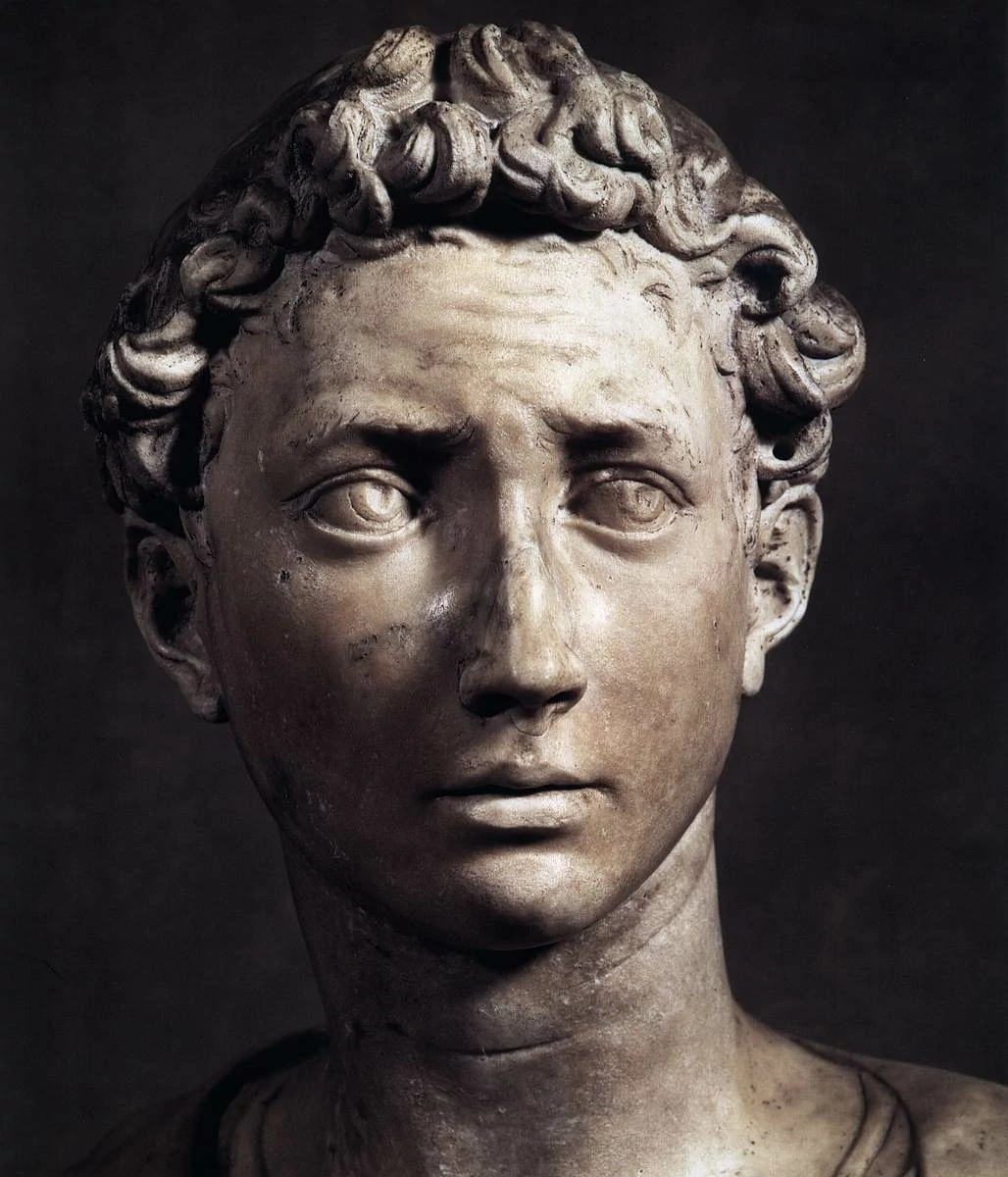
A celibate perfectionist revives classical sculpture
1386 – 1466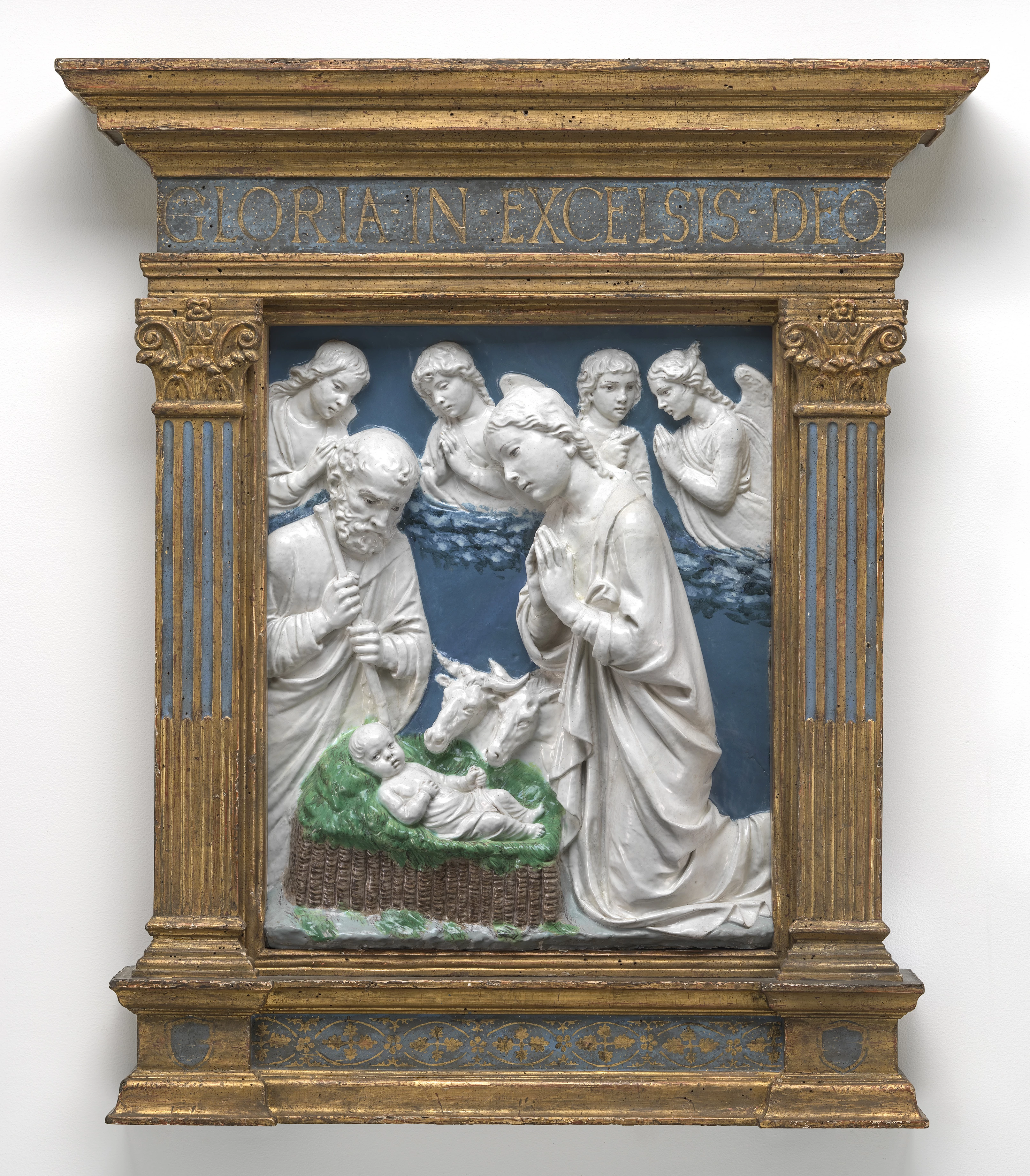
Terra-cotta Master
1399 – 1482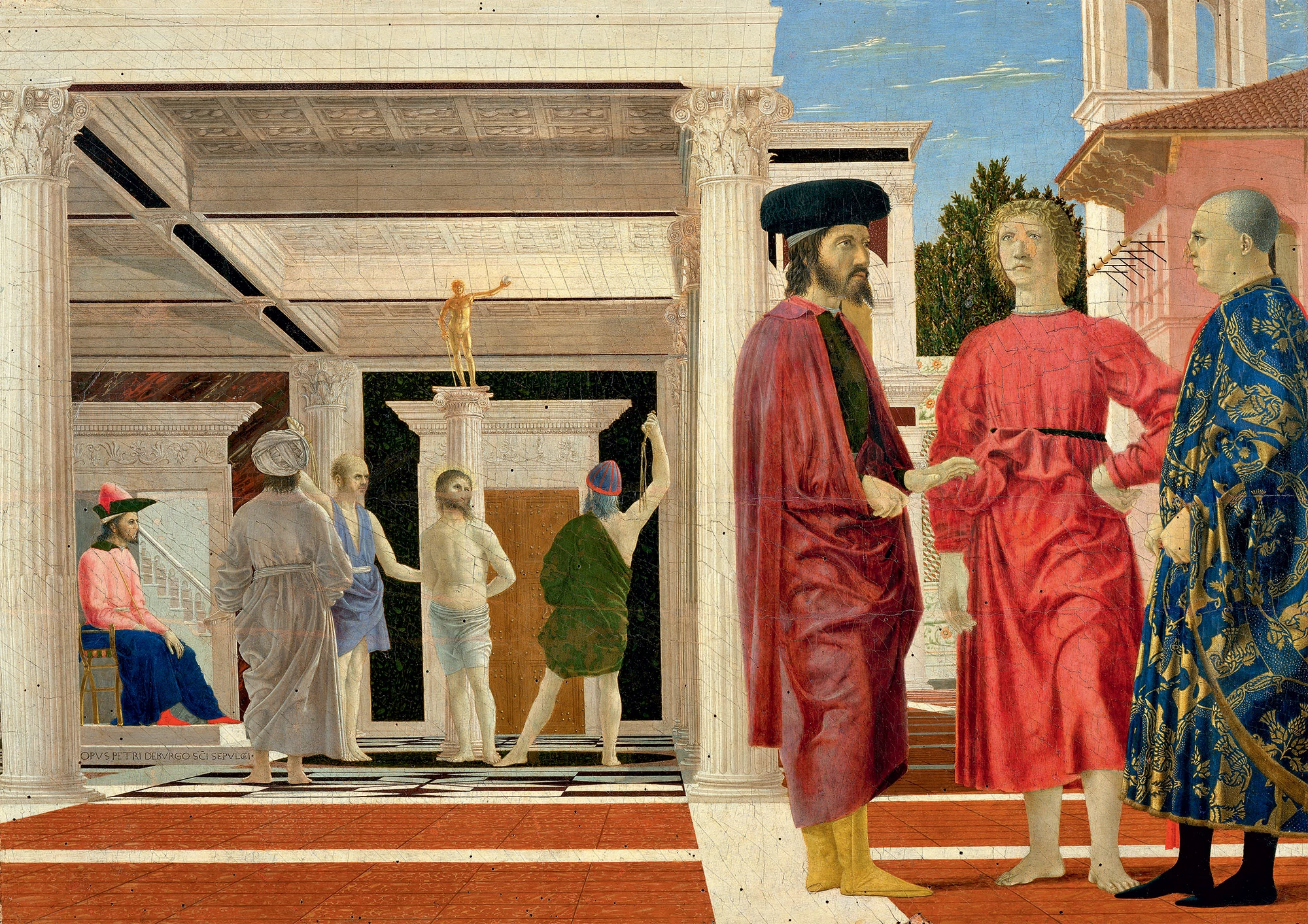
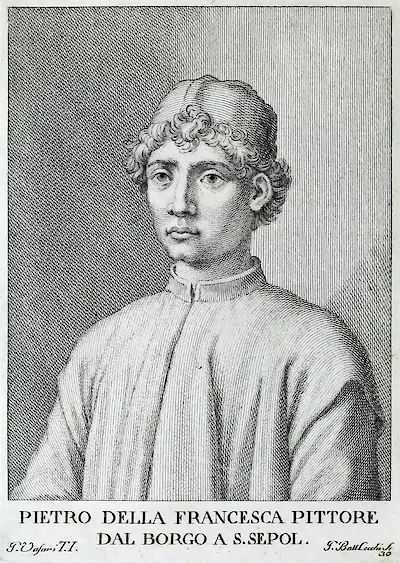
A mathematician gets fierce with perspective
1415 – 1492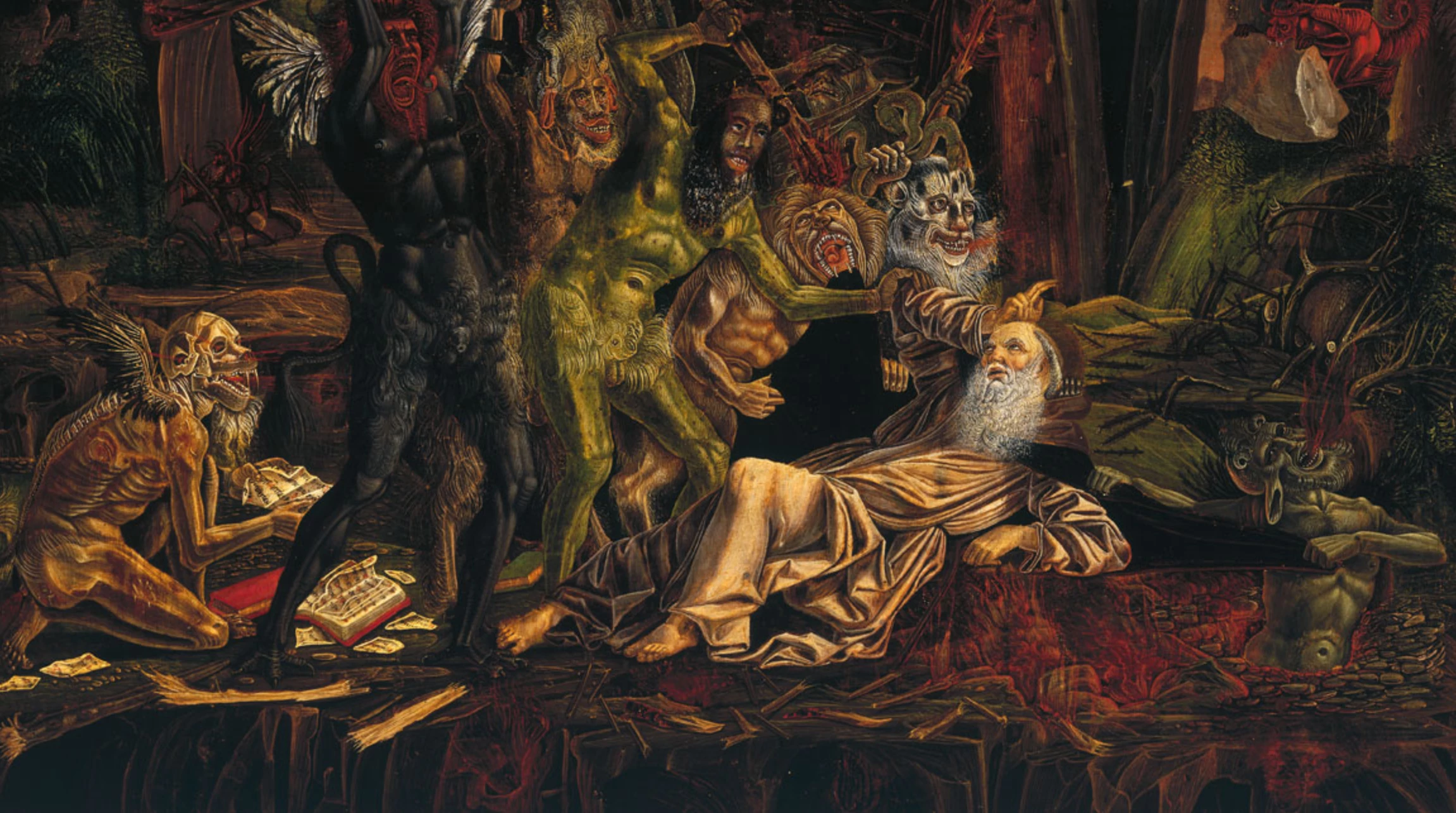
A case of mistaken identity
1450 – 1500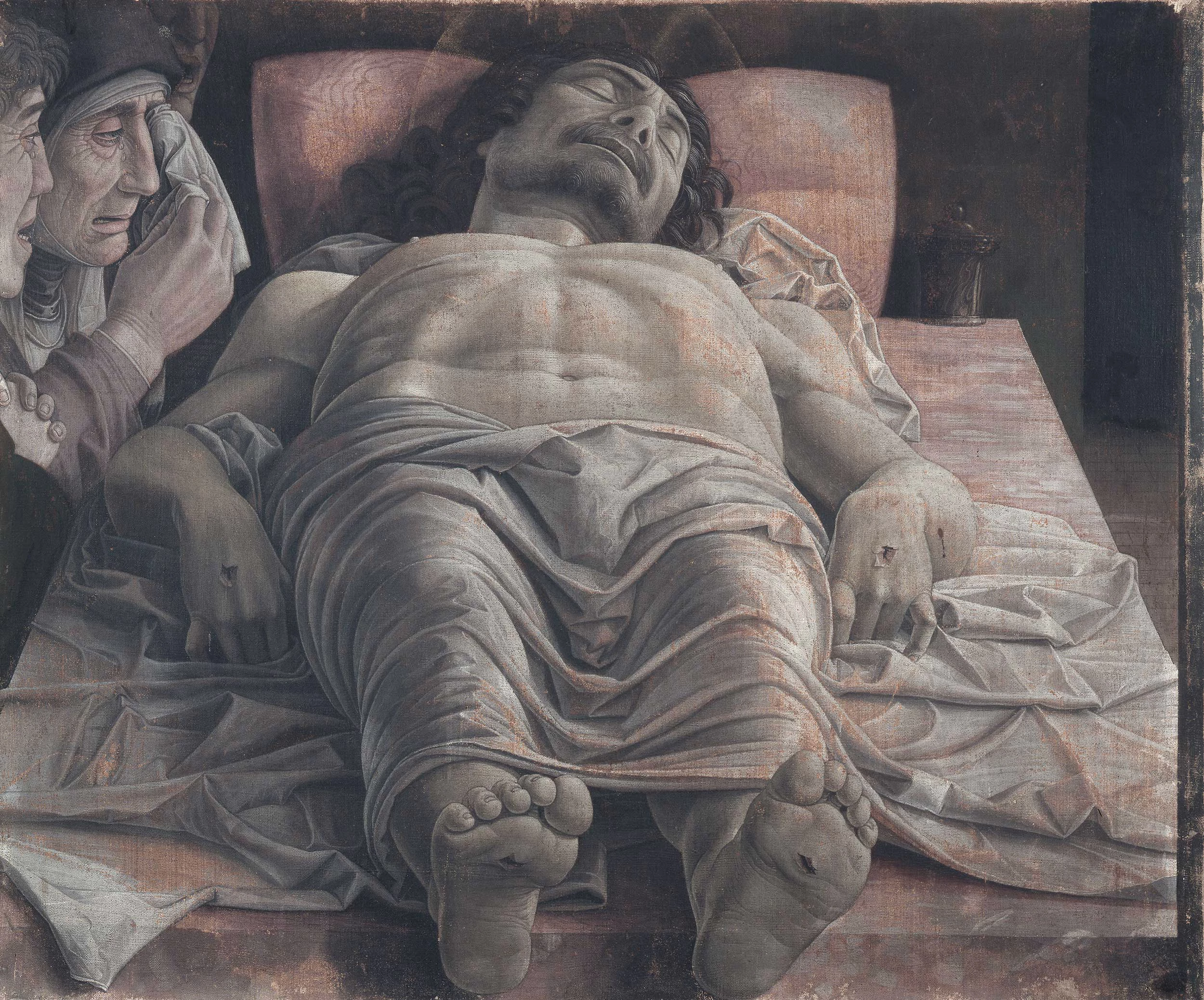
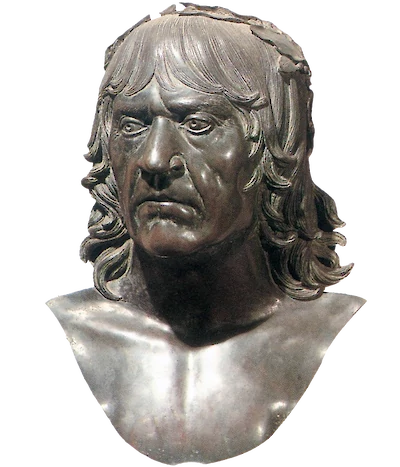
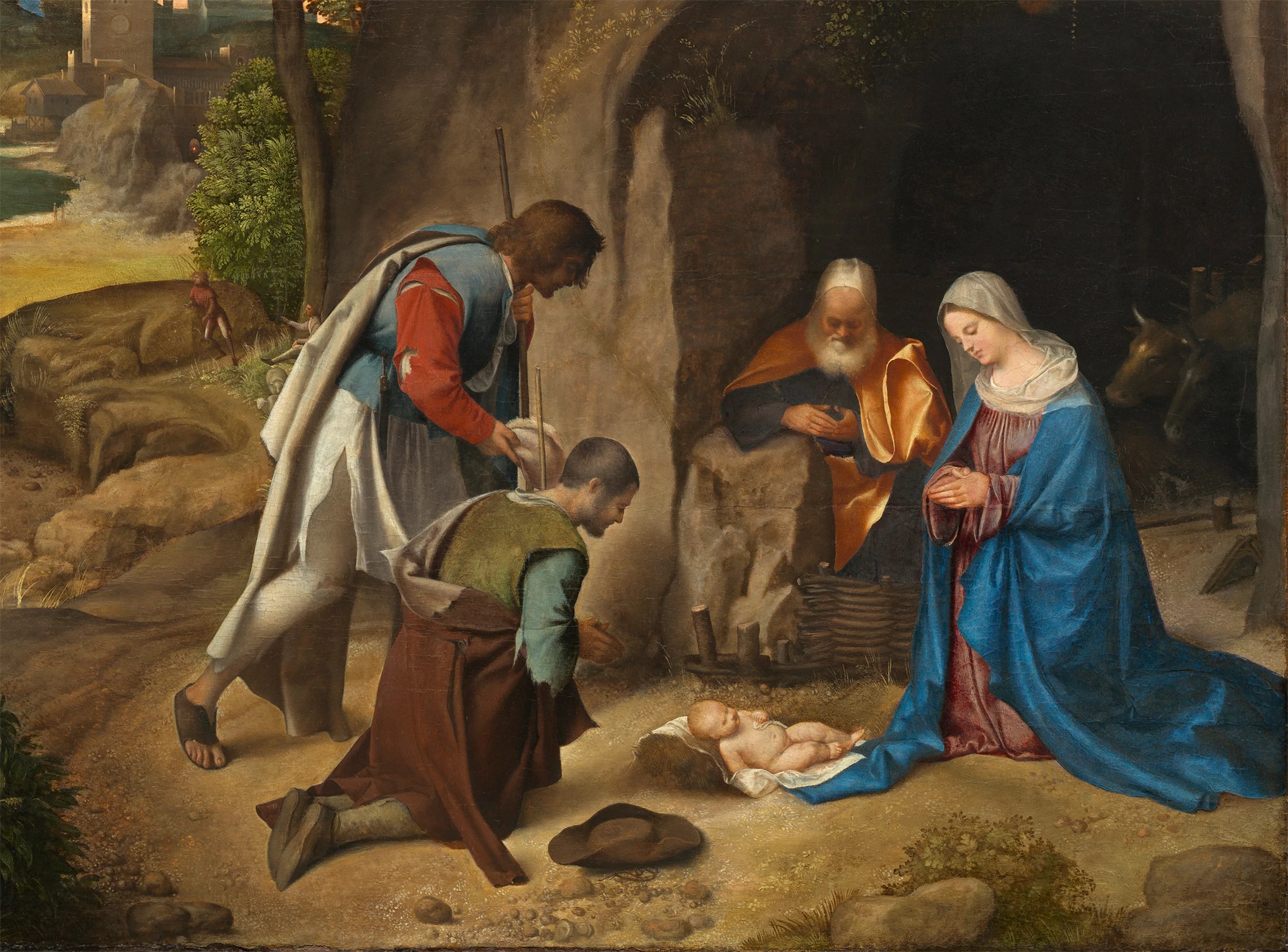
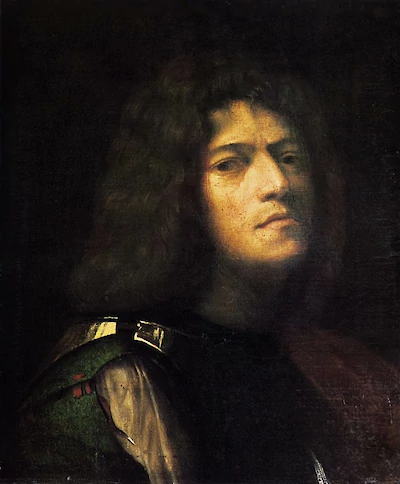
Rich color and mood like smooth syrup
1477 – 1510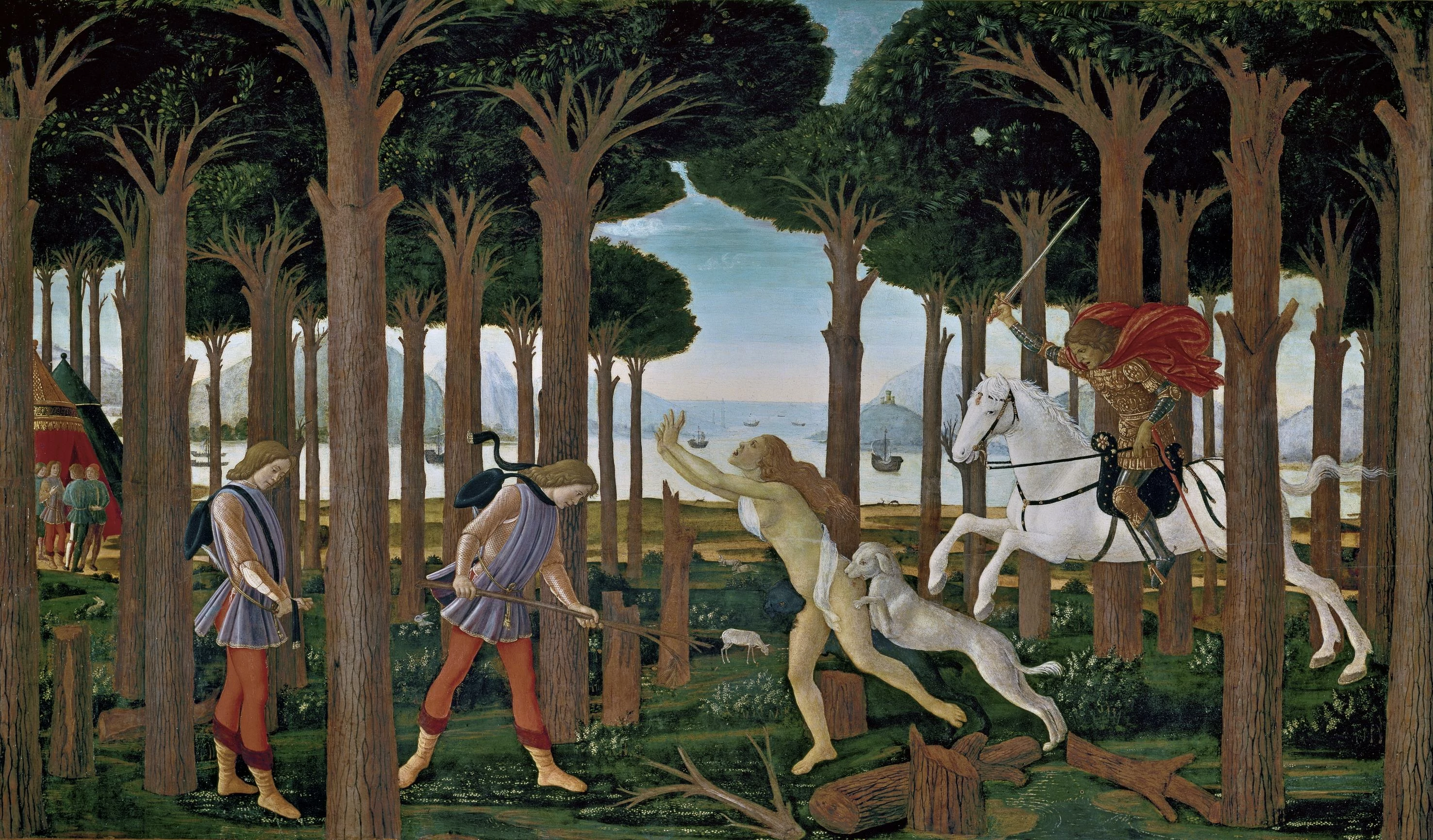
A fulcrum between old and new
1445 – 1510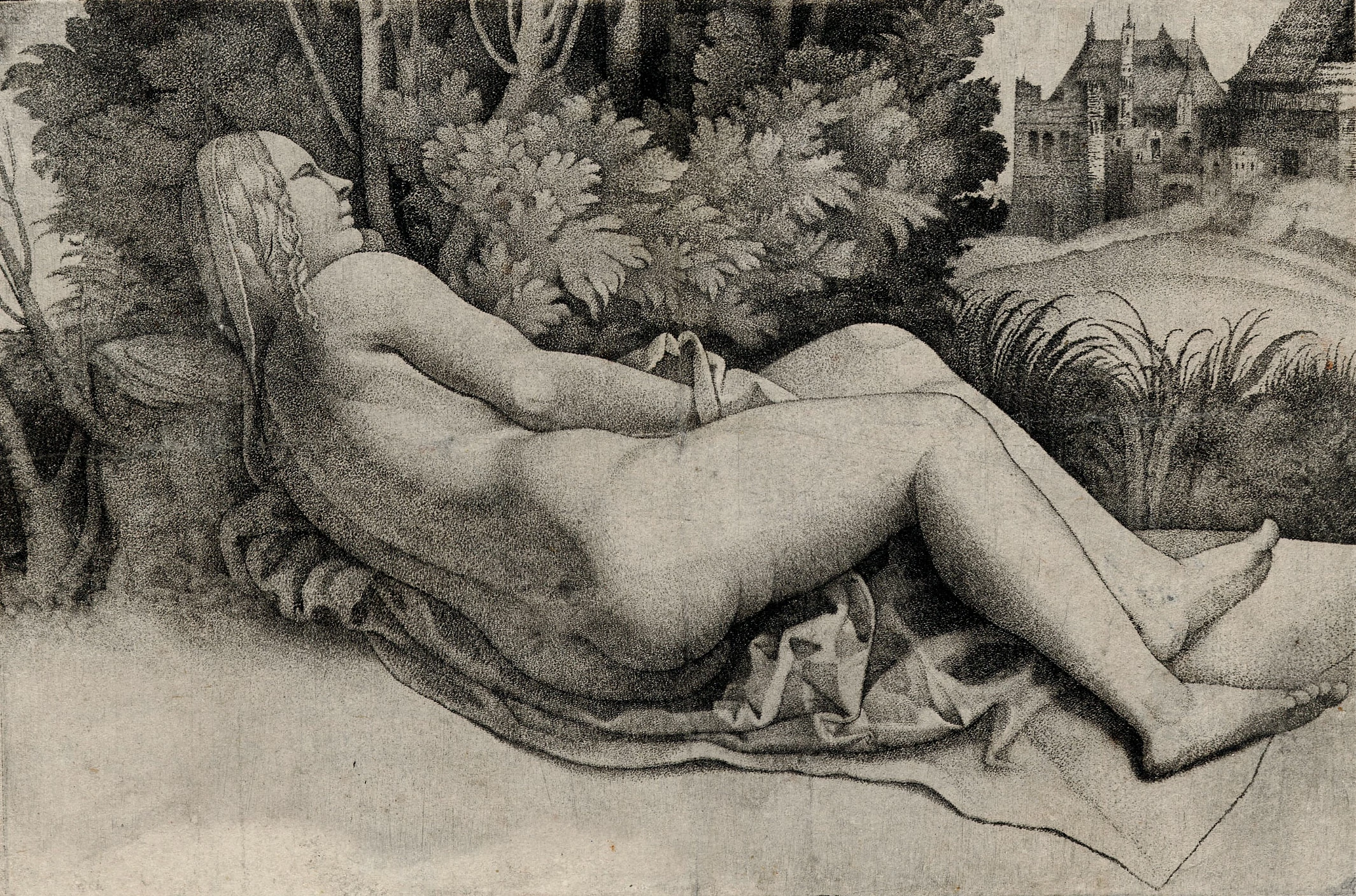
This guy invented stippling
1482 – 1515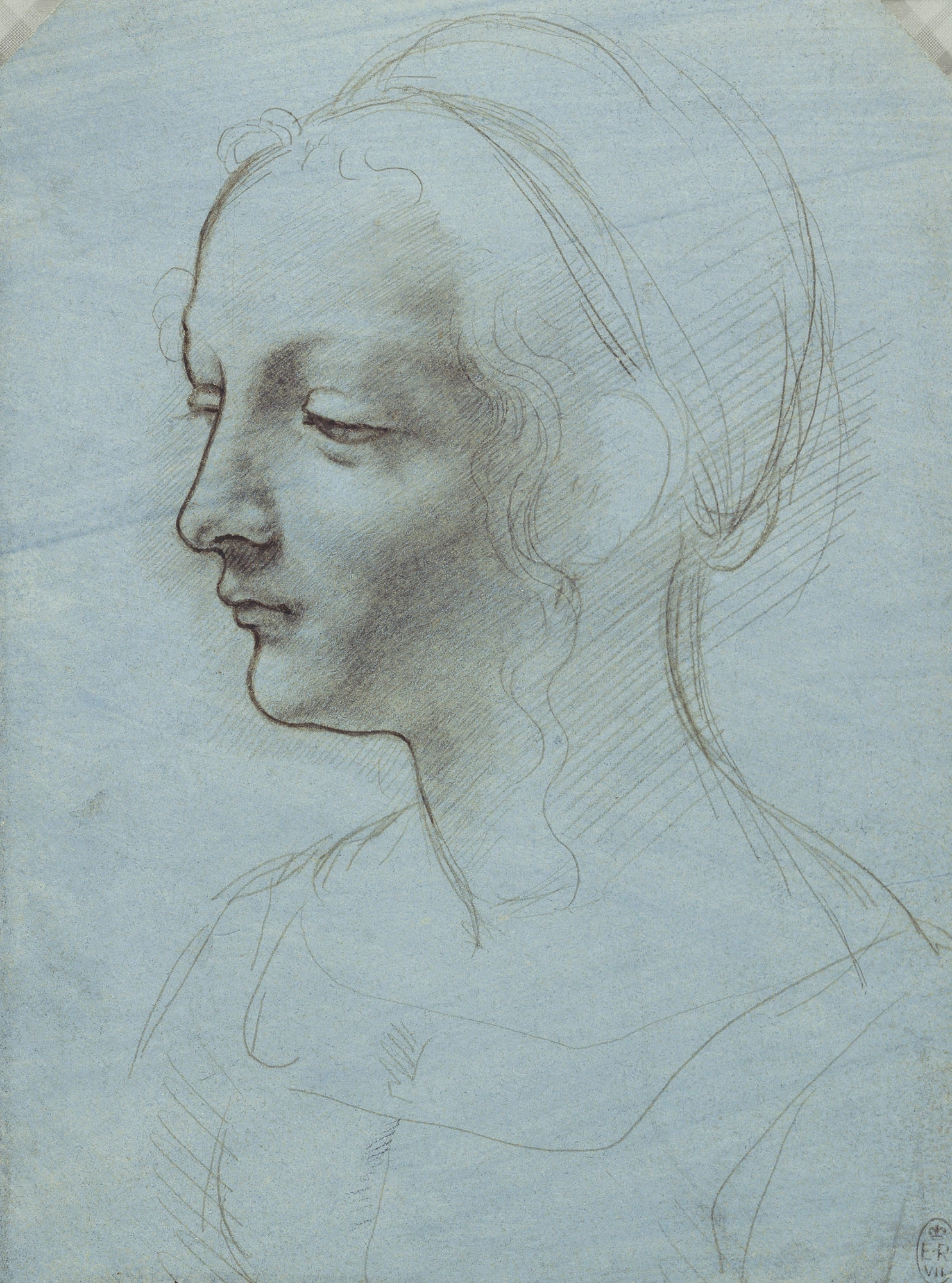
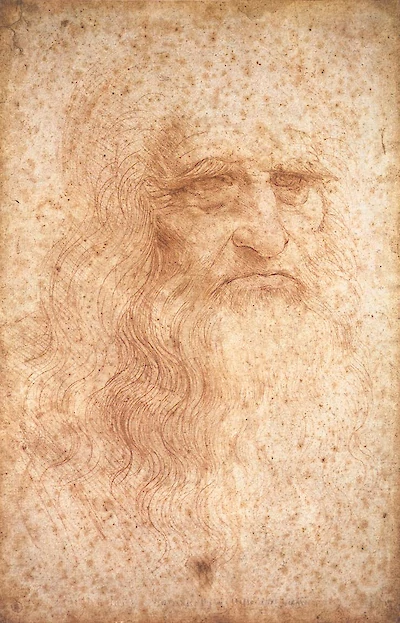
Did you know he was a vegetarian?
1452 – 1519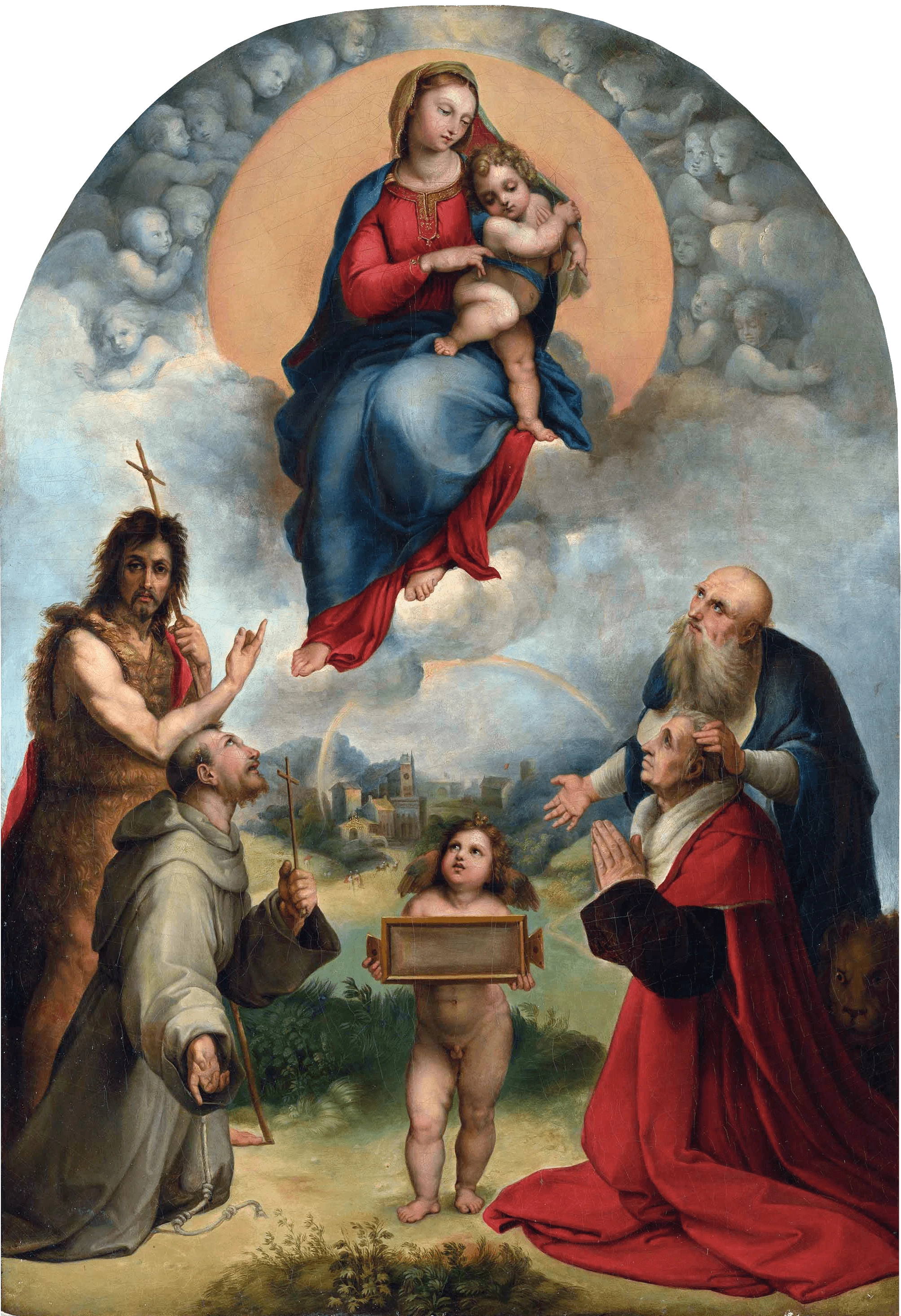
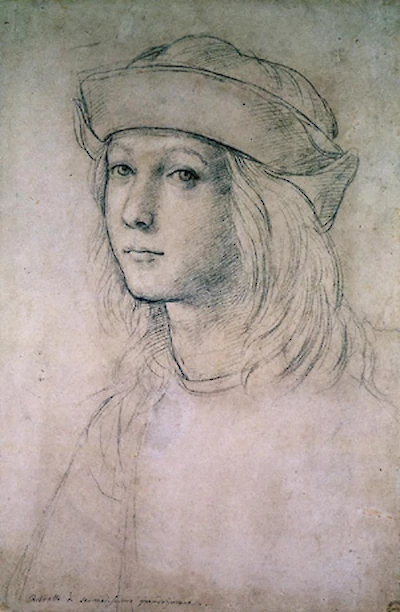
Star boy parties himself to death
1483 – 1520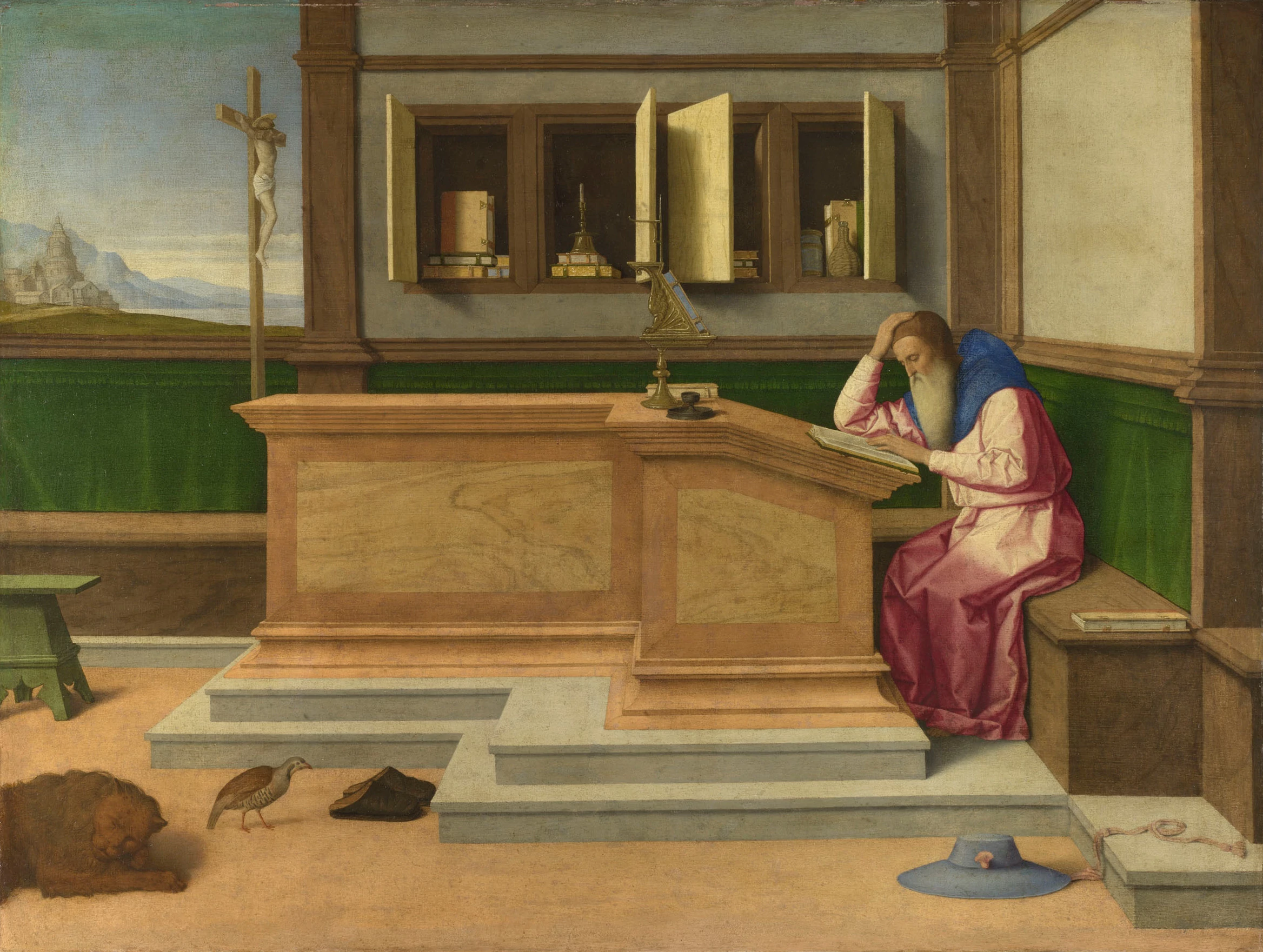
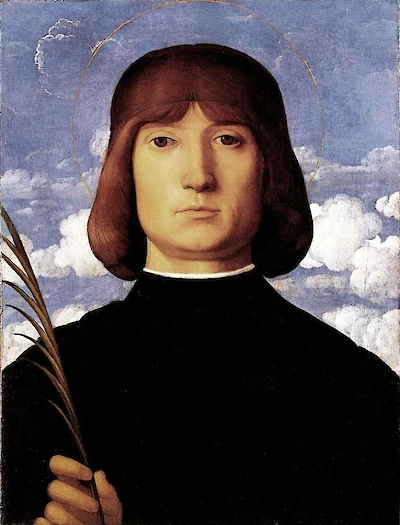
A rich boy makes friends and paints for fun
1480 – 1531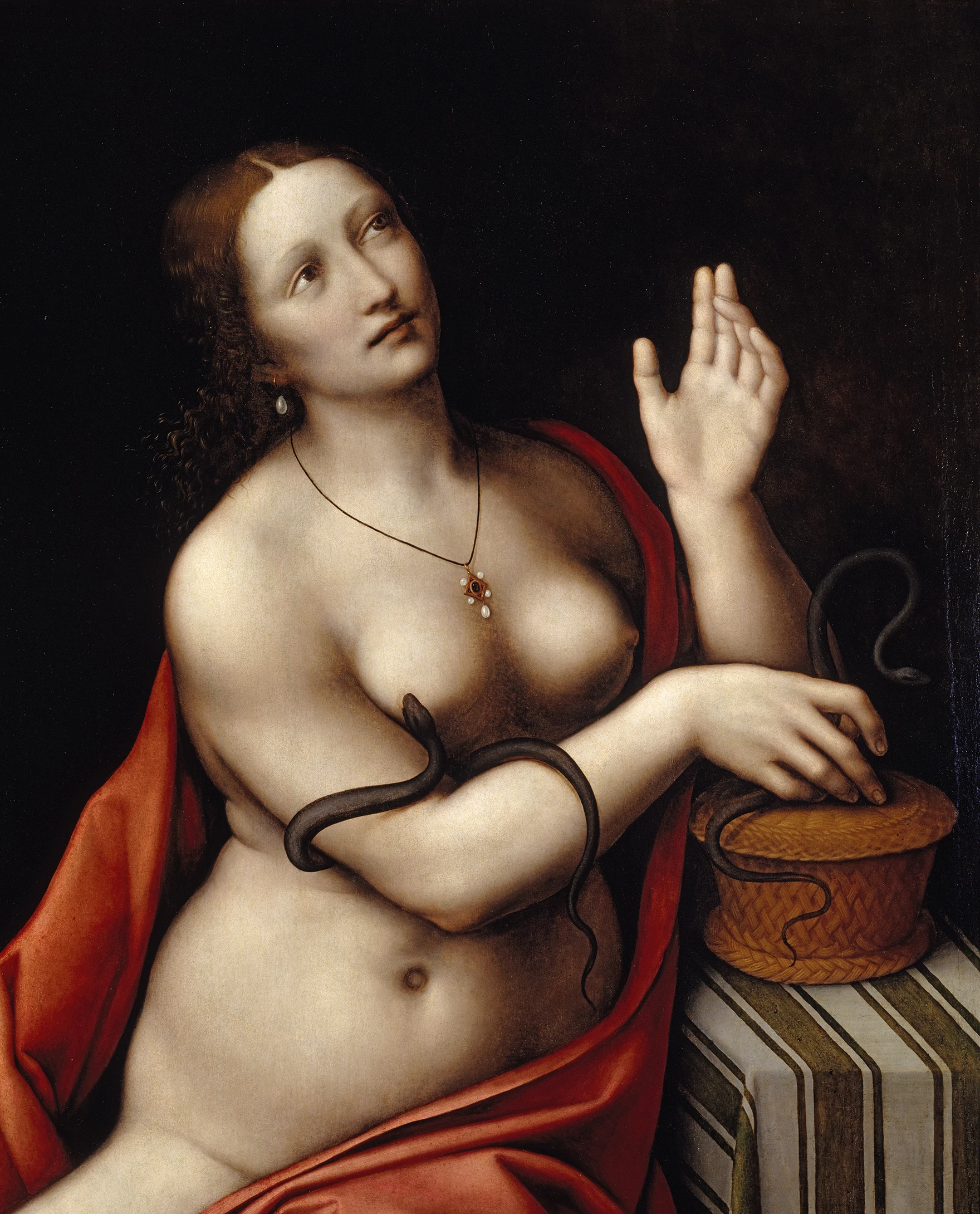
Copying Leonardo da Vinci for fun and profit.
1495 – 1549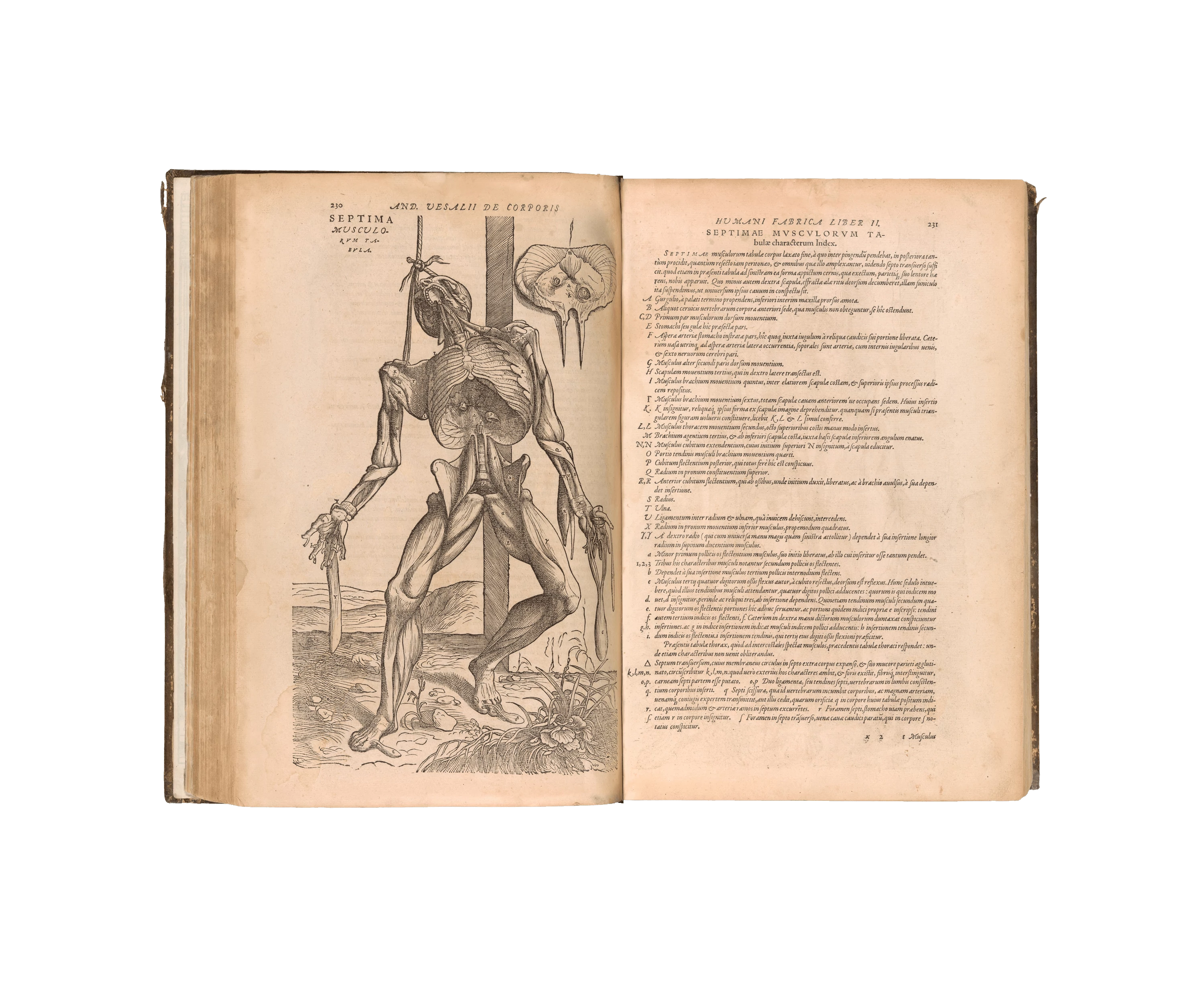
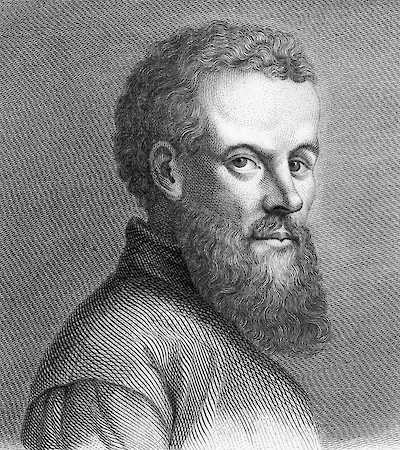
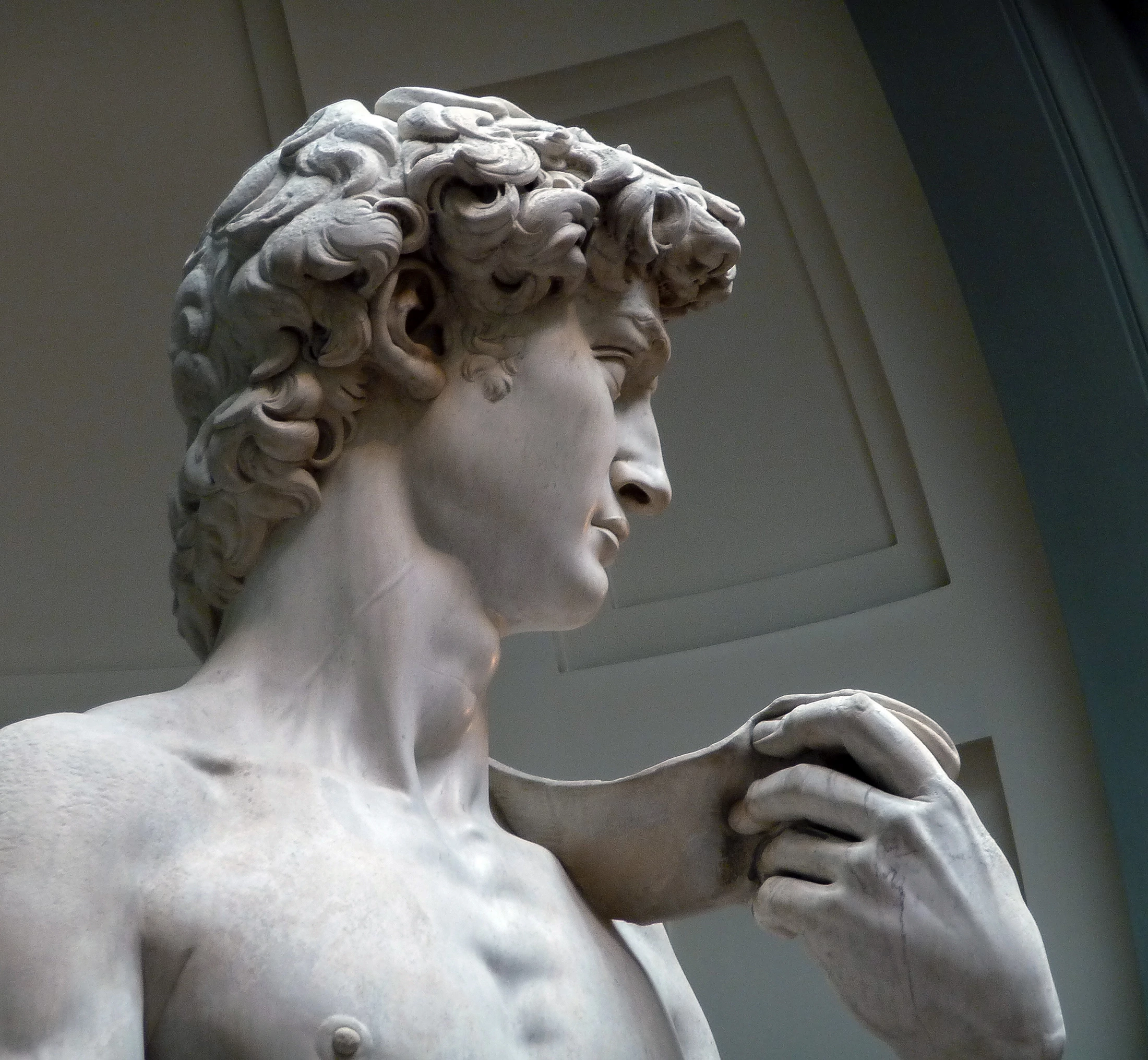
Time to flex
1475 – 1564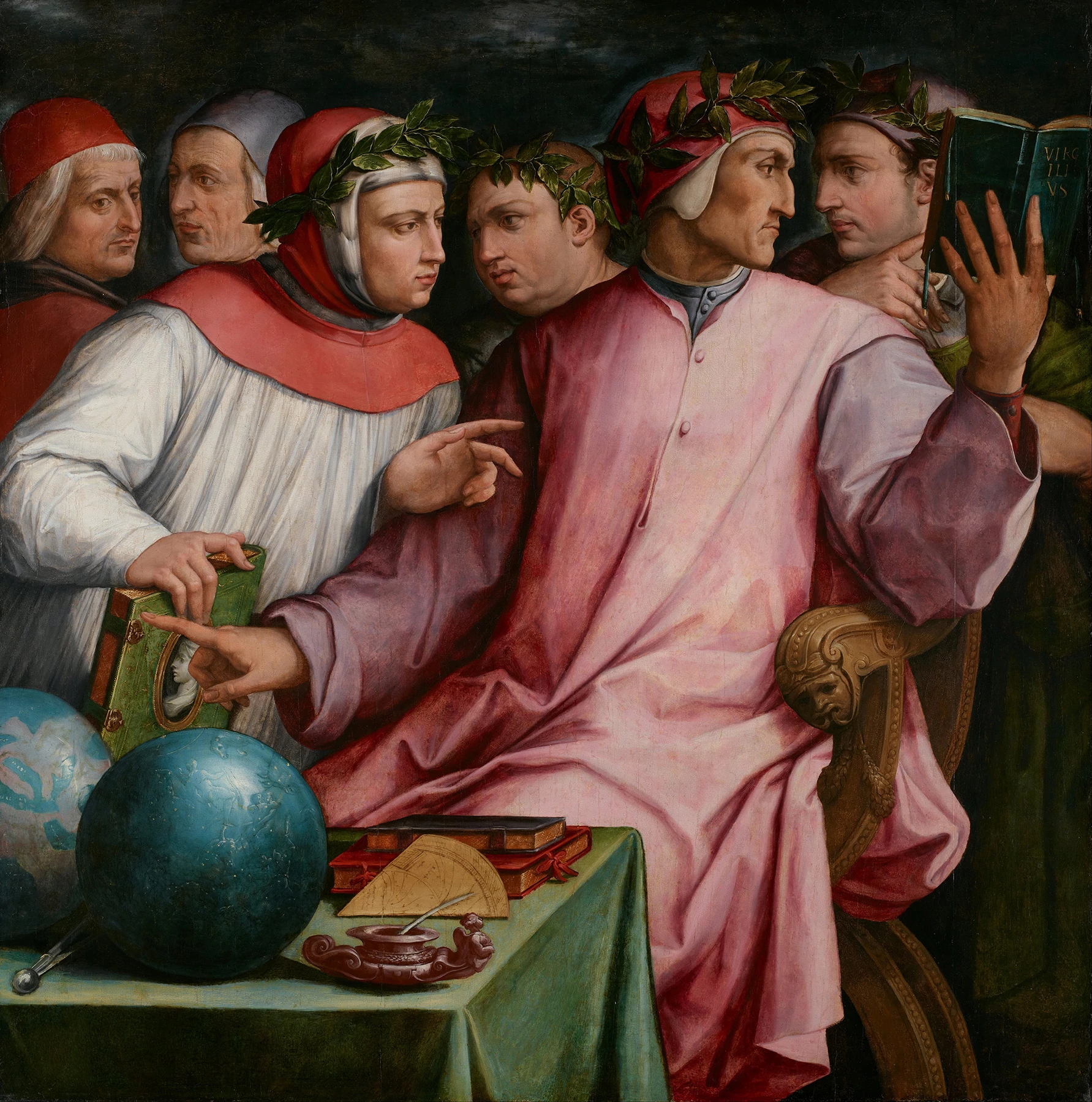
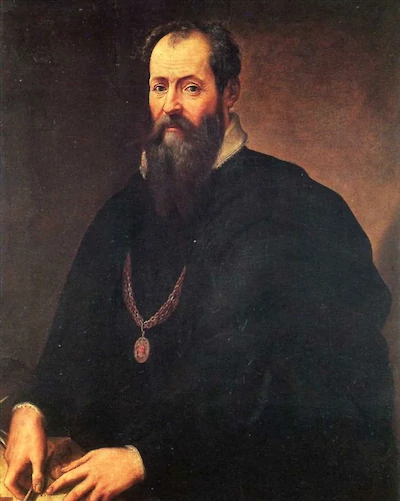
The first art historian
1511 – 1574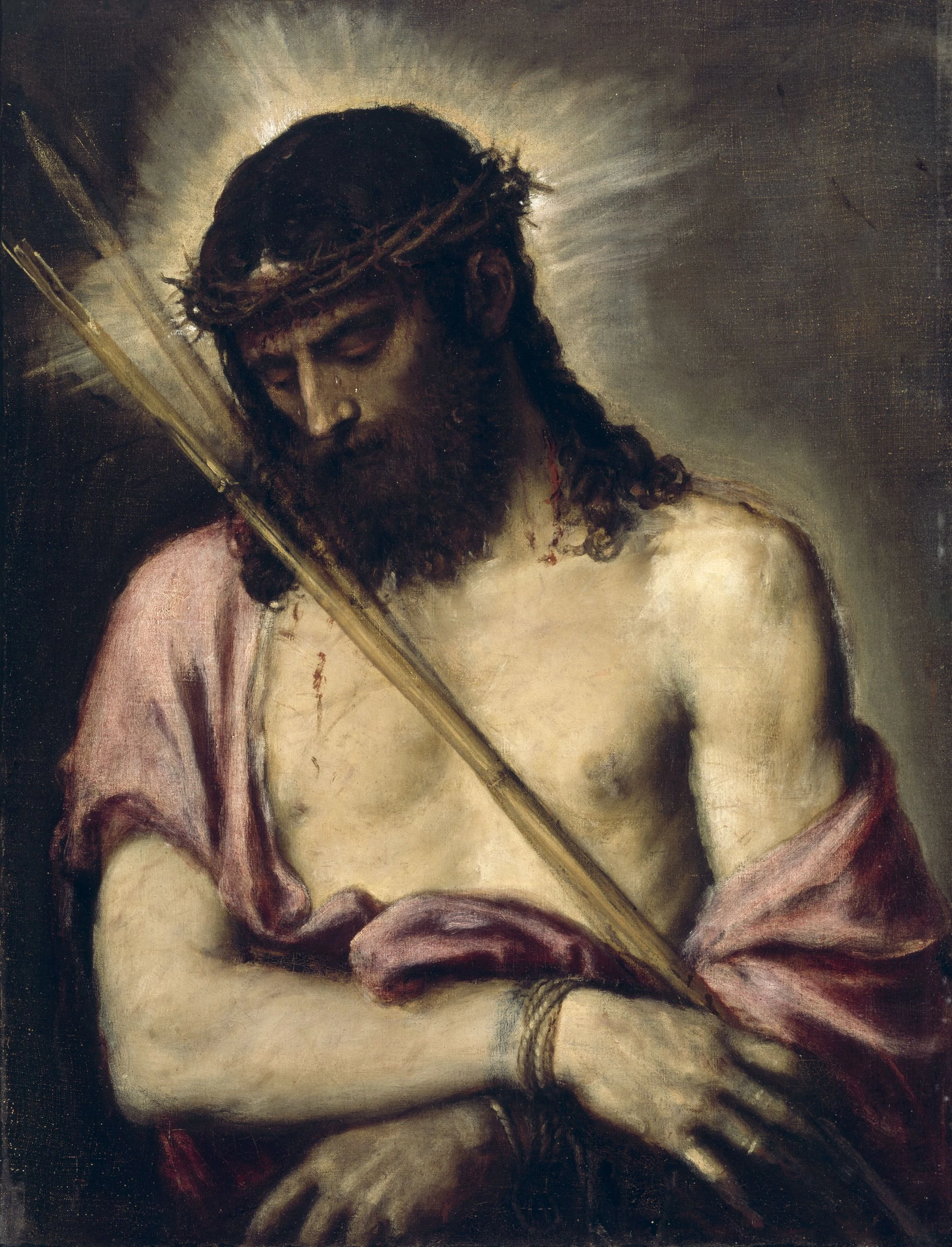
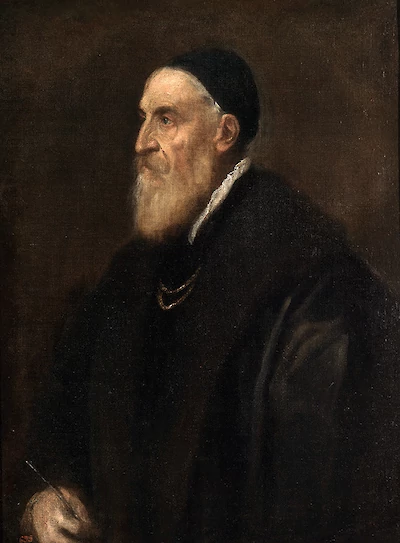
"The Sun amidst small stars"
1488 – 1576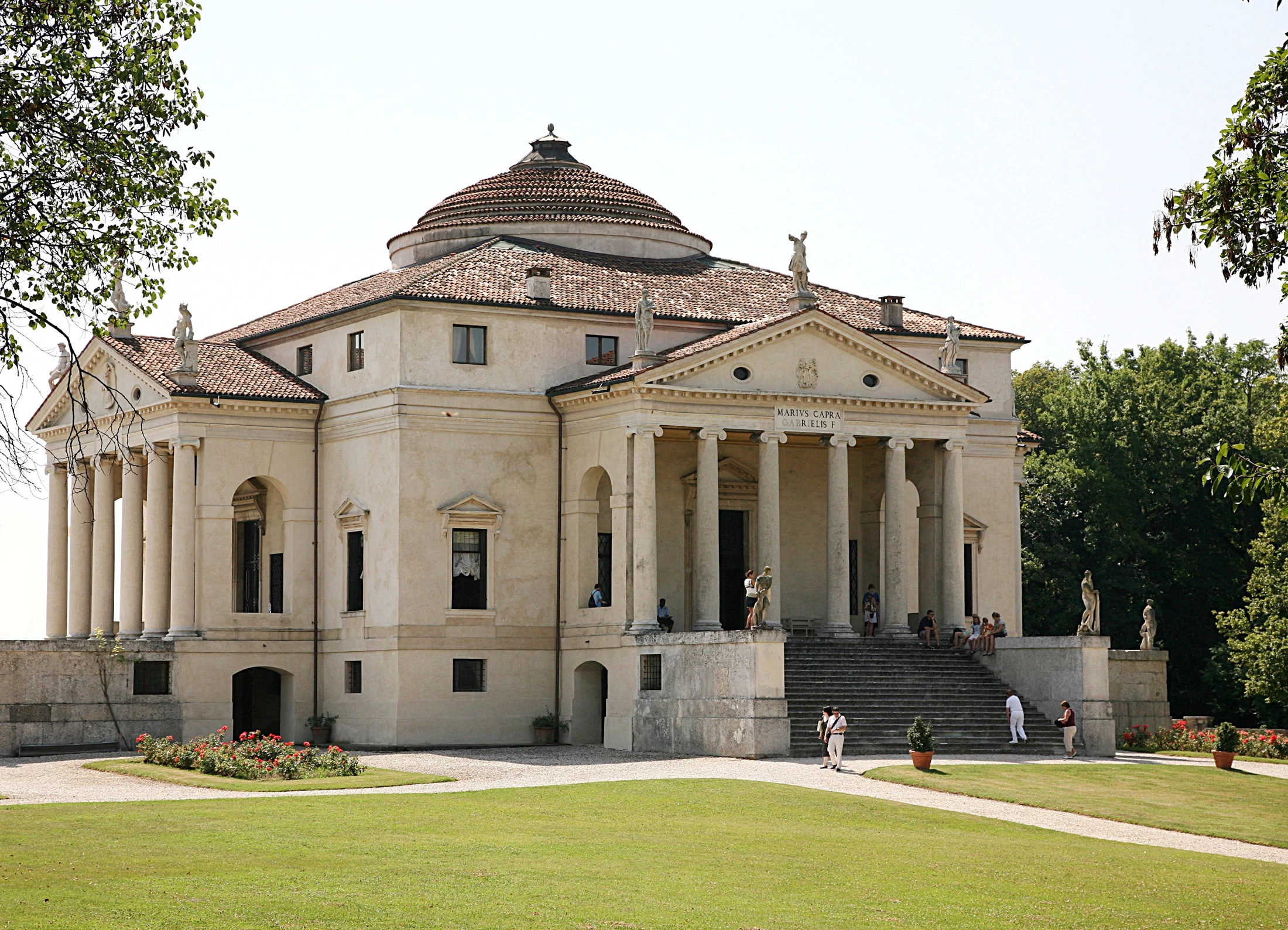
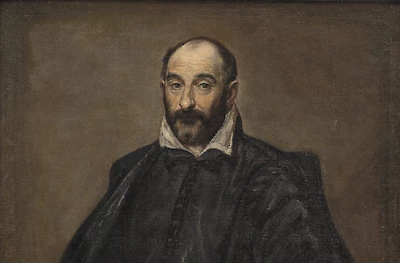
Inventor of Curb Appeal, Master of the Facade
1508 – 1580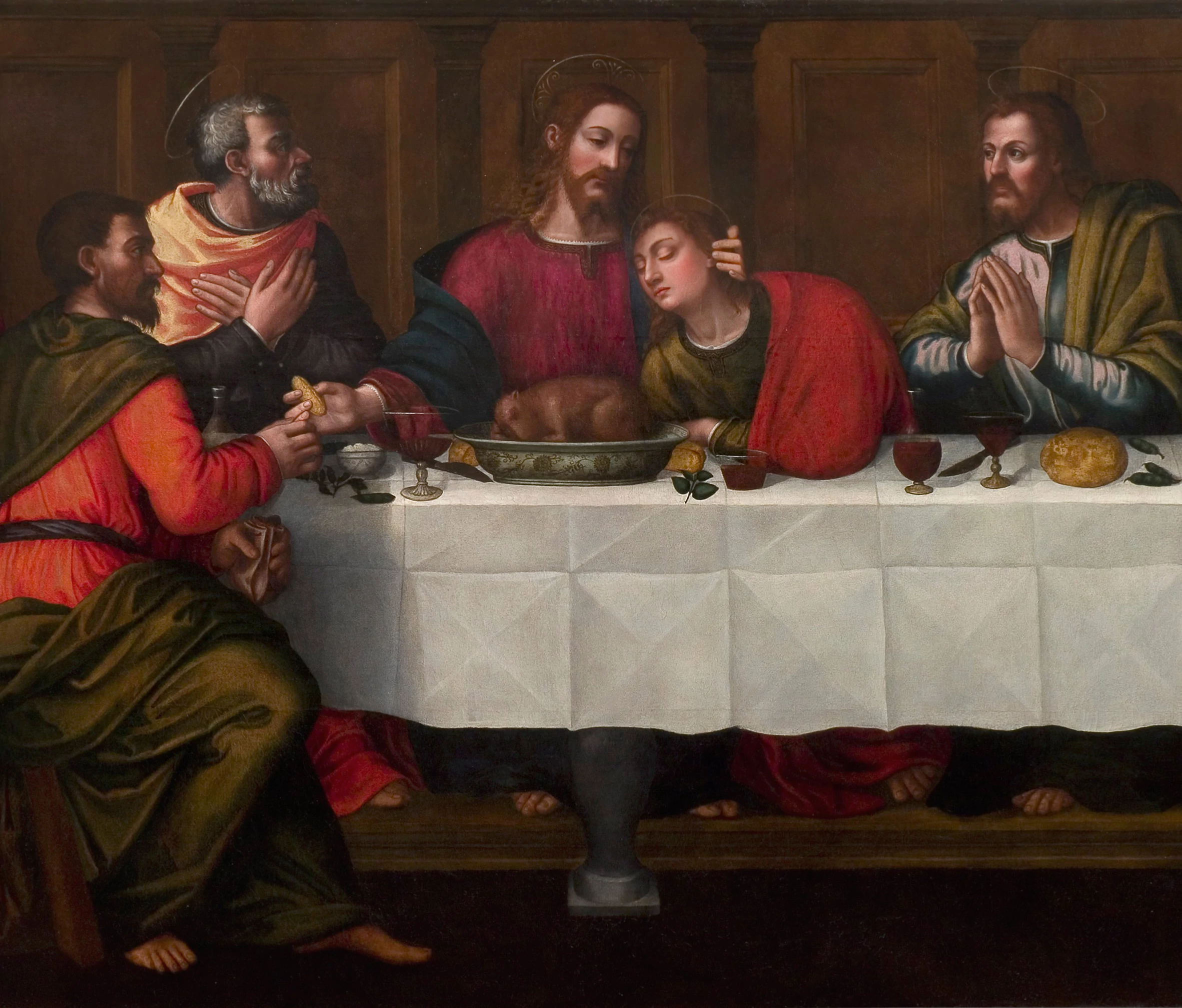
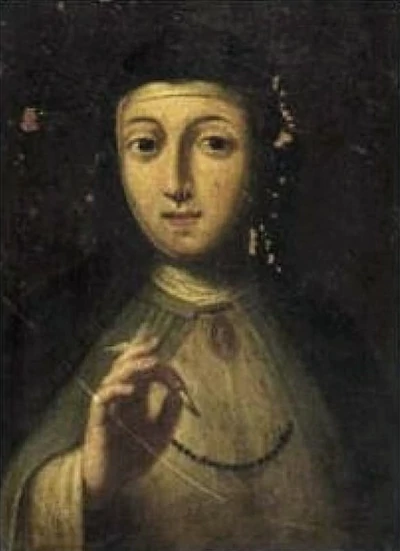
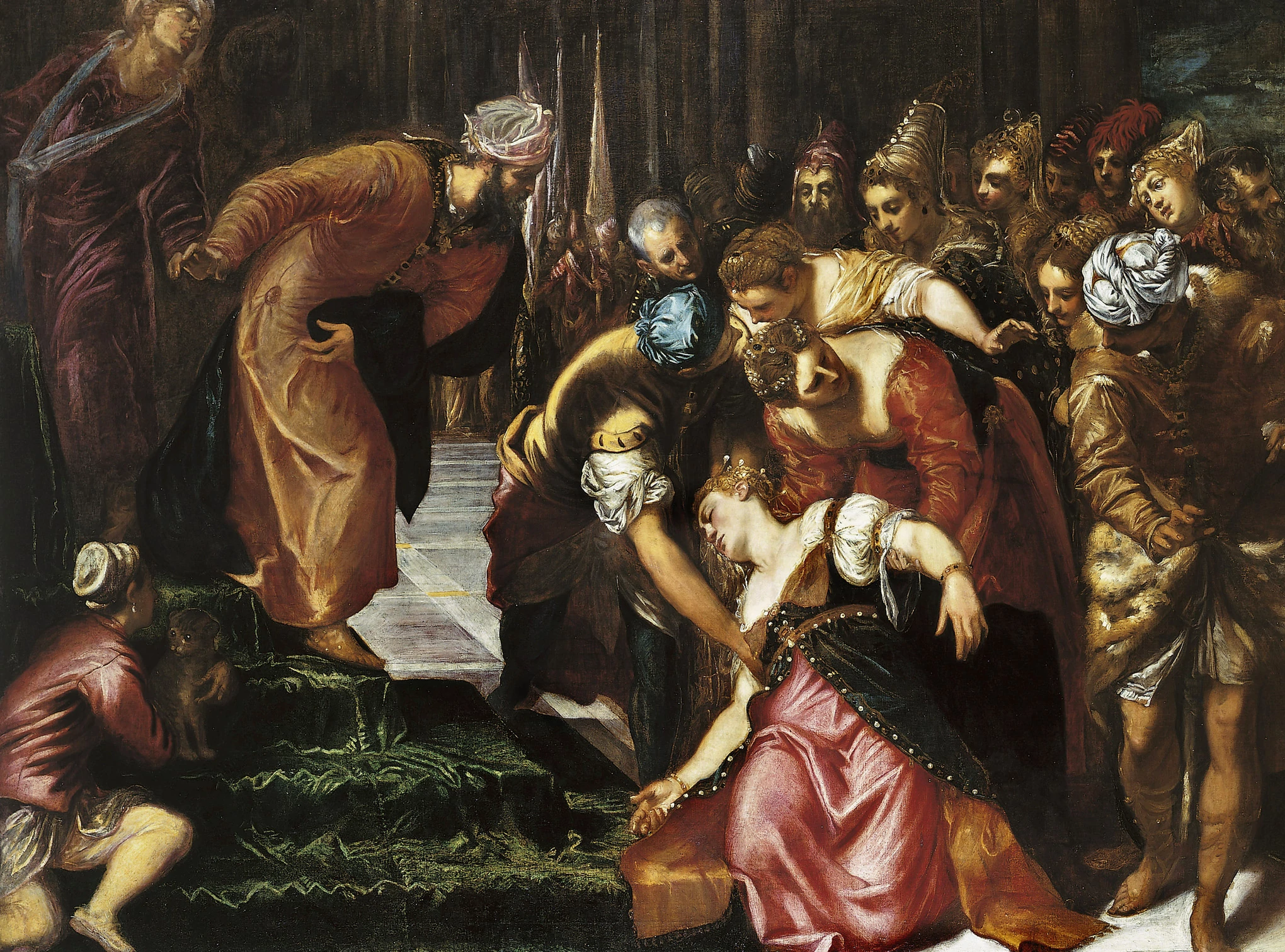
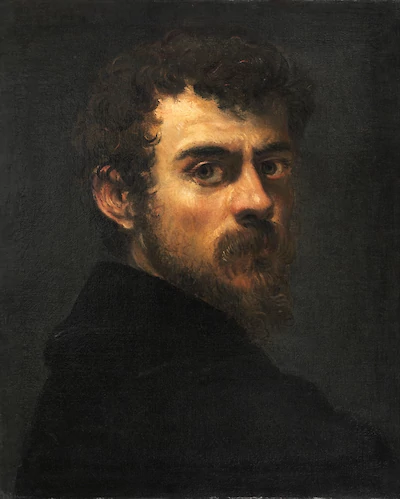
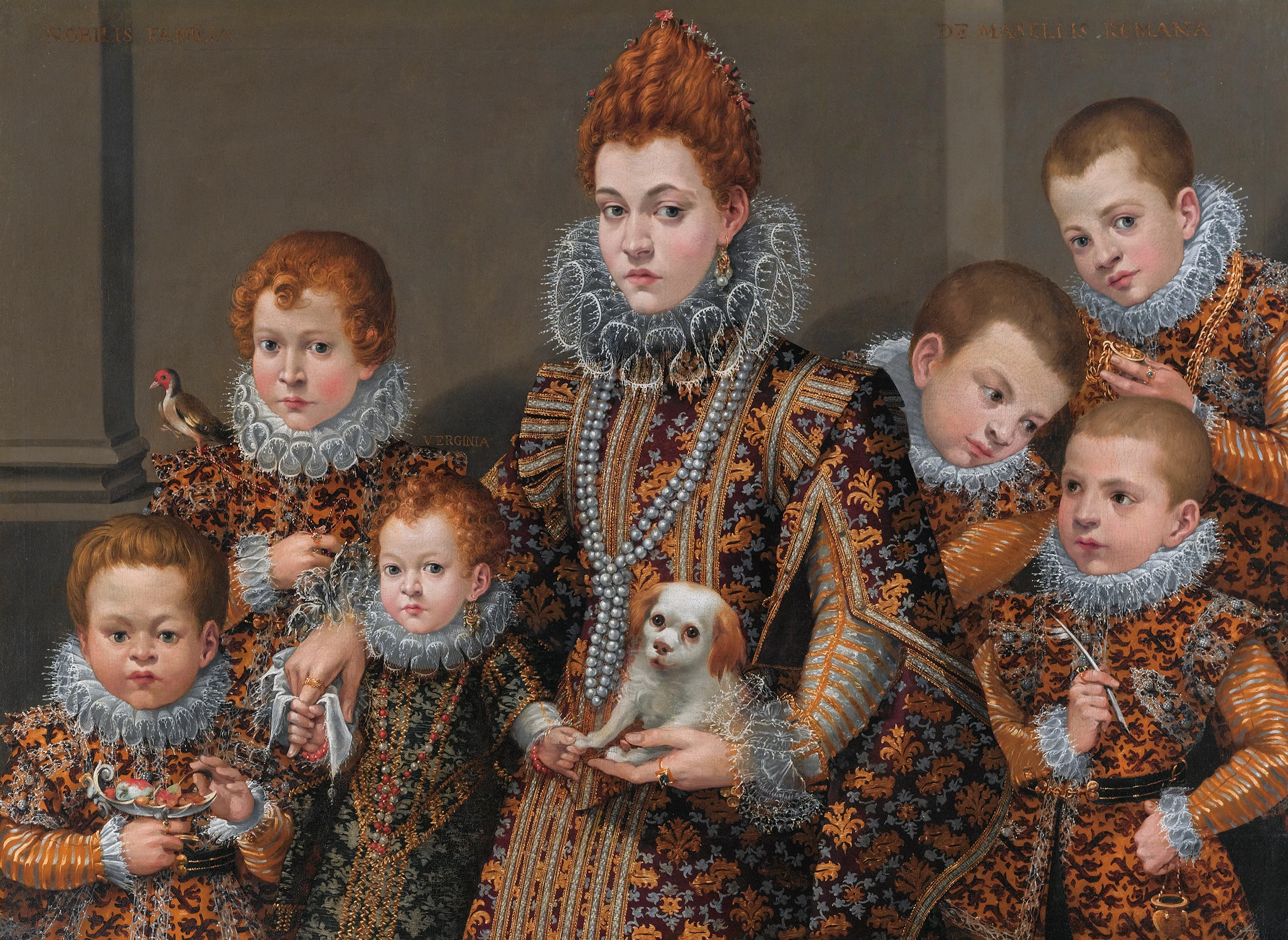
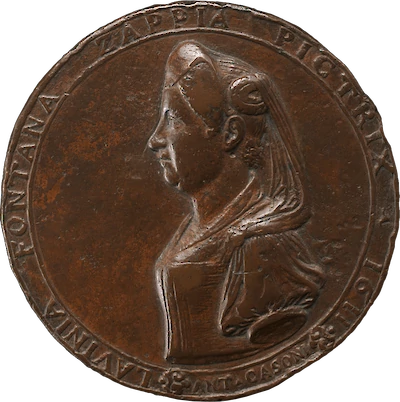
Matriarch of the family business
1552 – 1614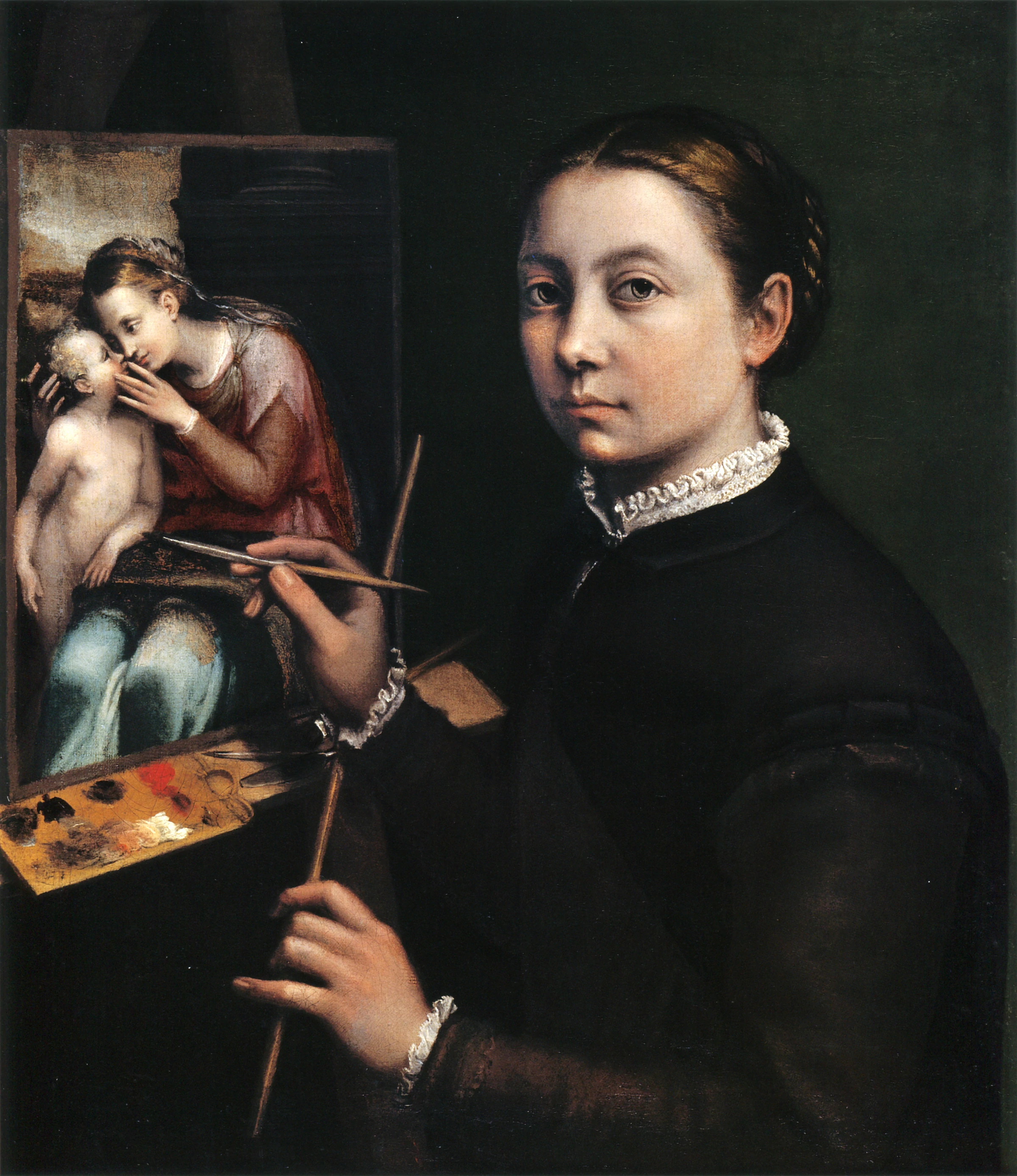
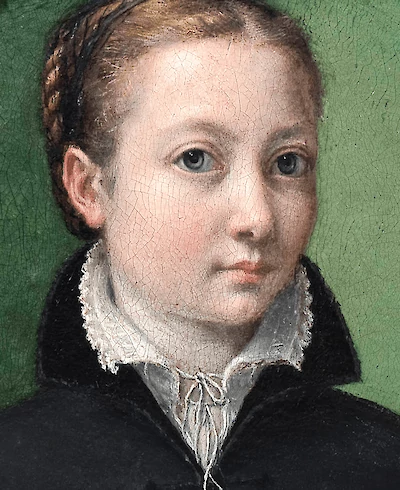
Intimate portraitist and confidant to the queen
1532 – 1625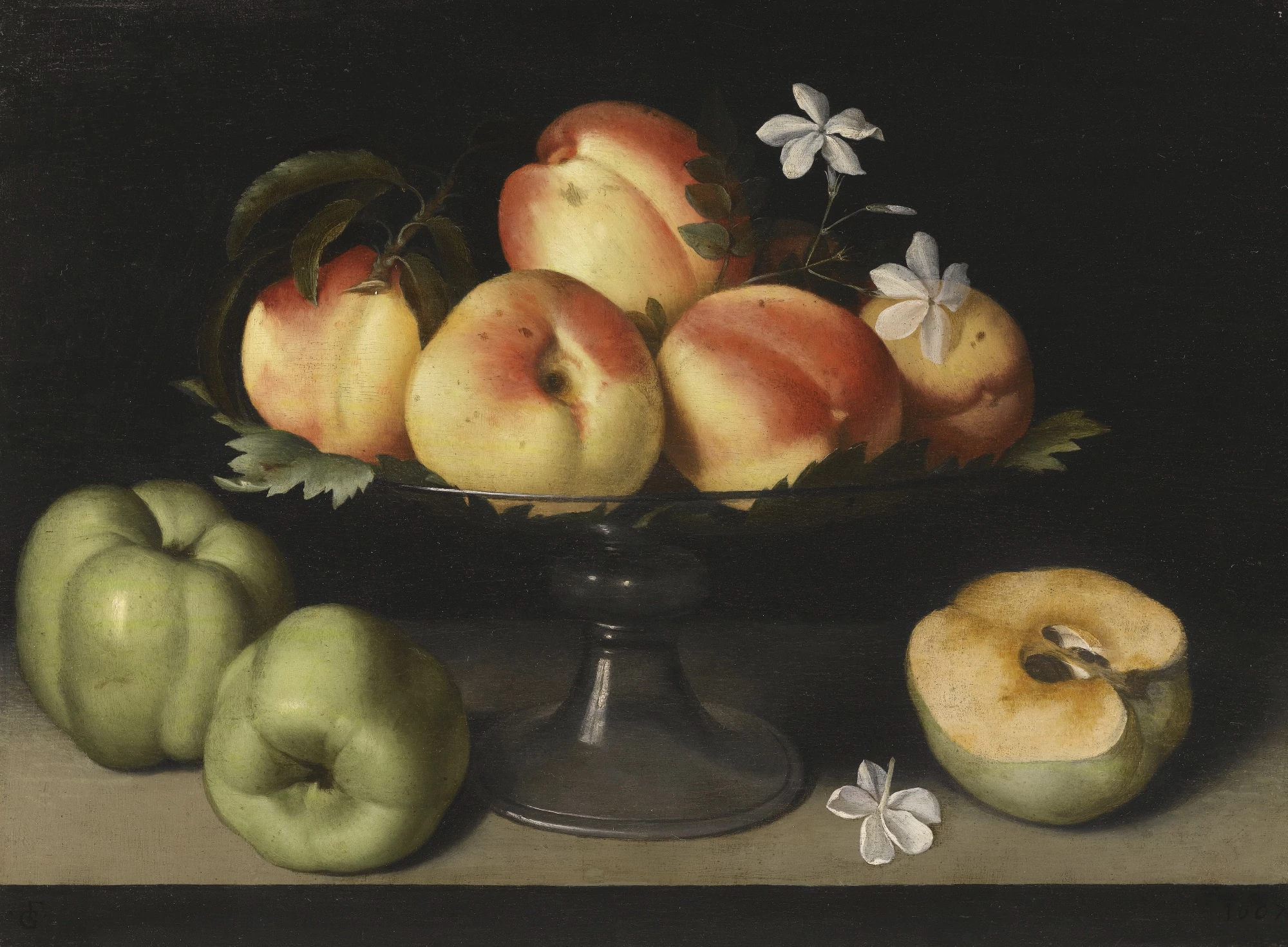
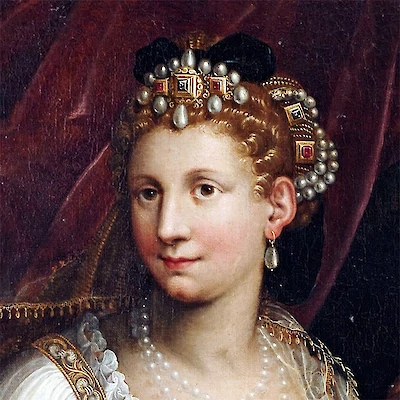
Bringing soul to still lifes
1578 – 1630